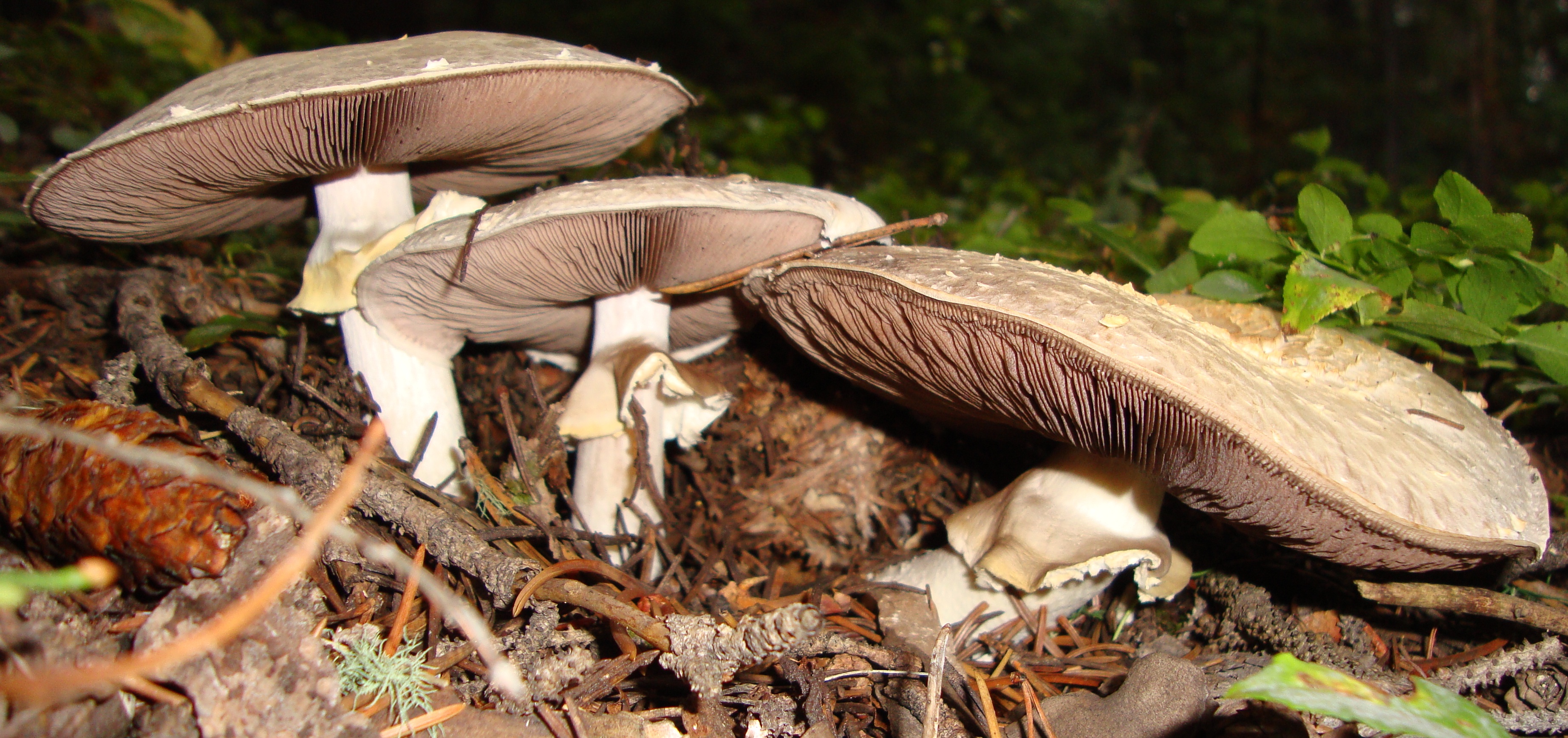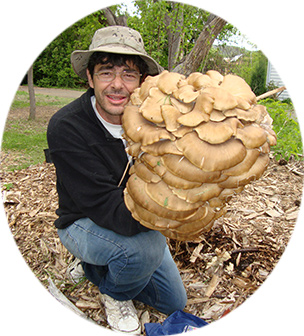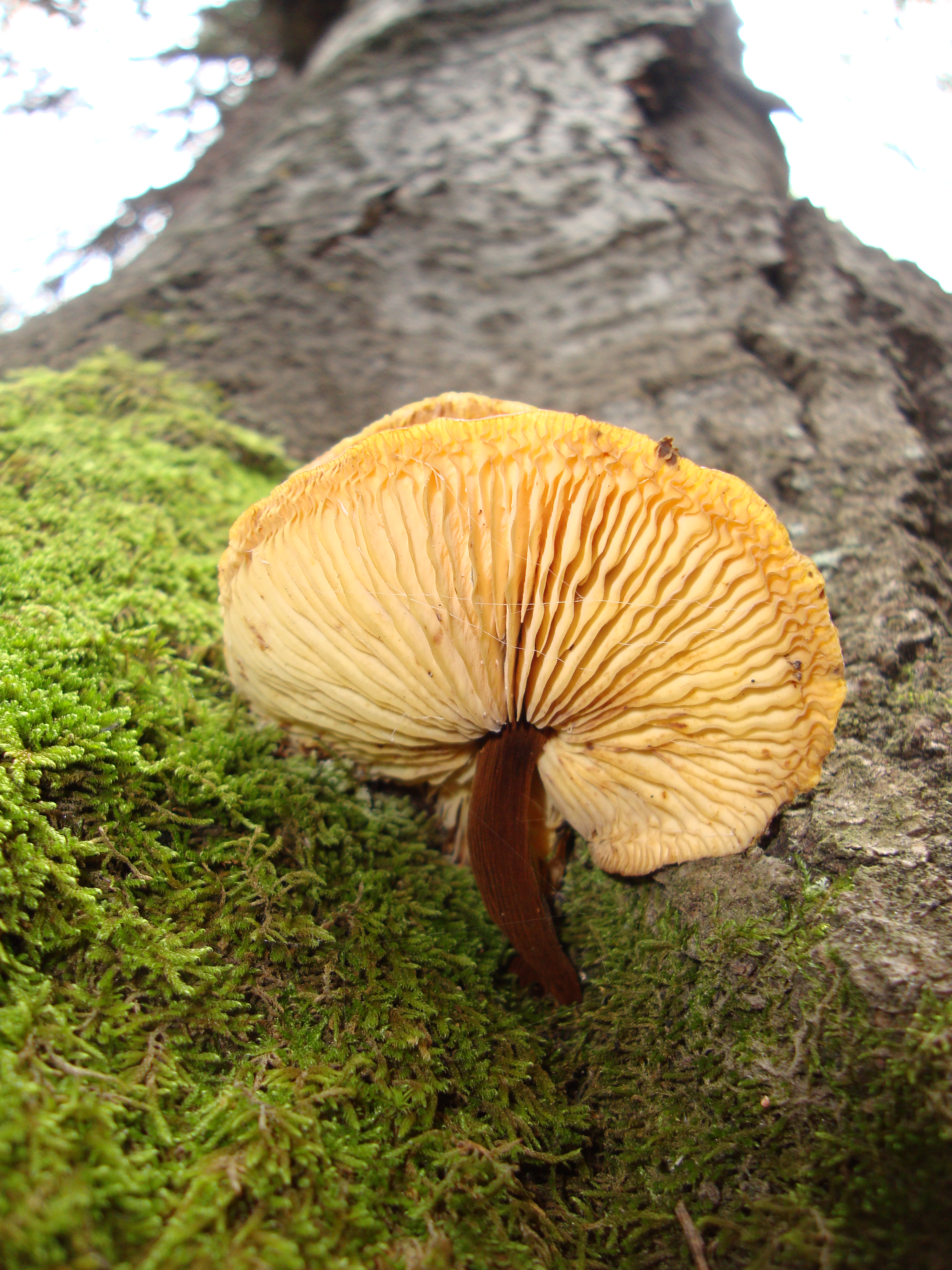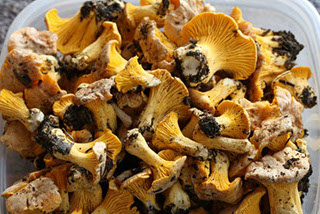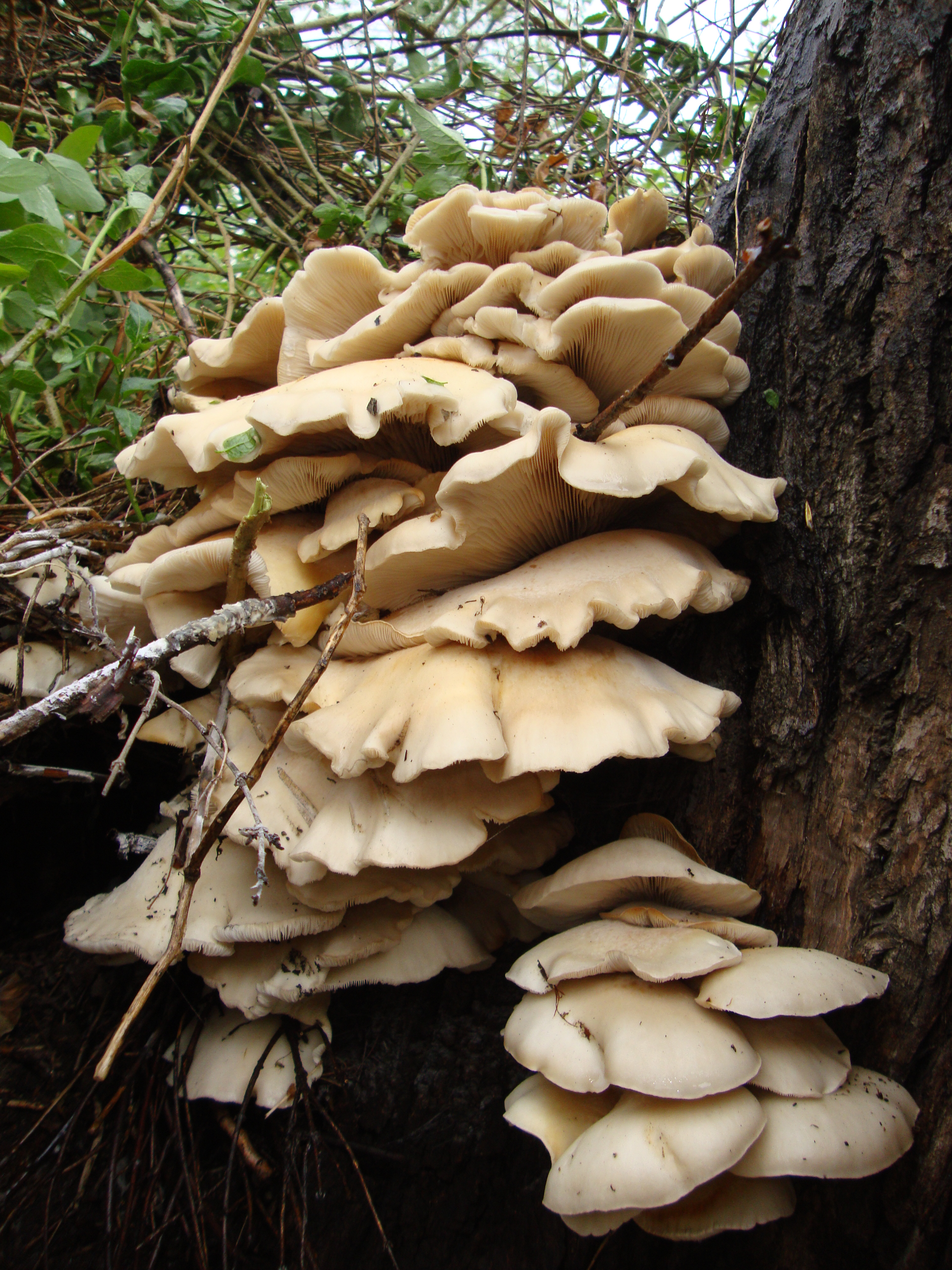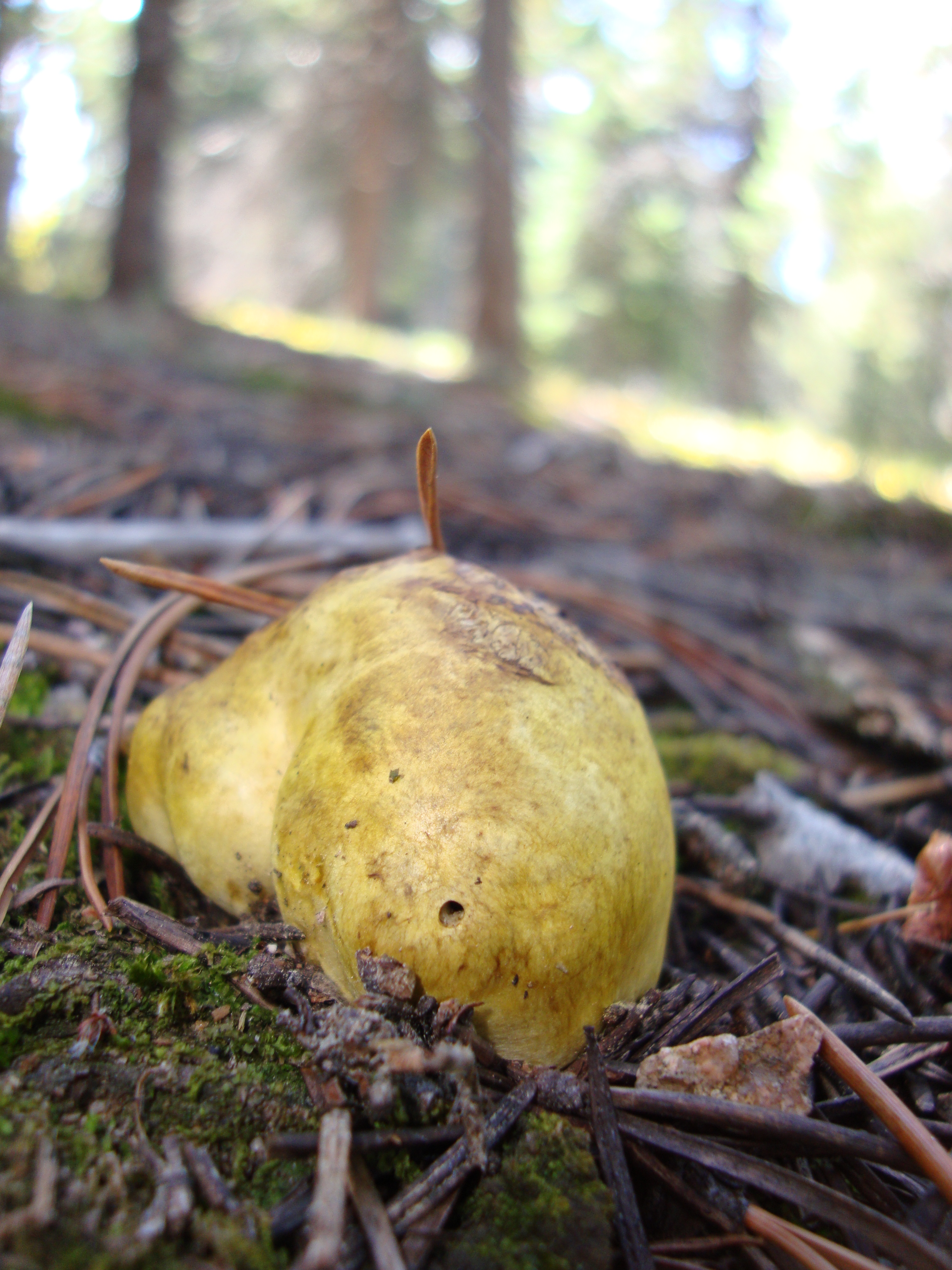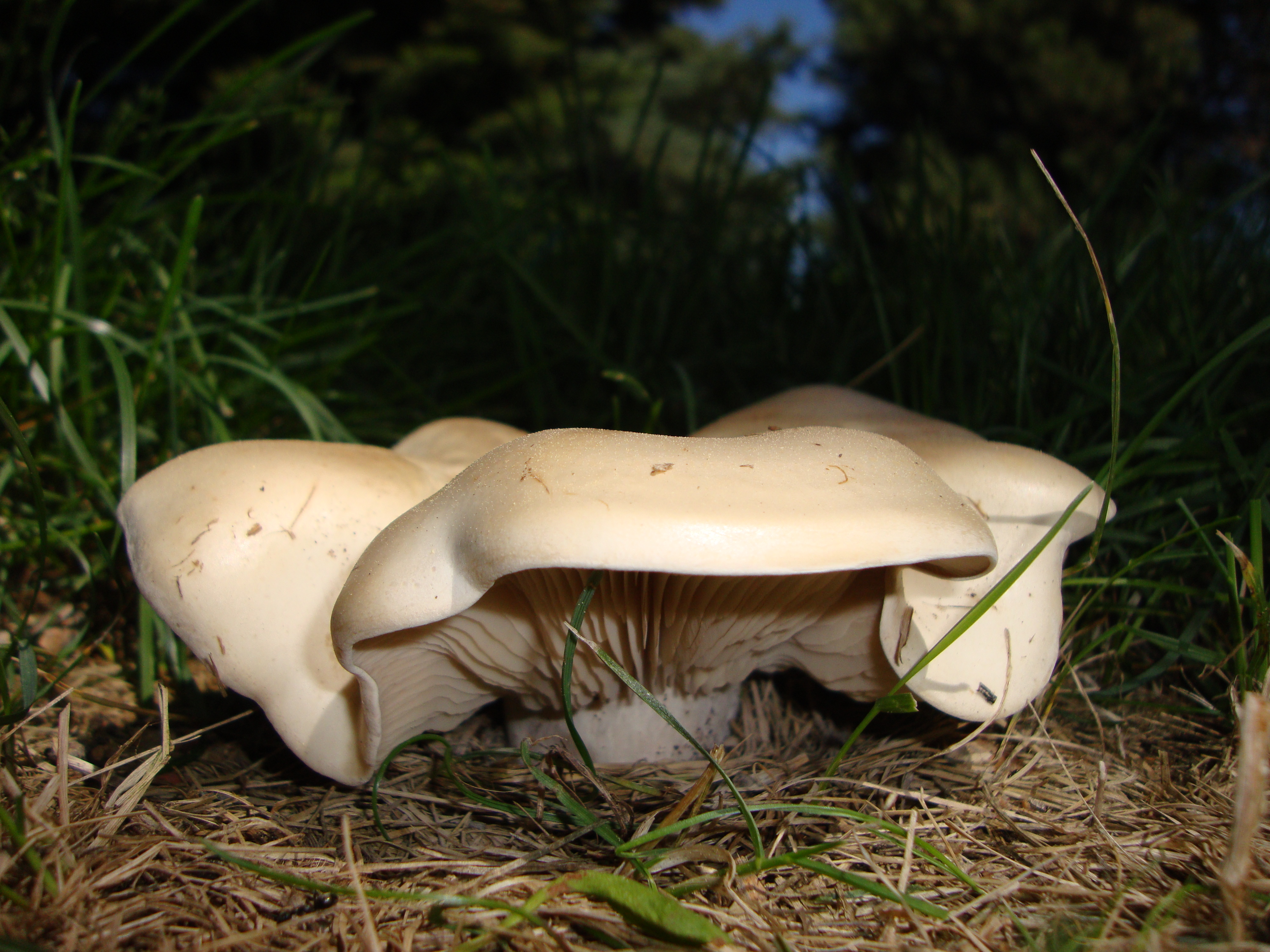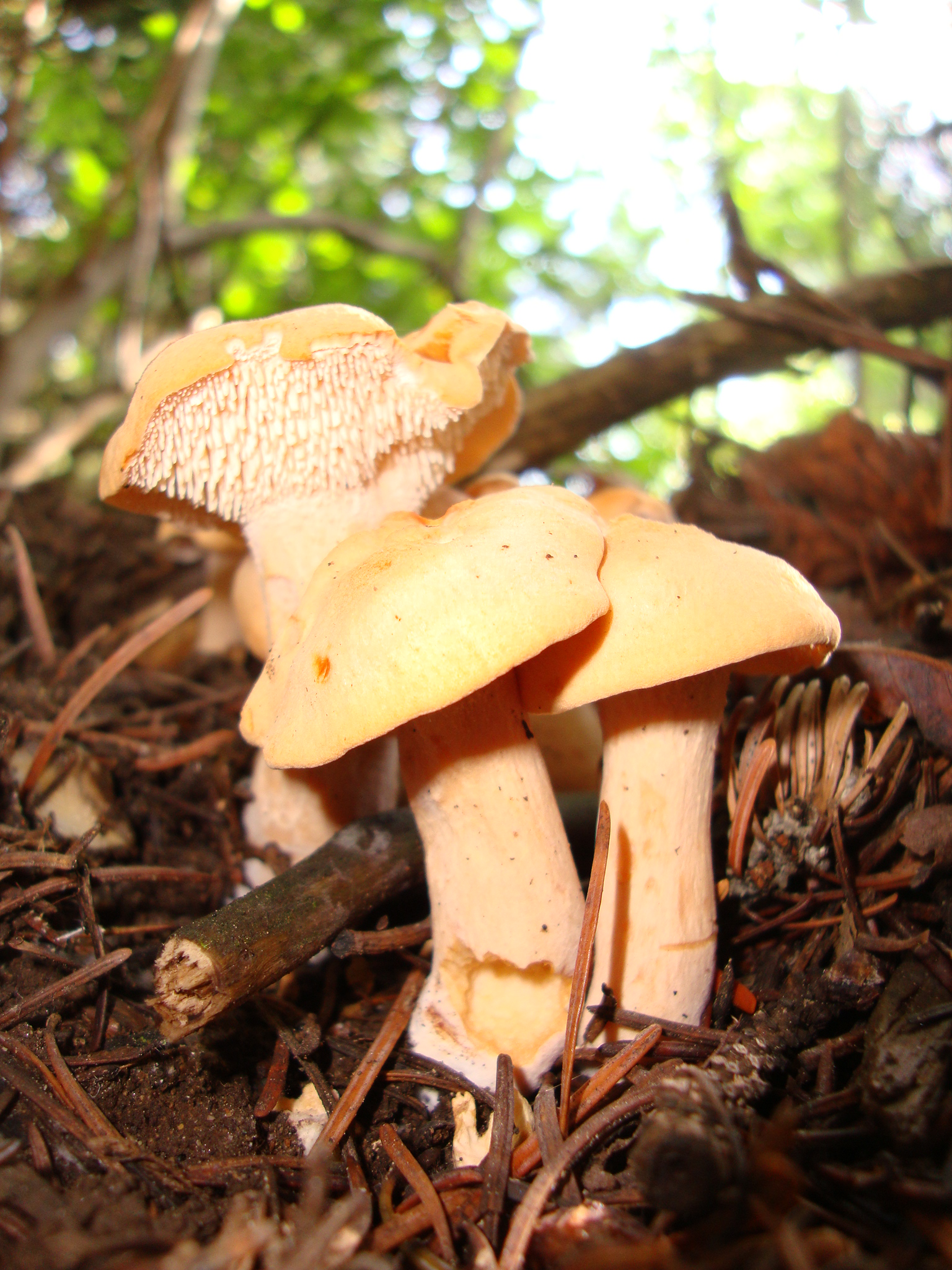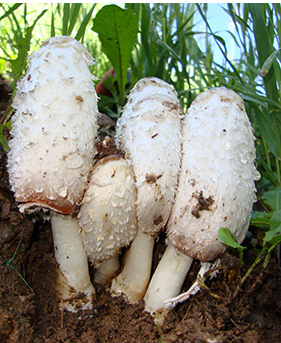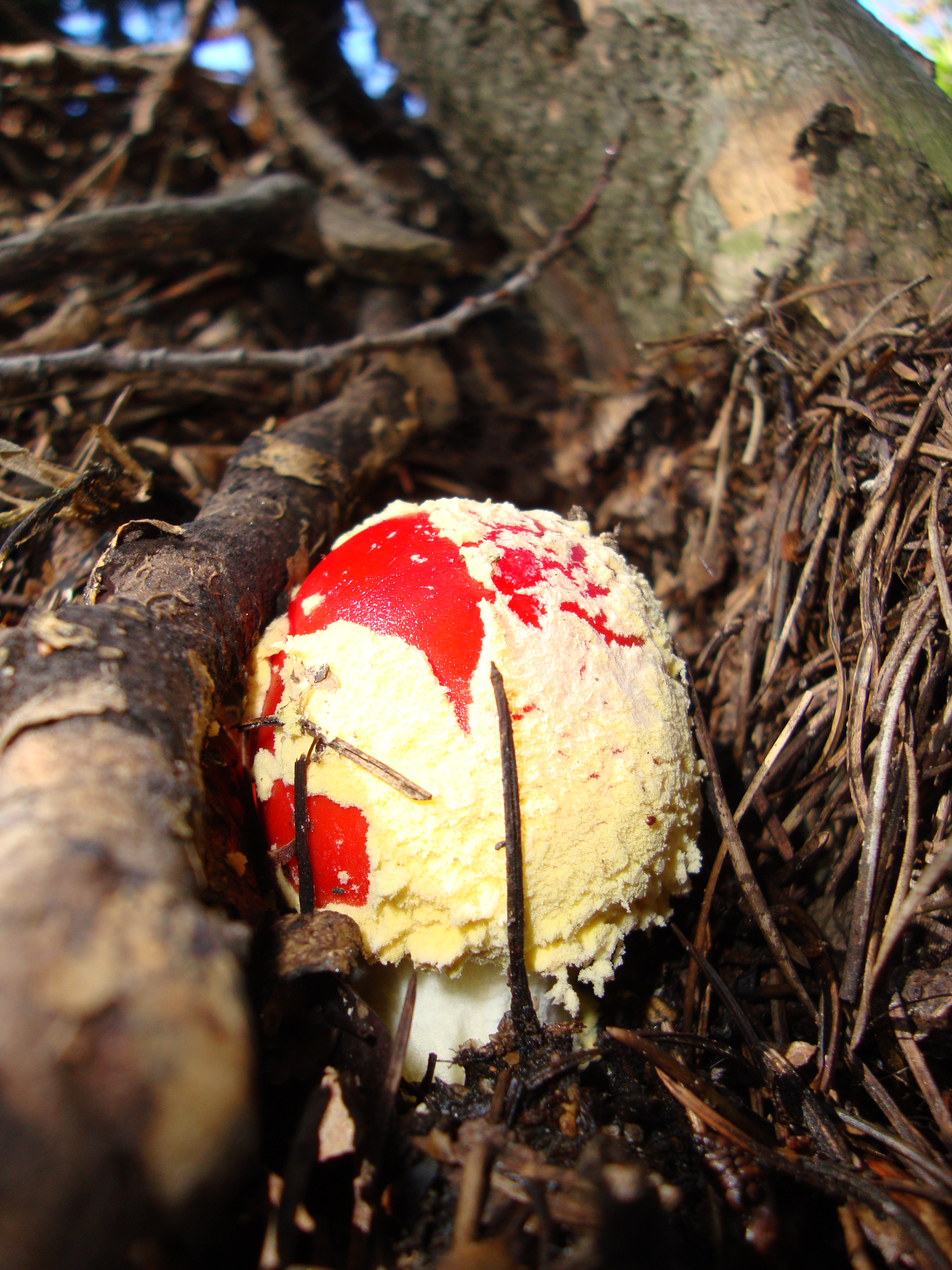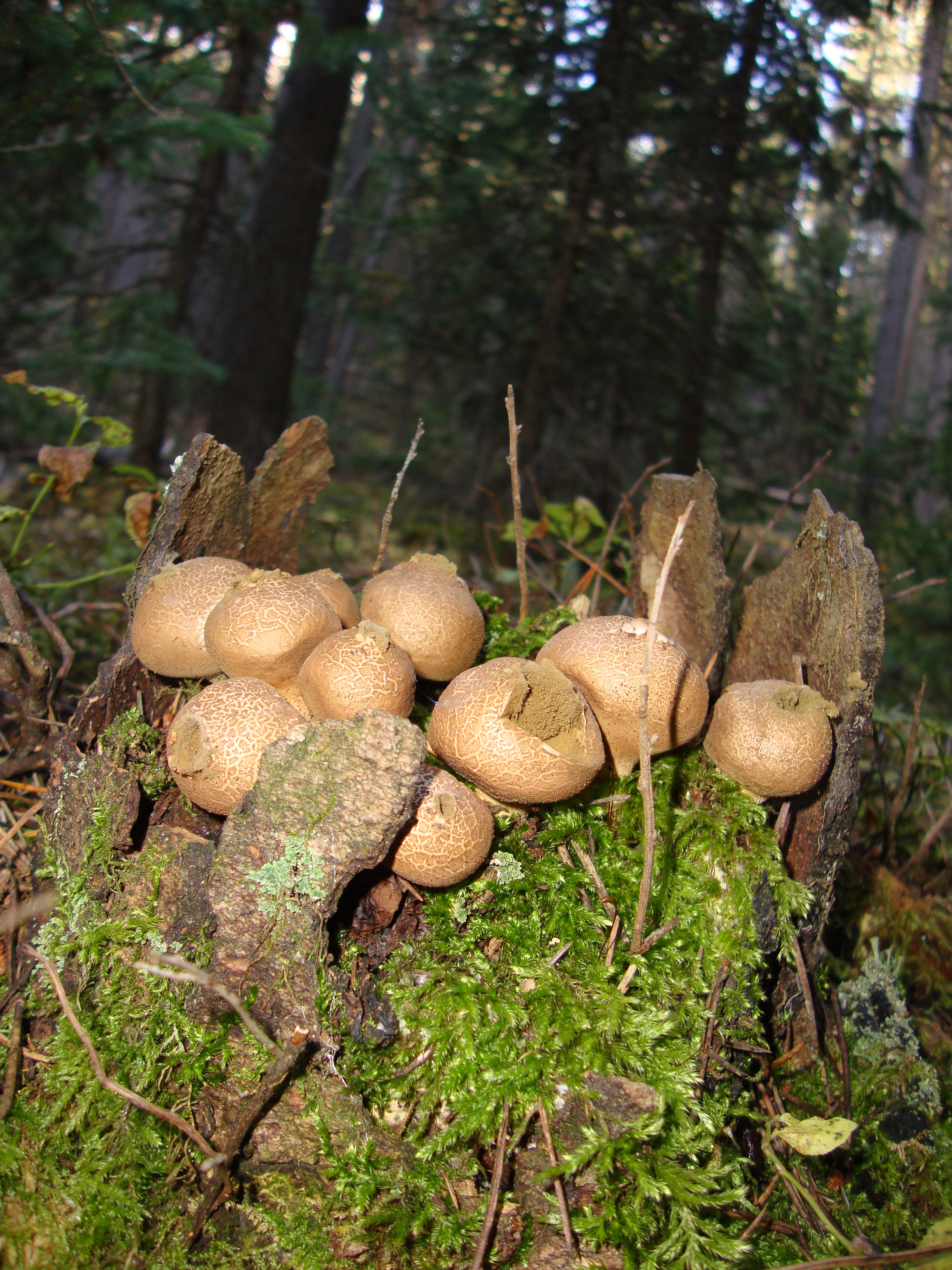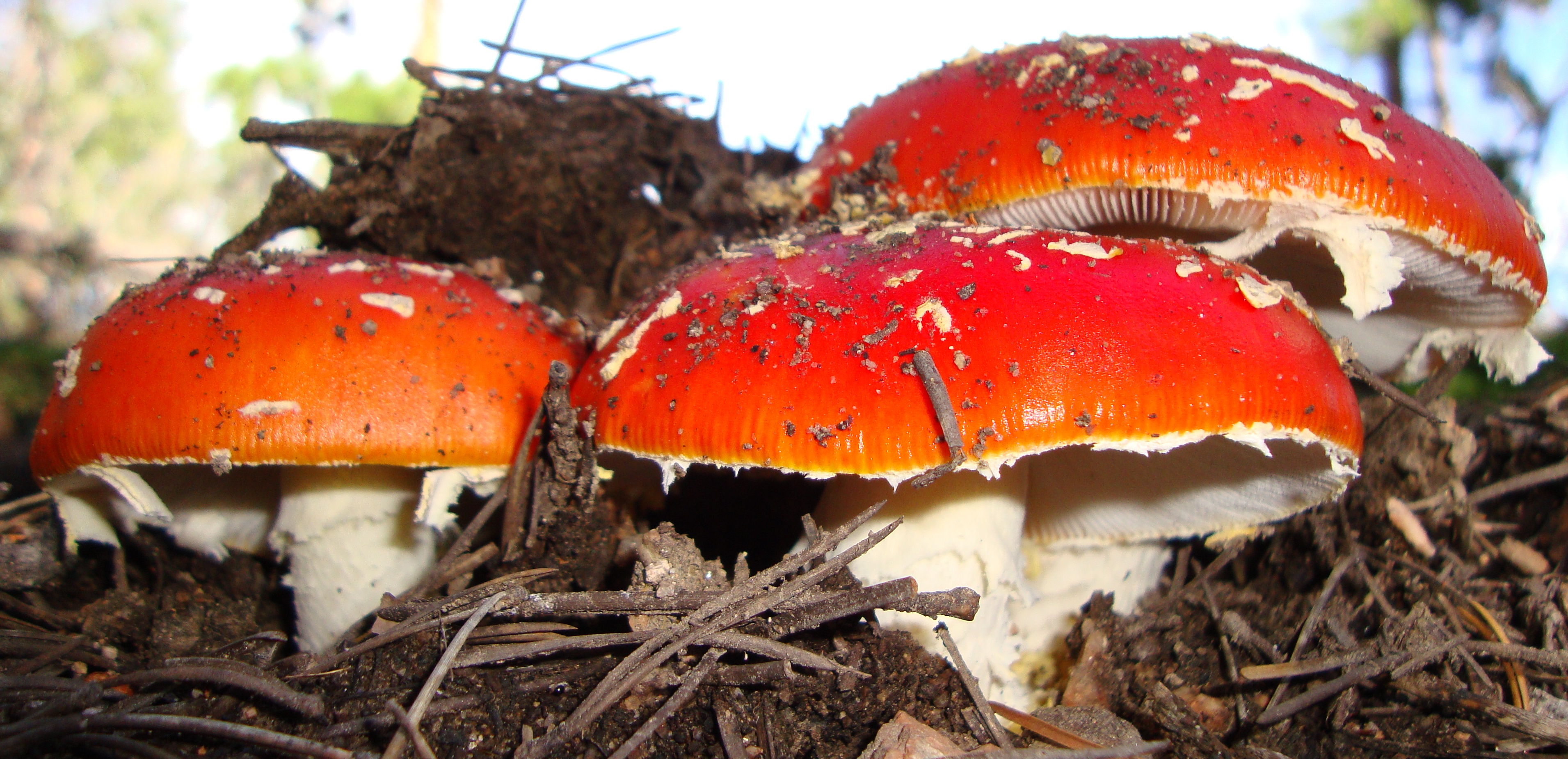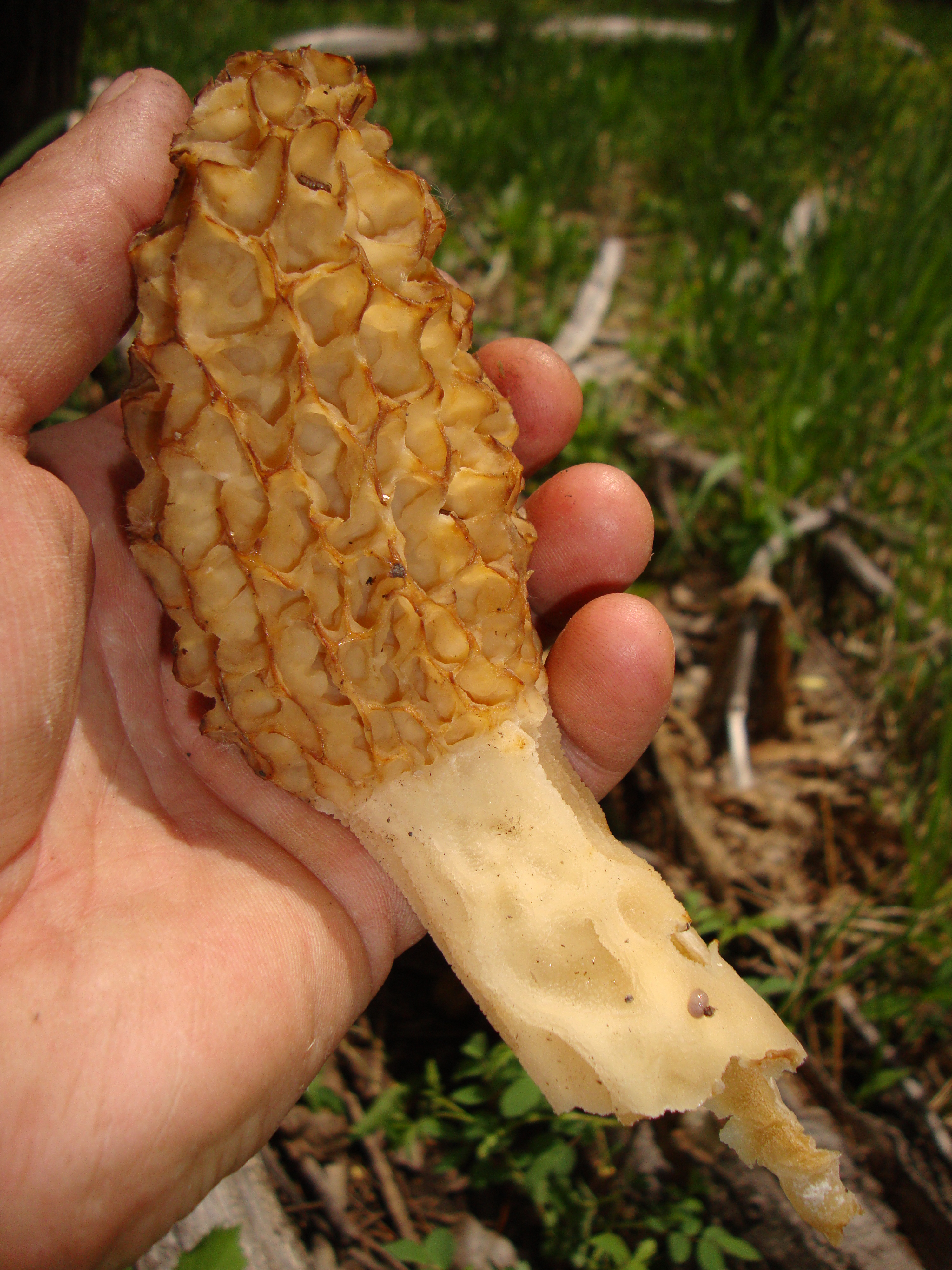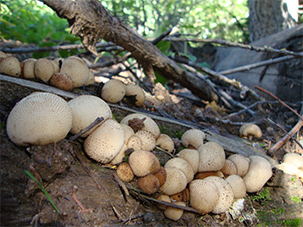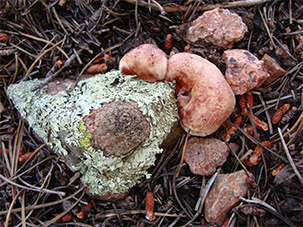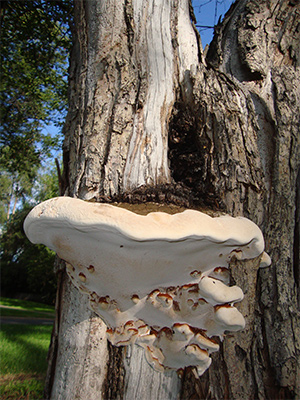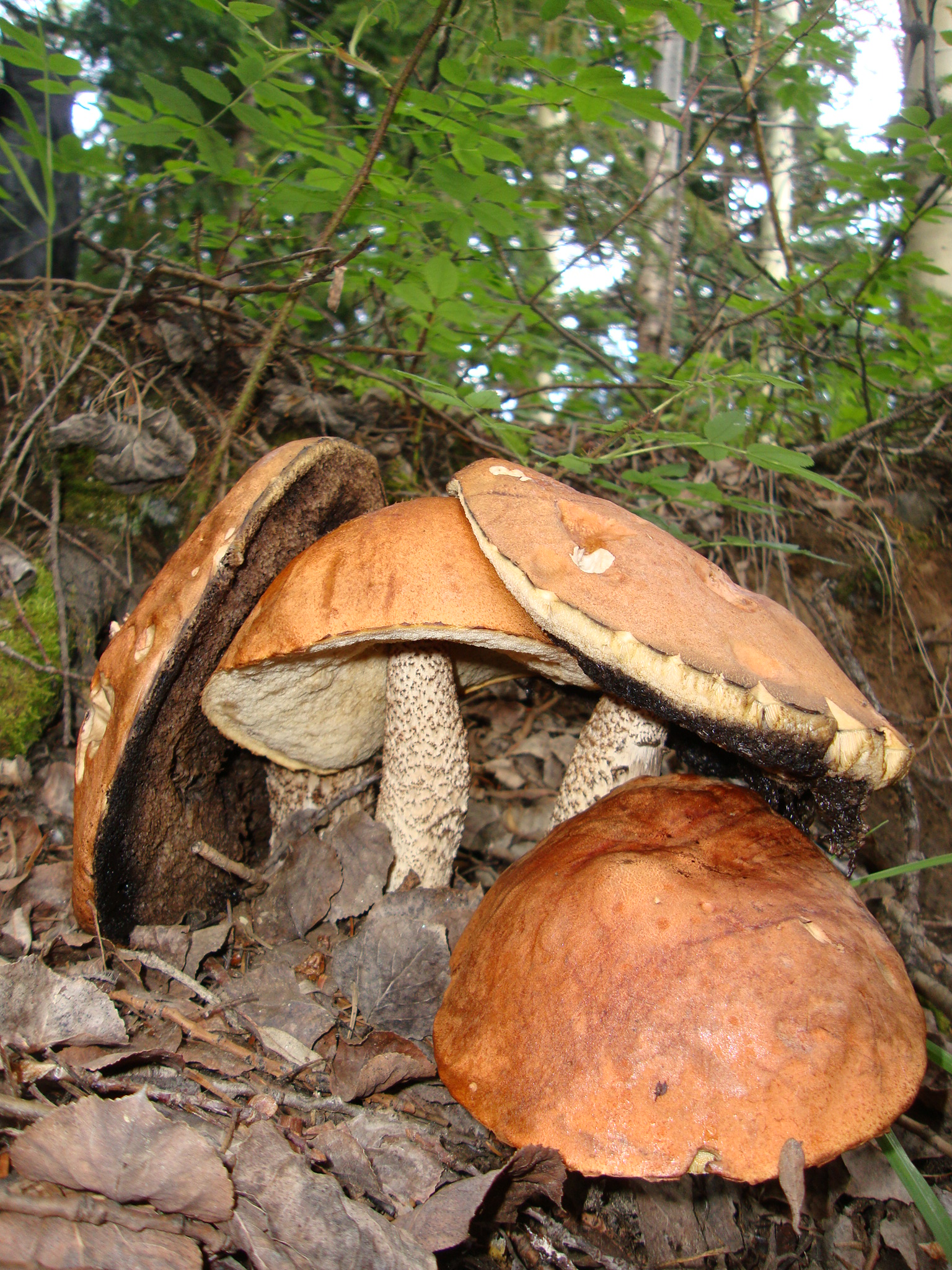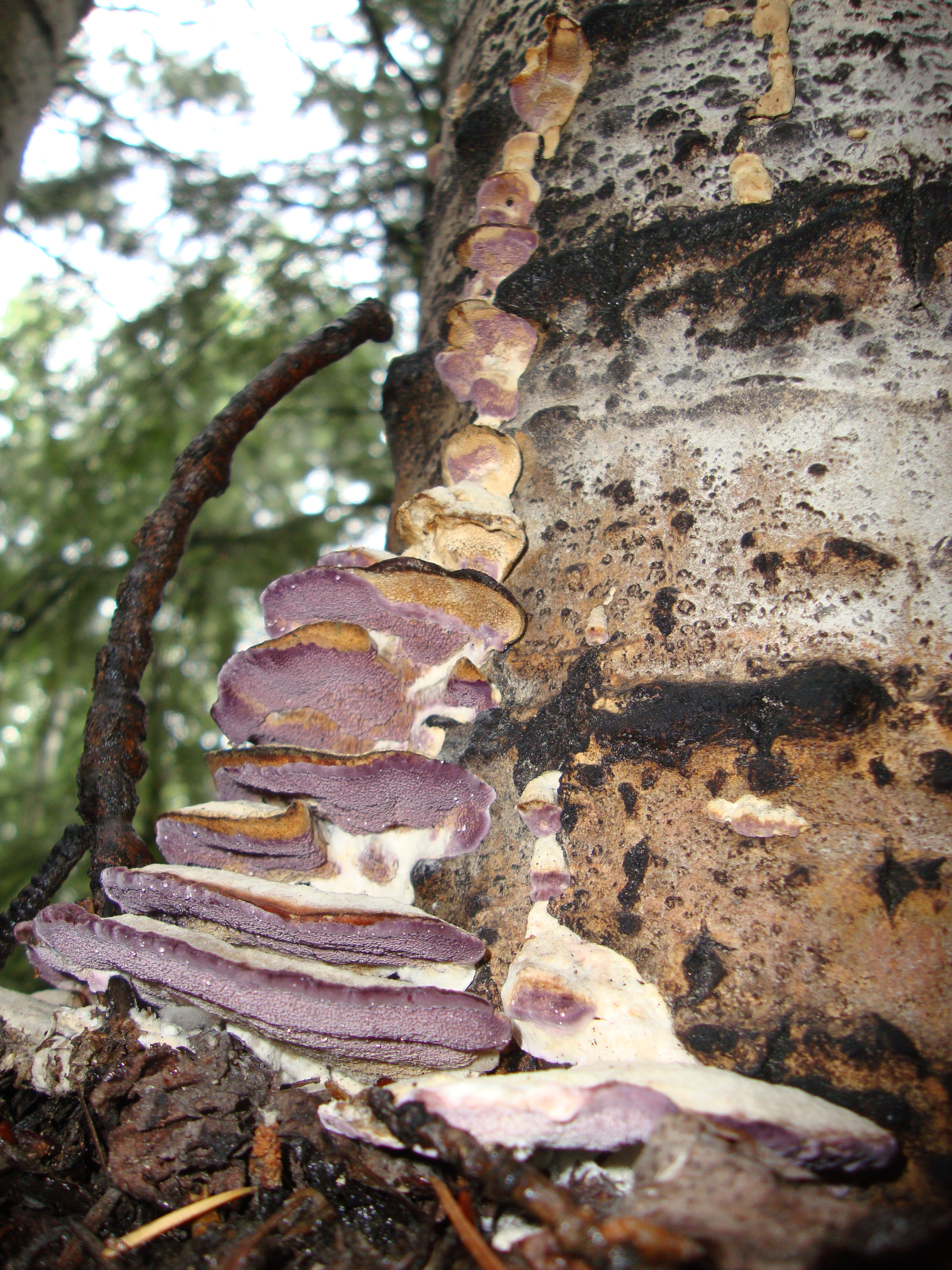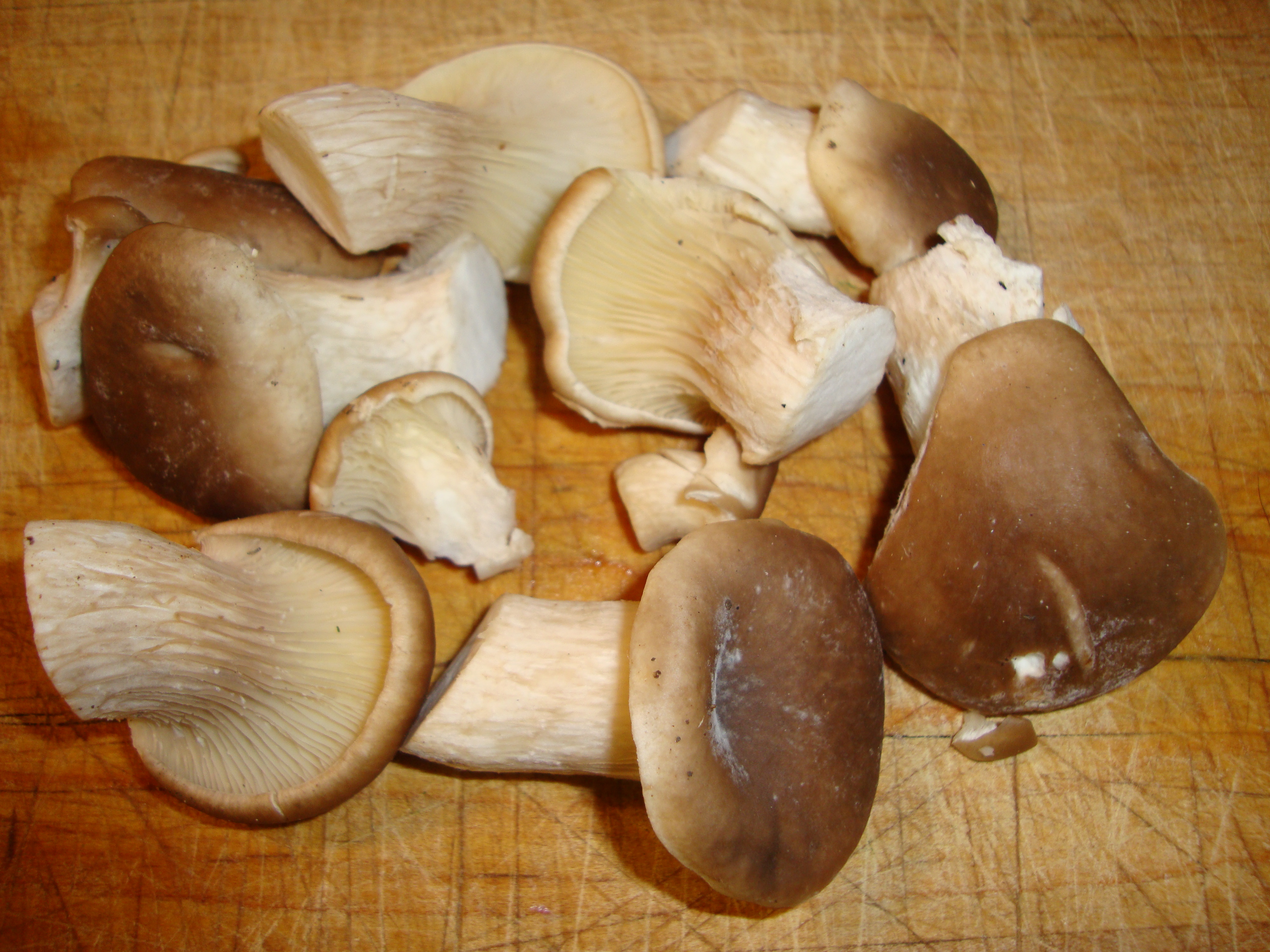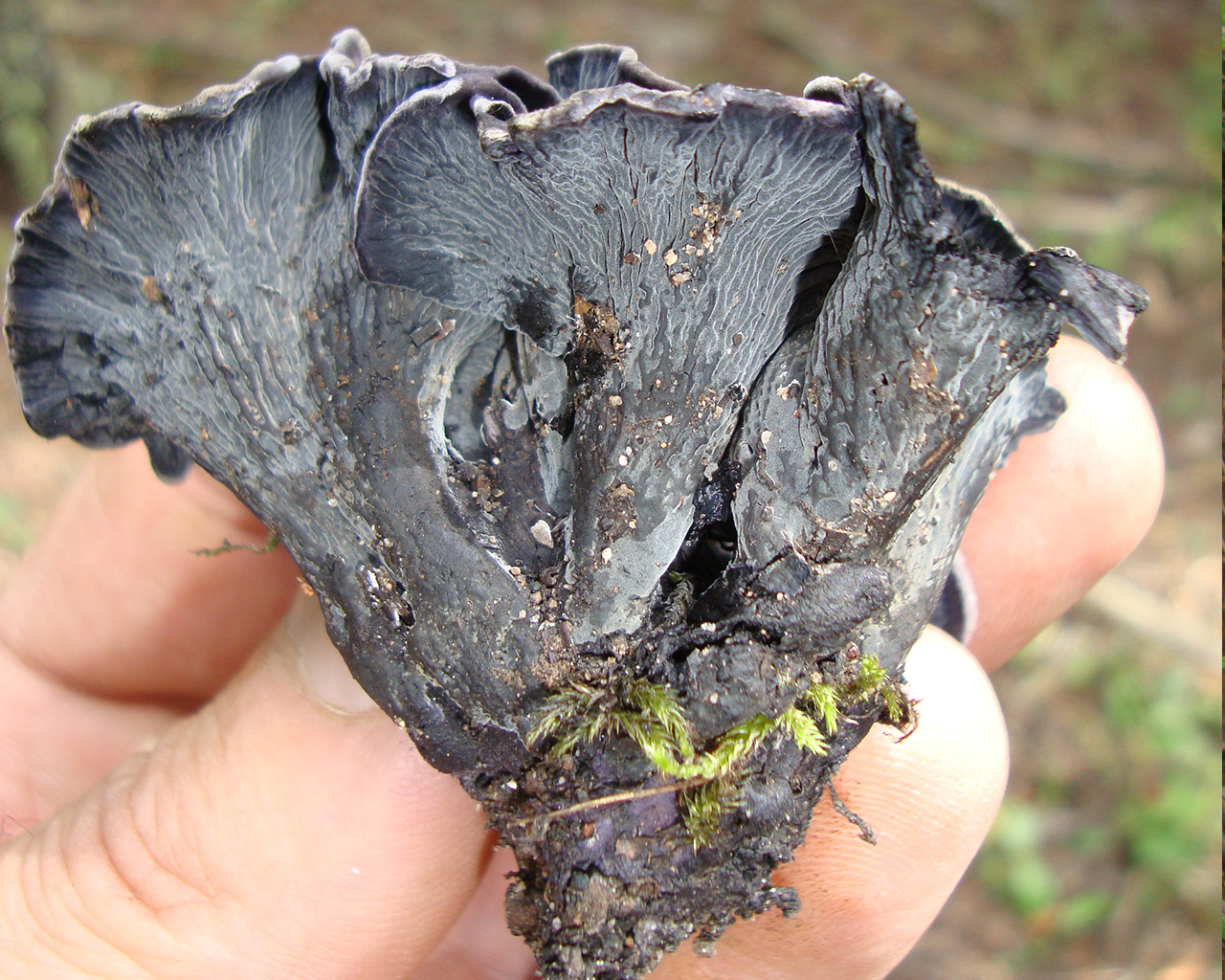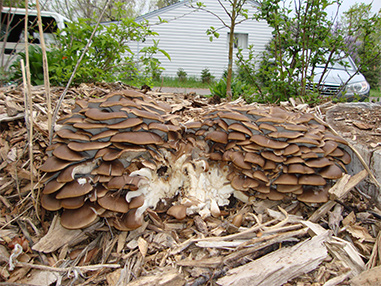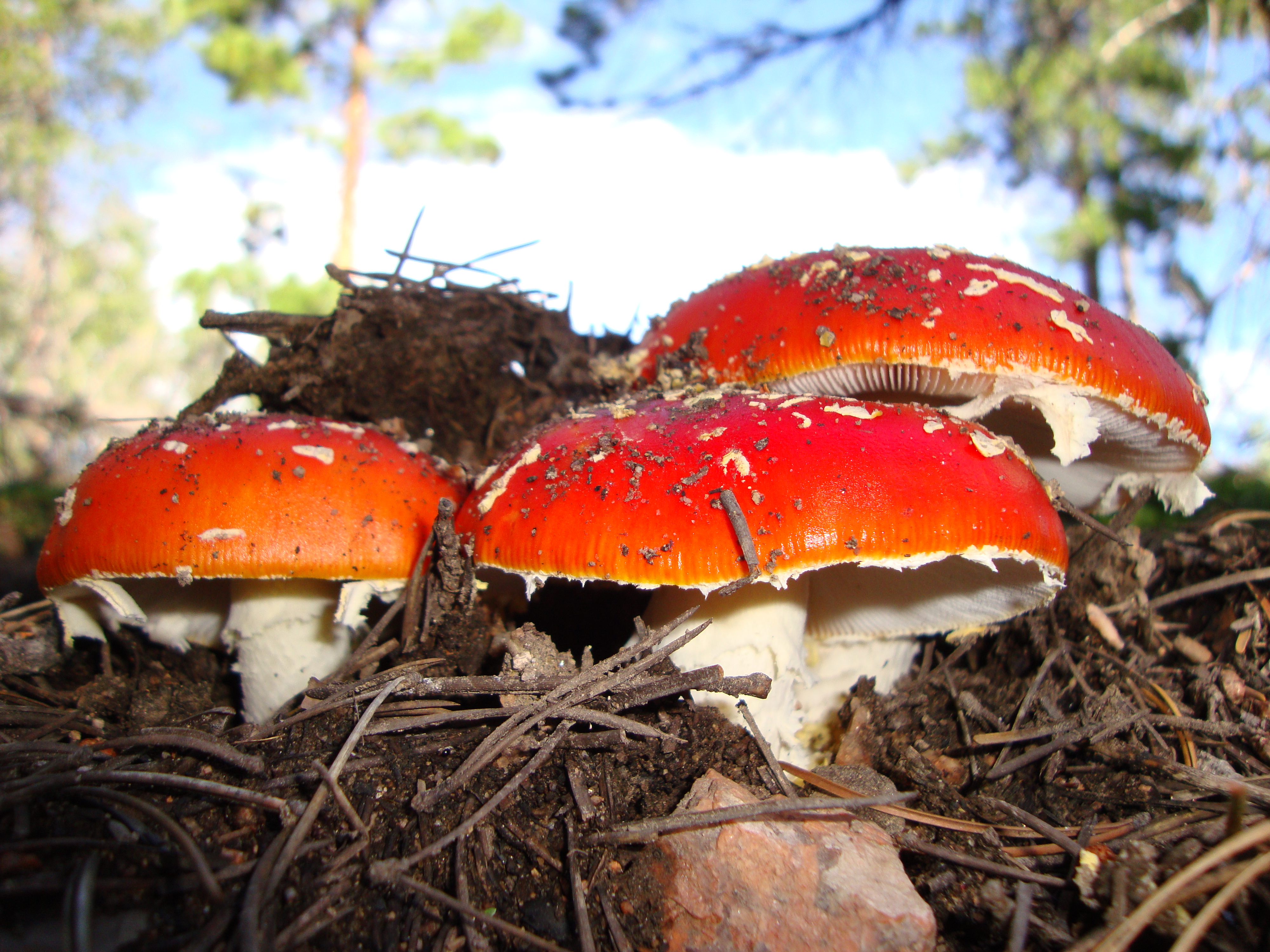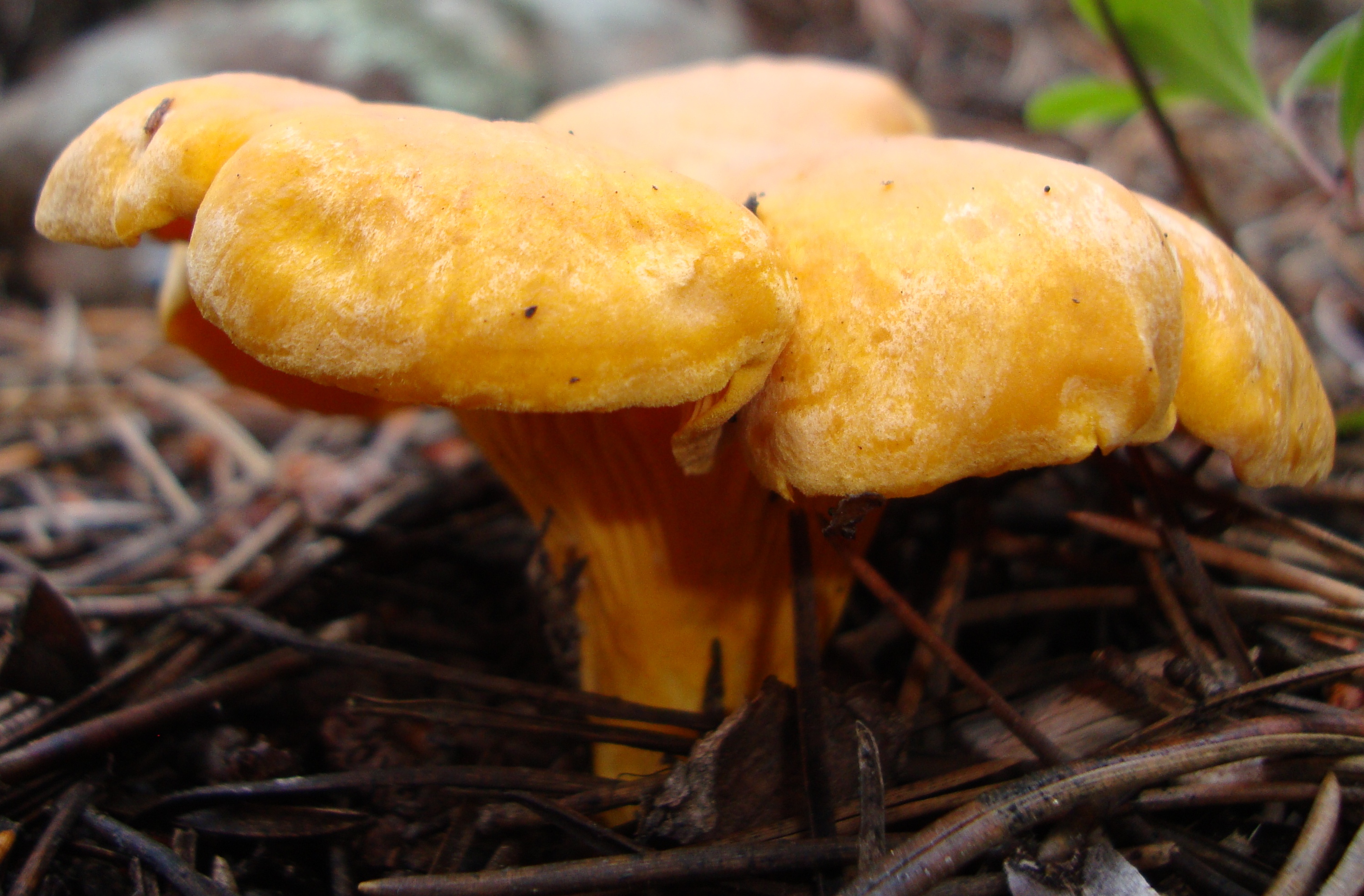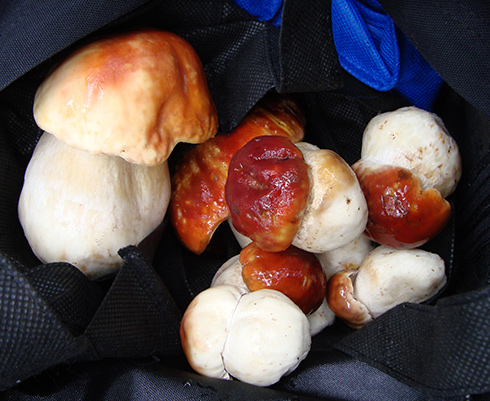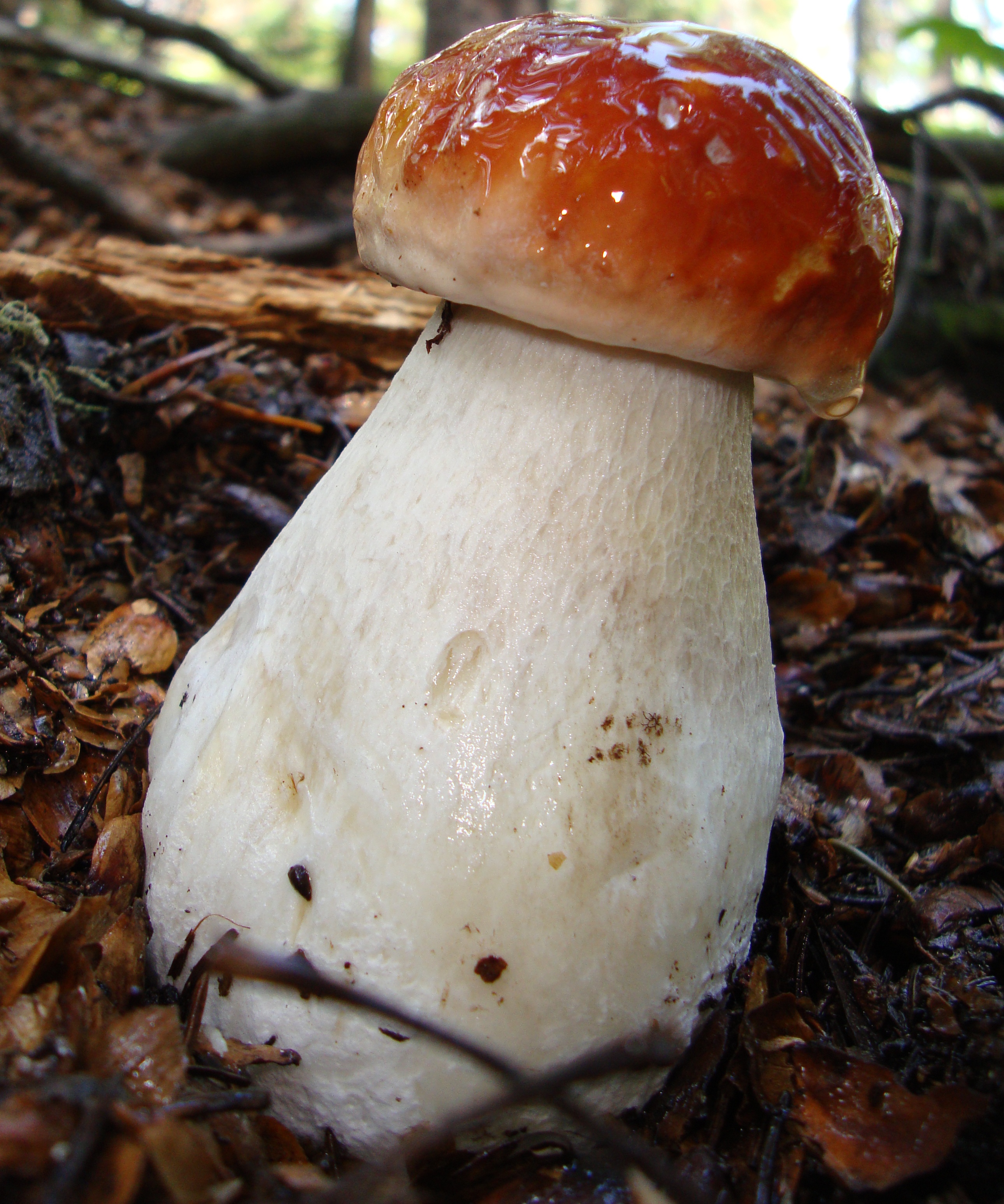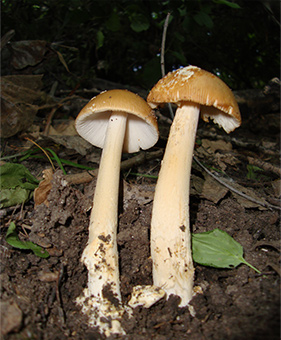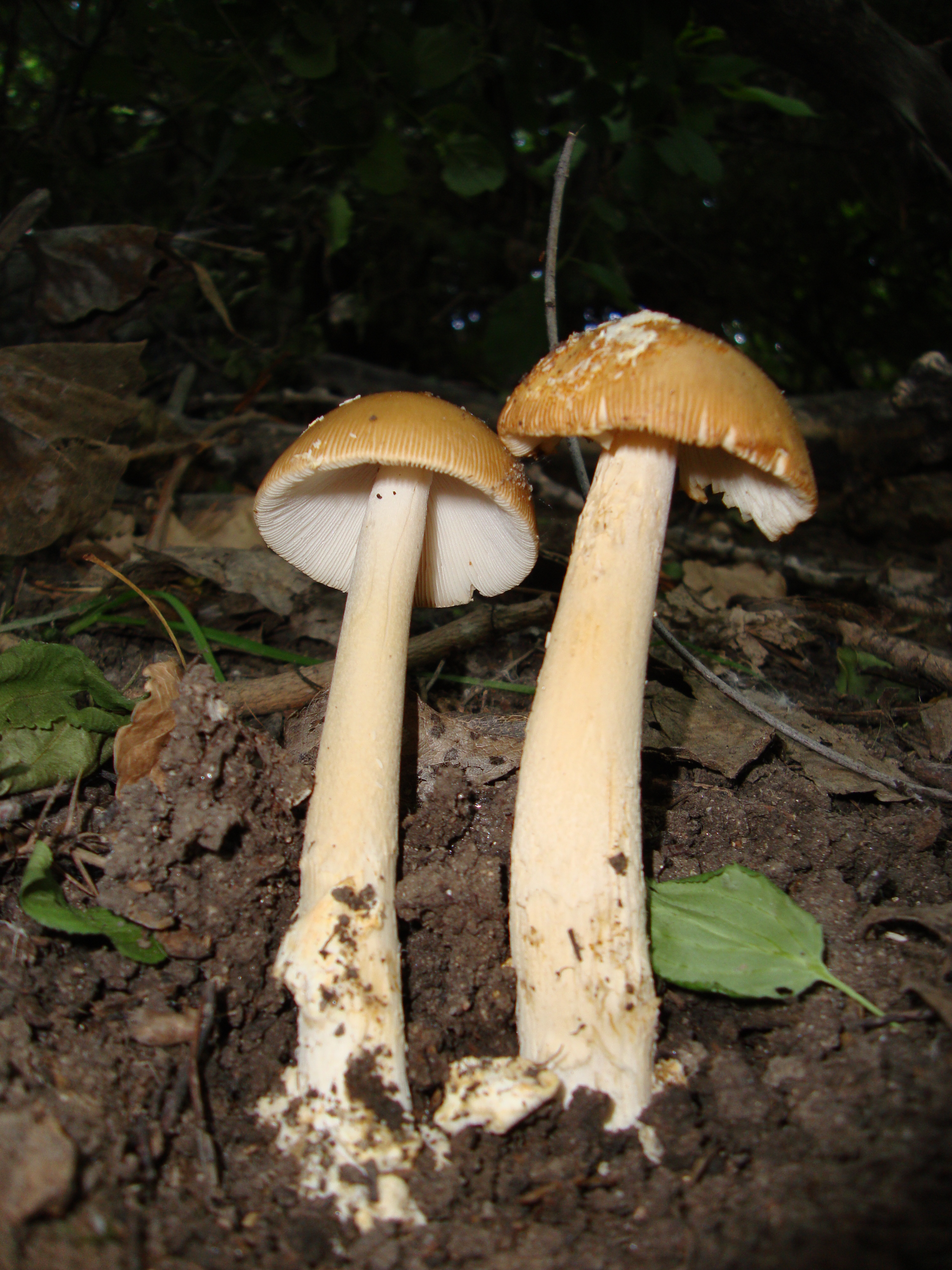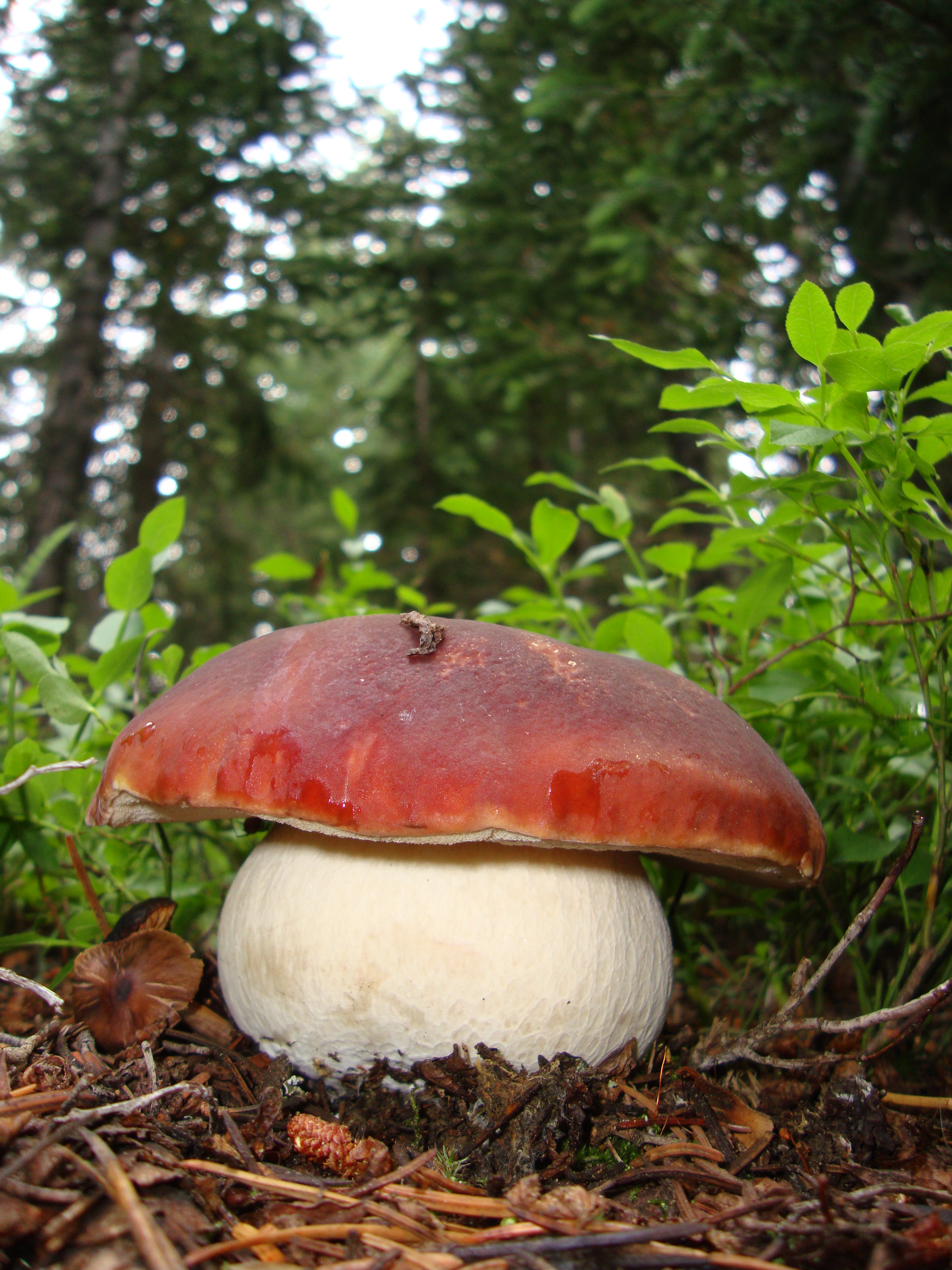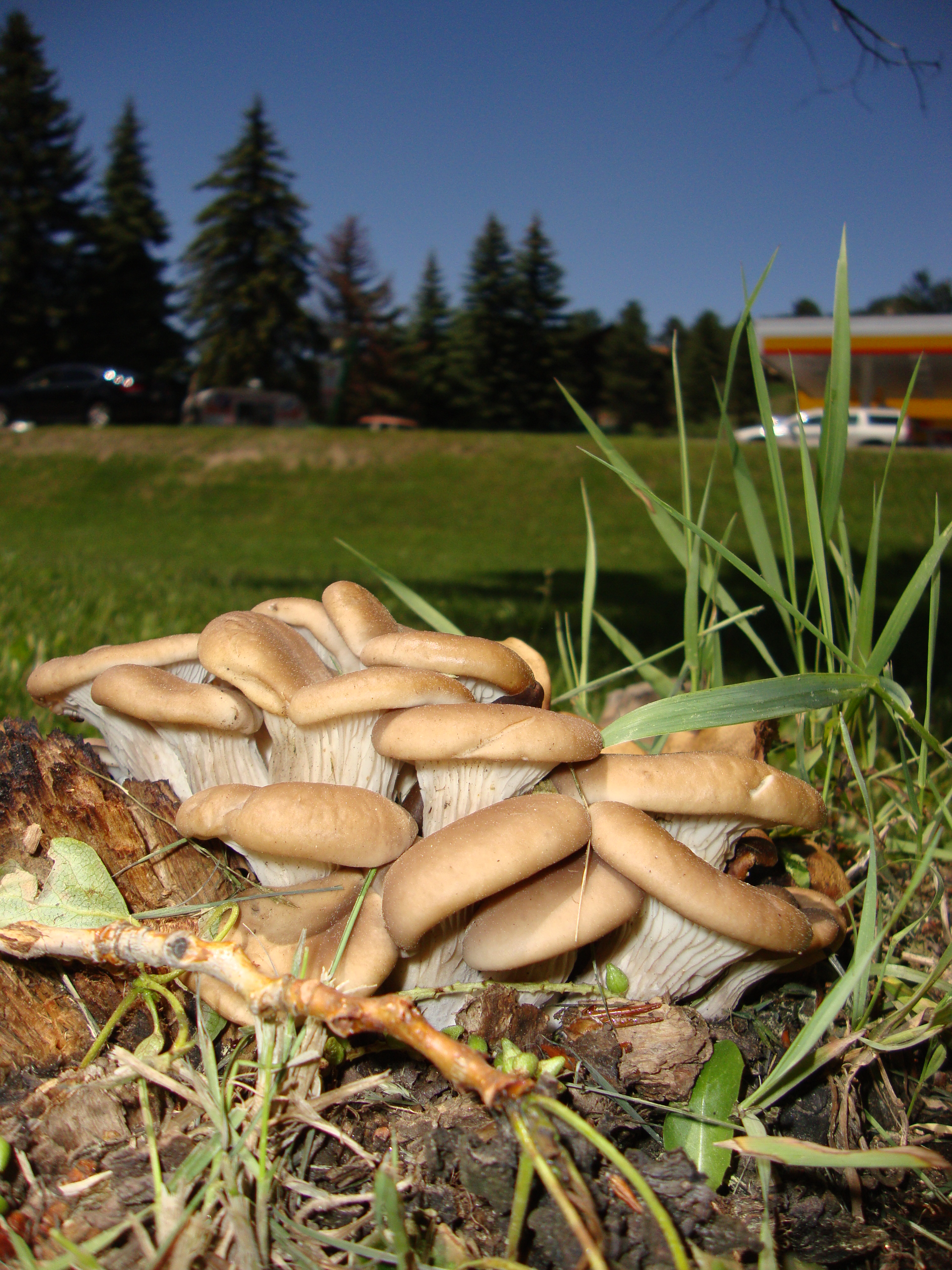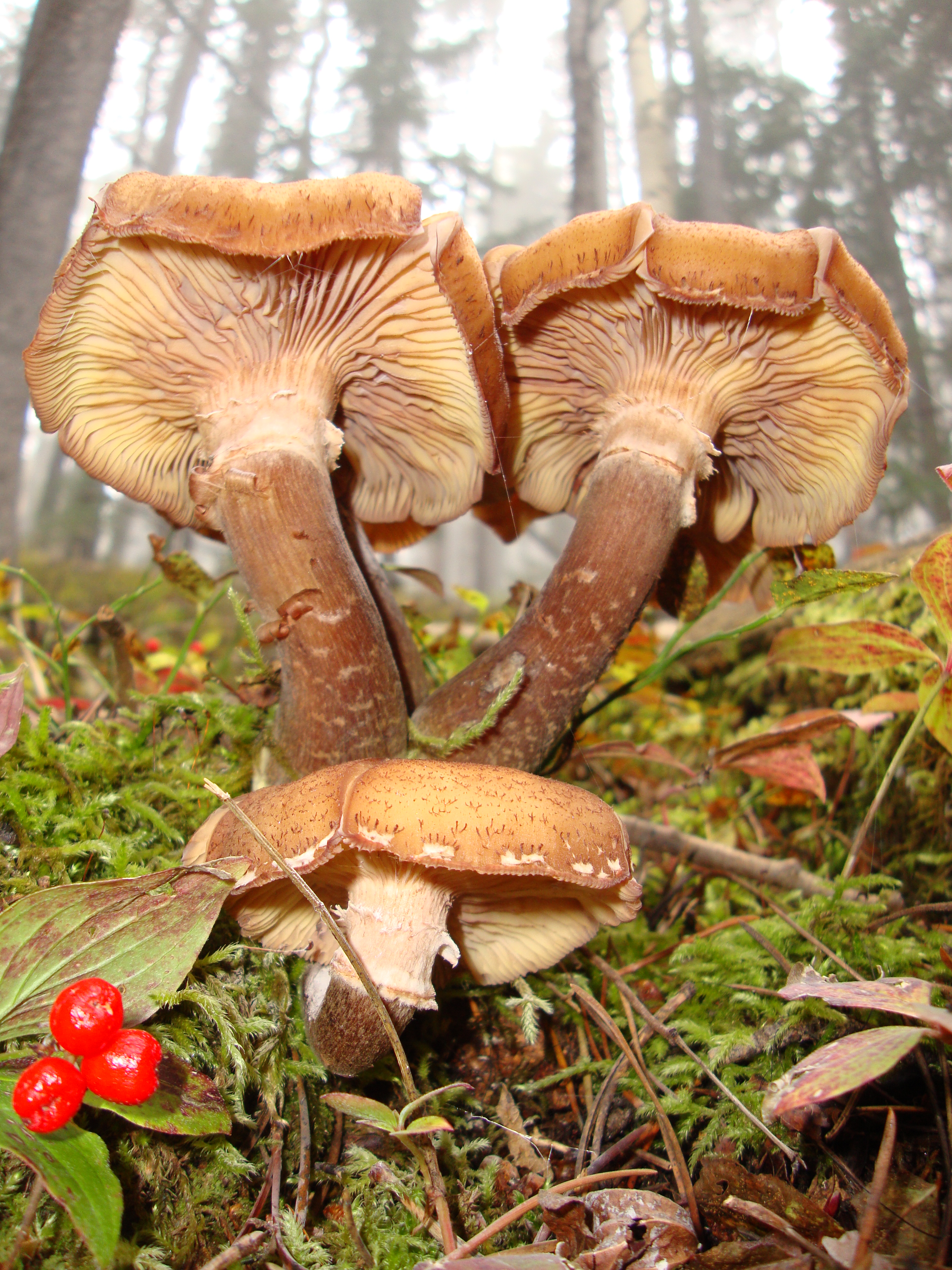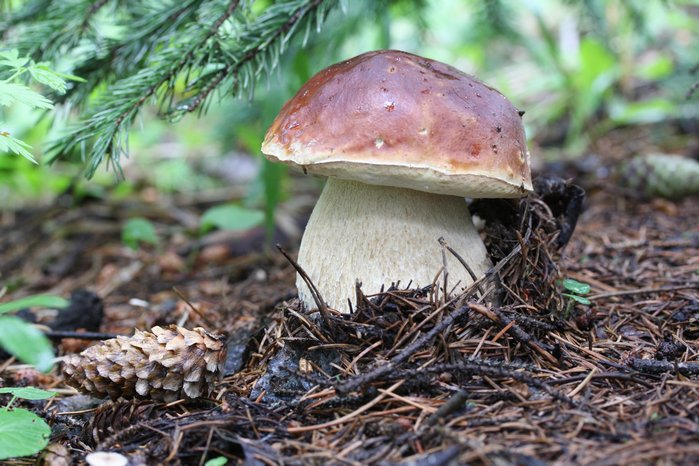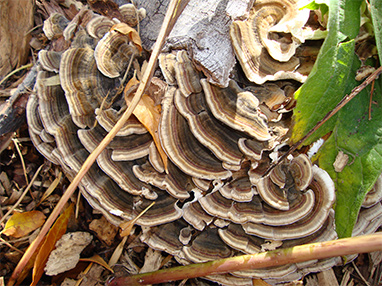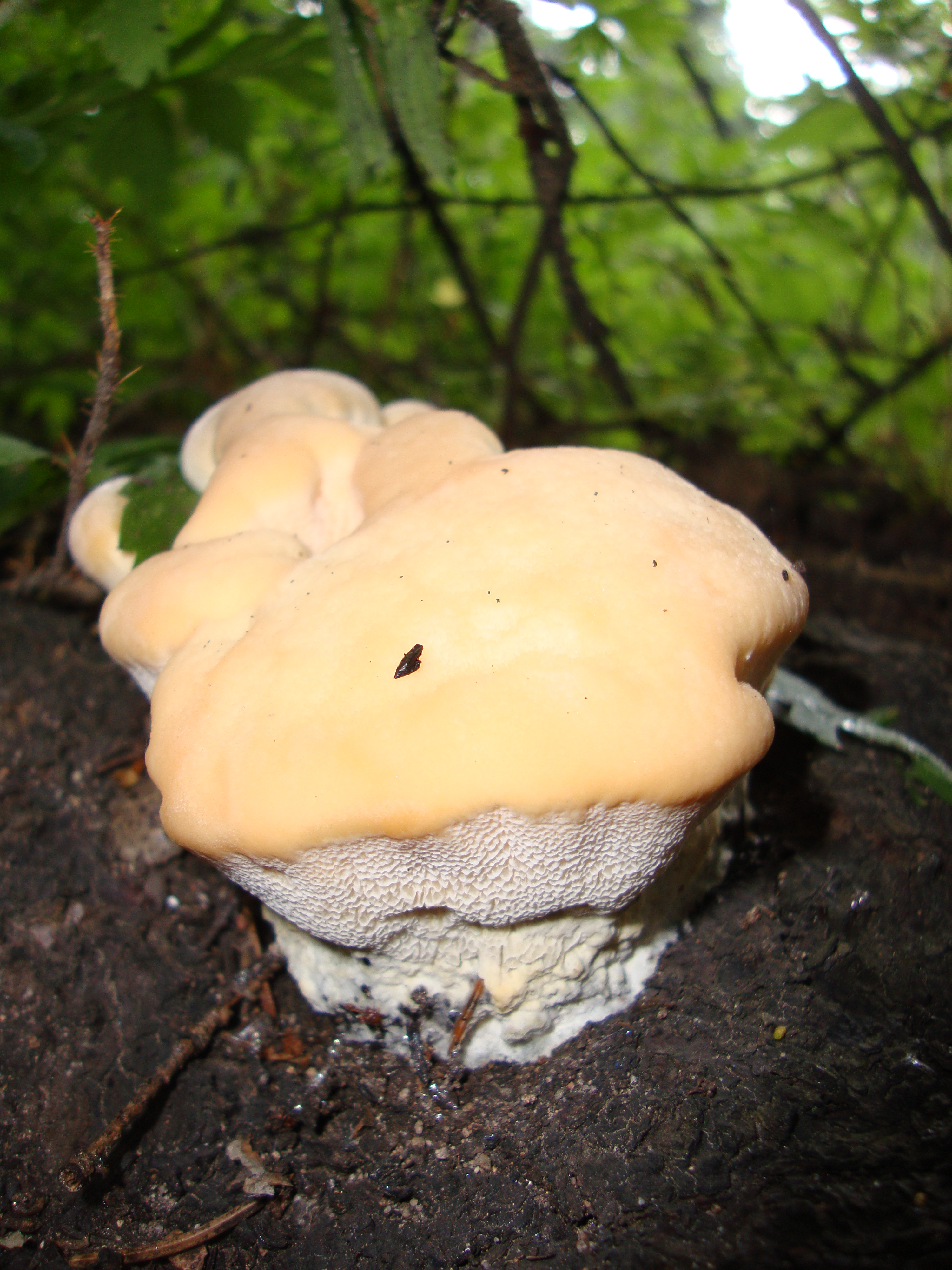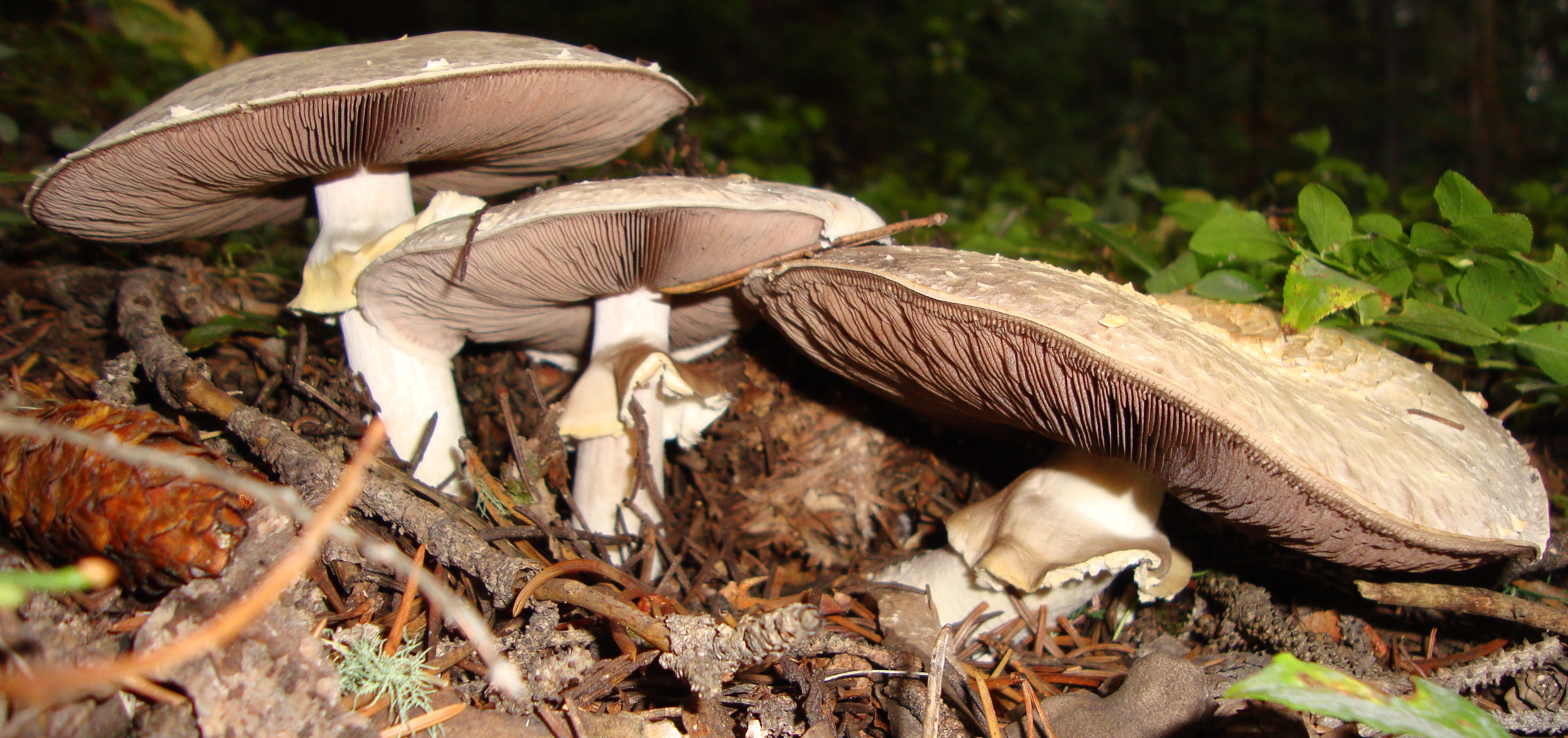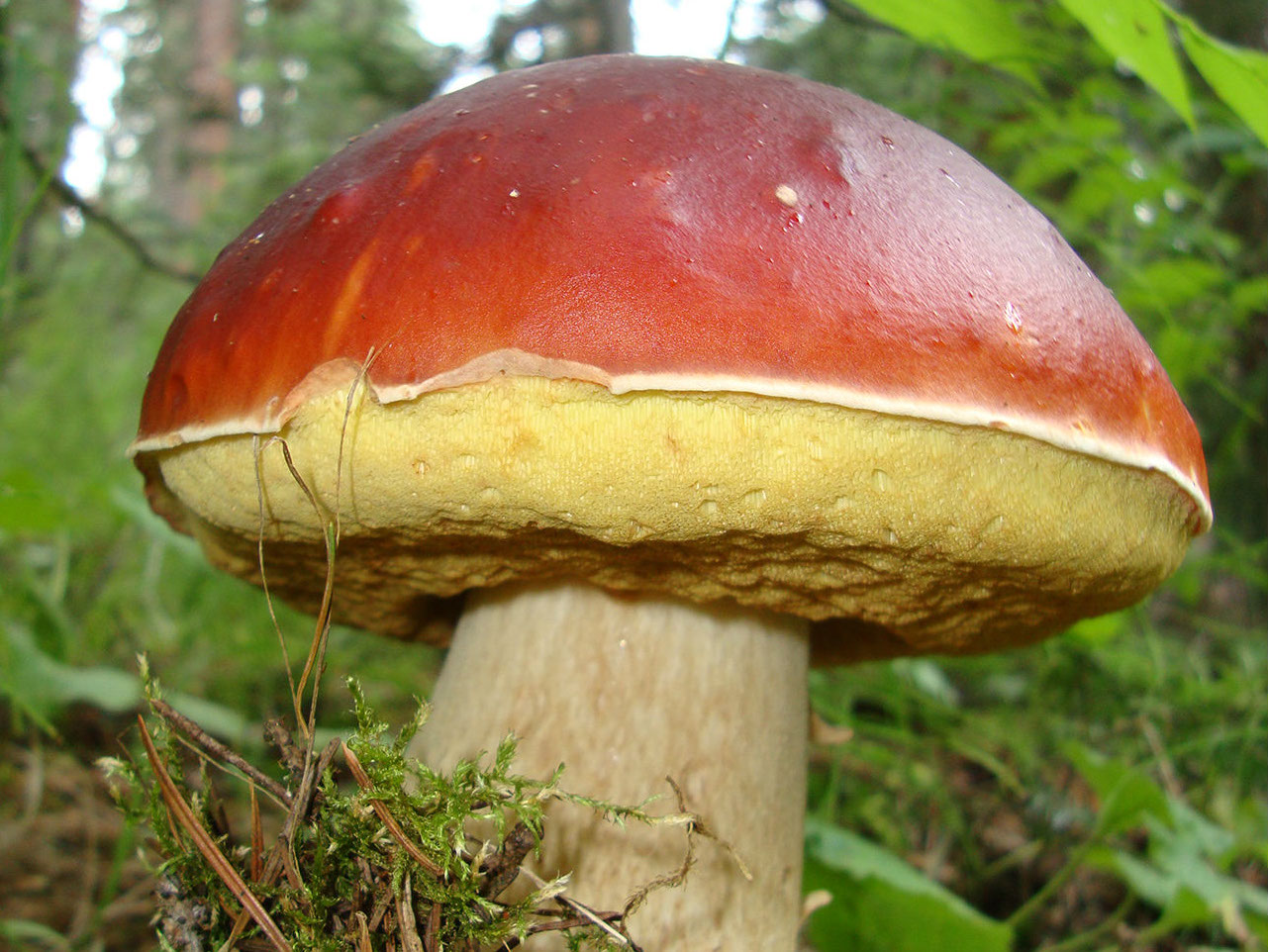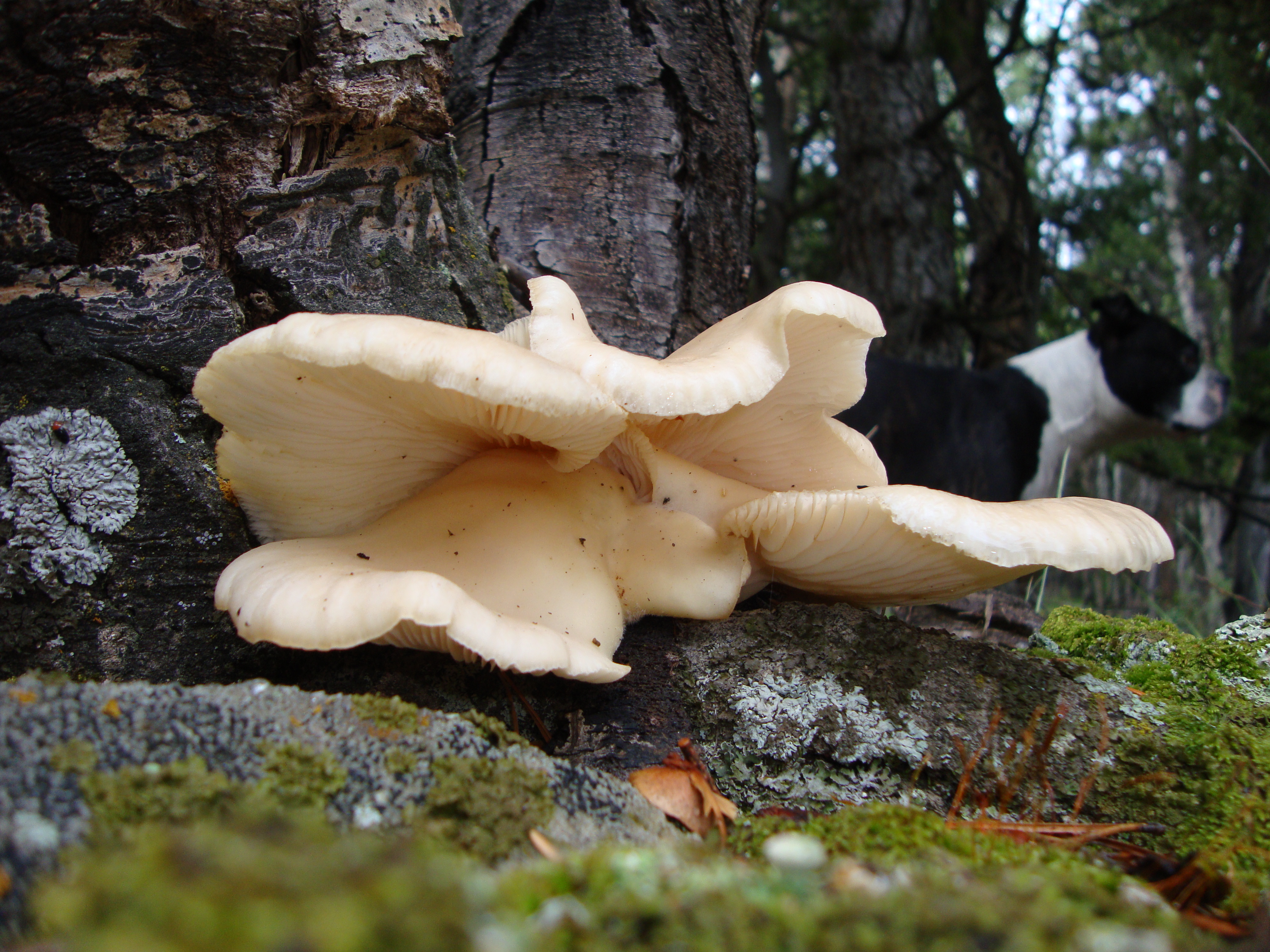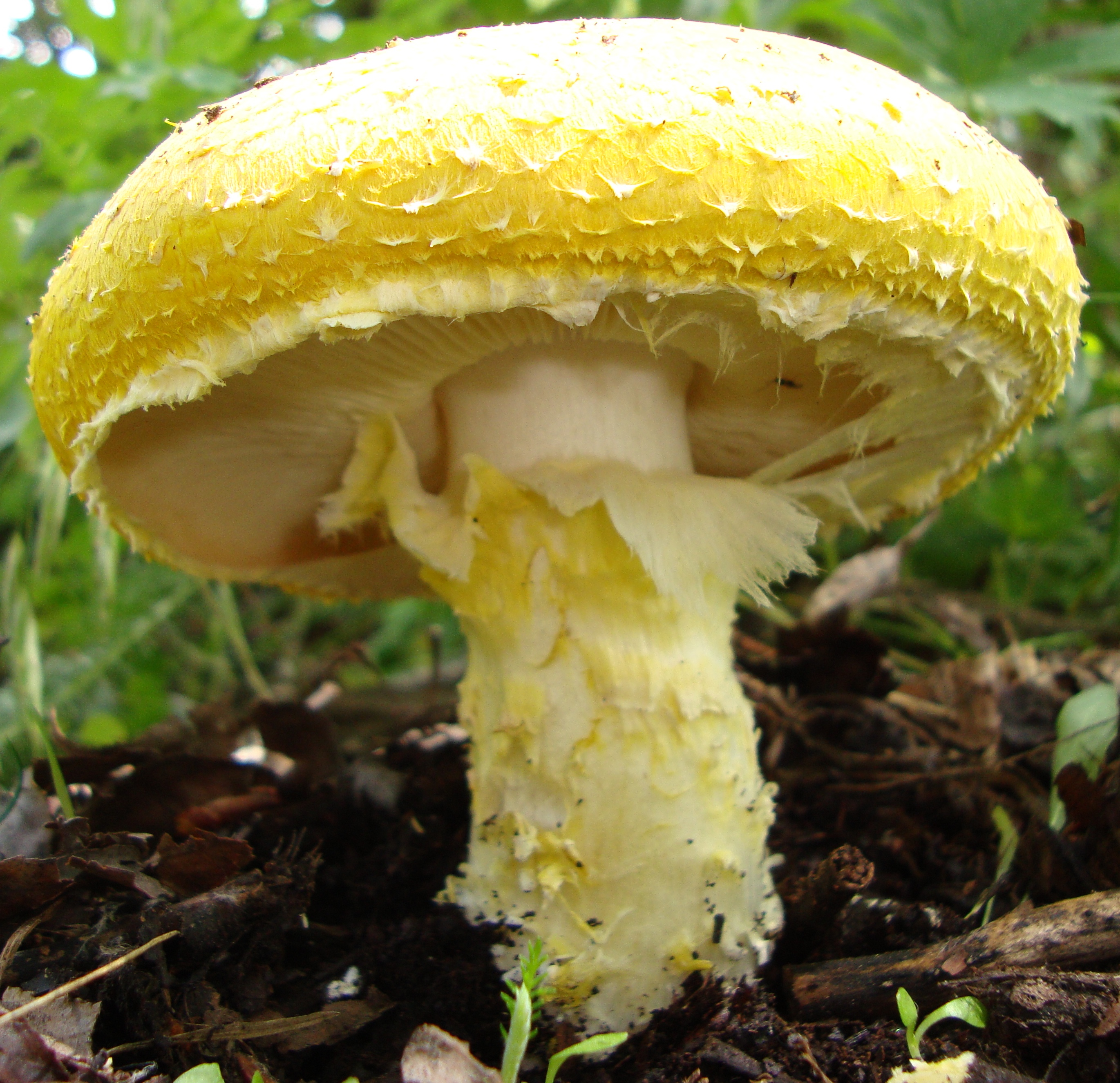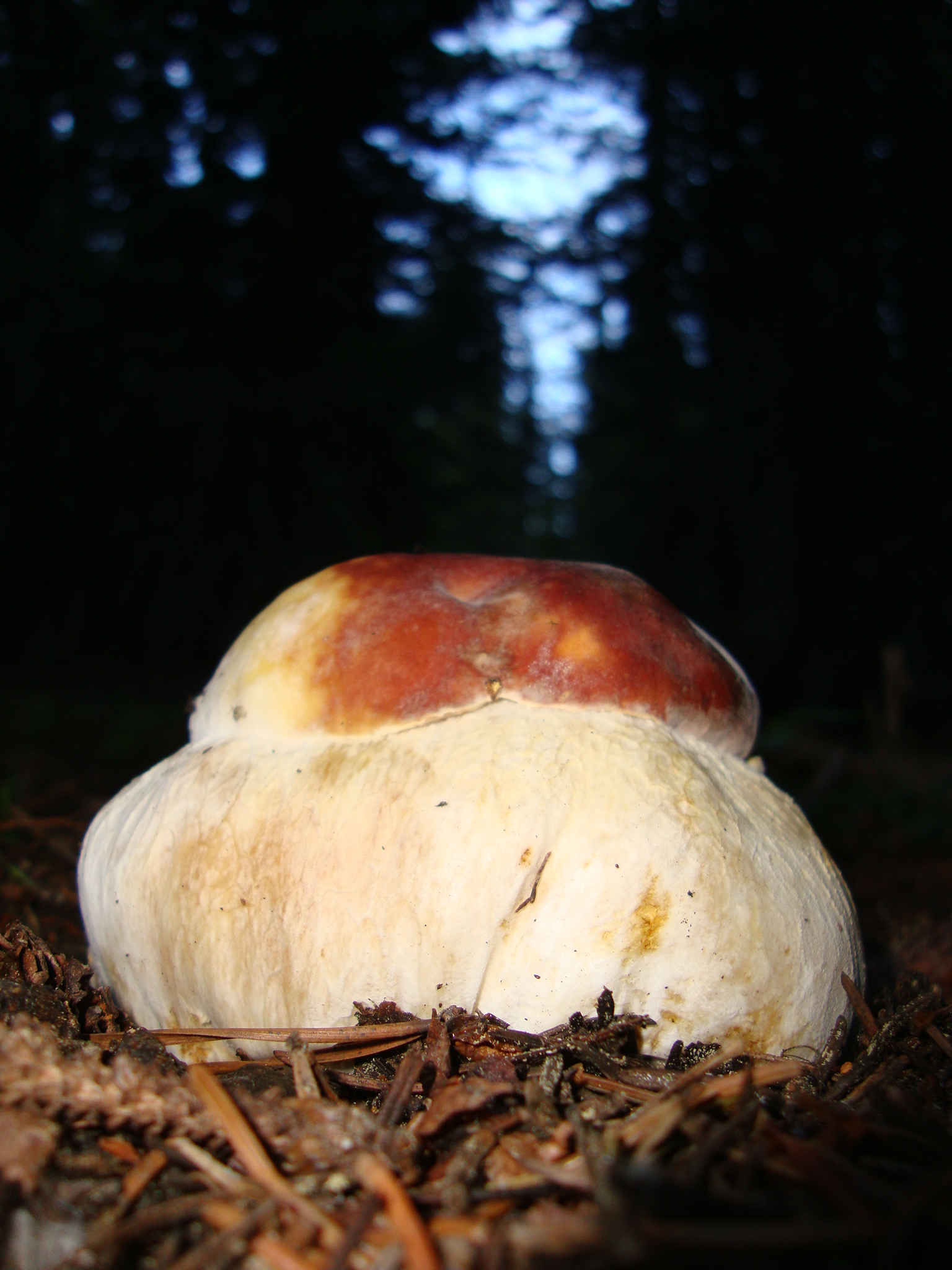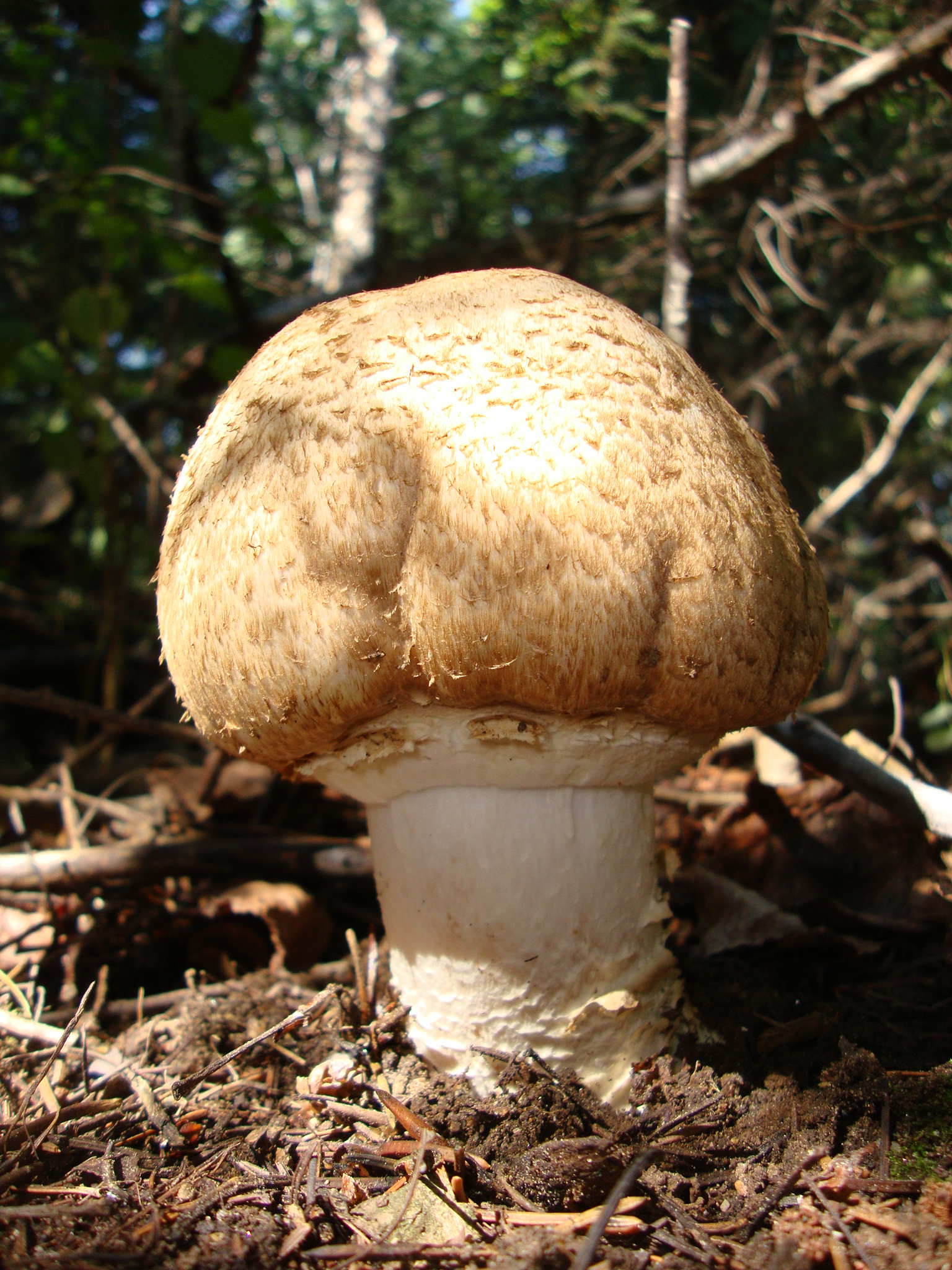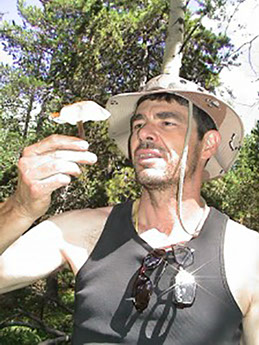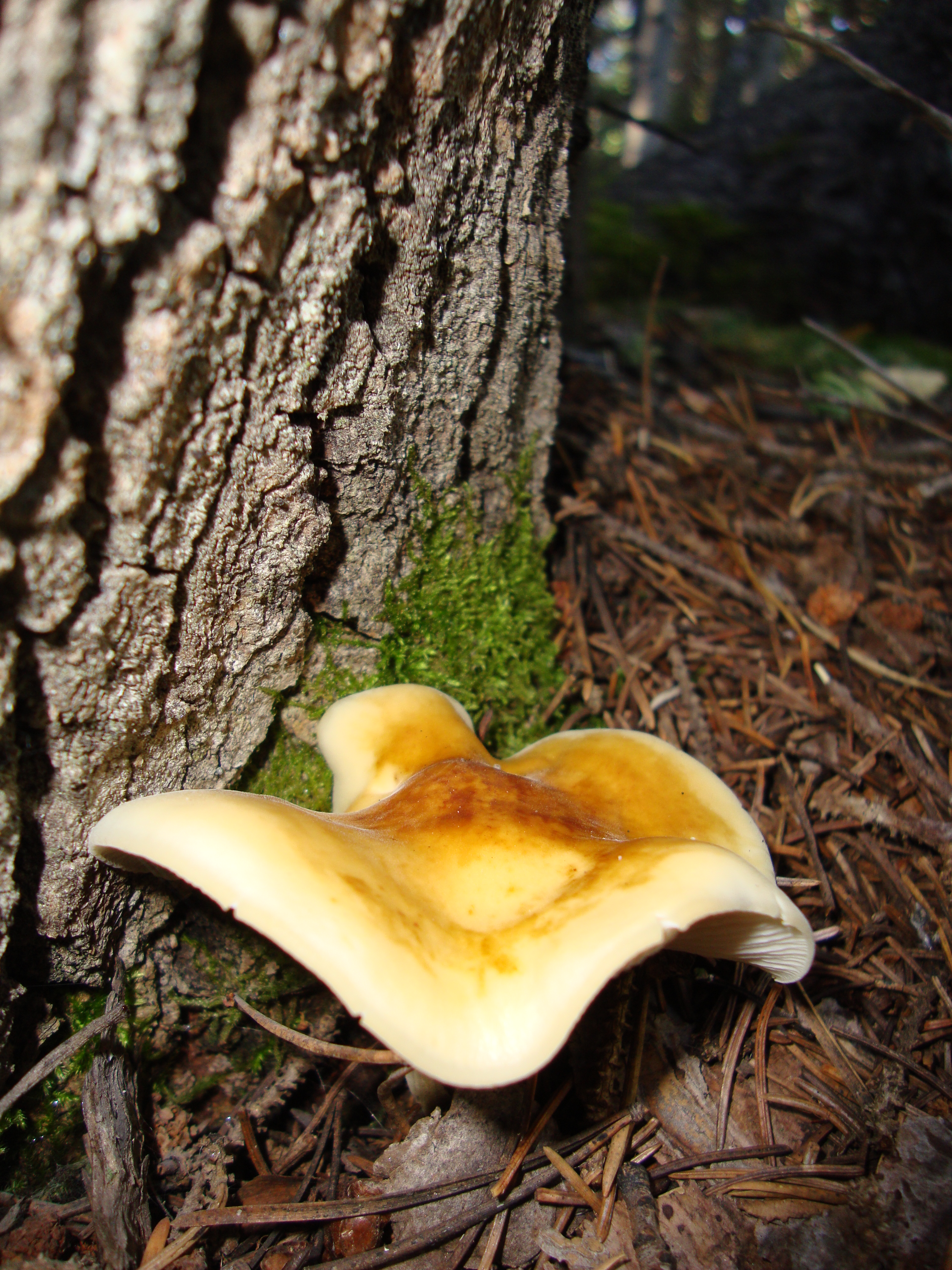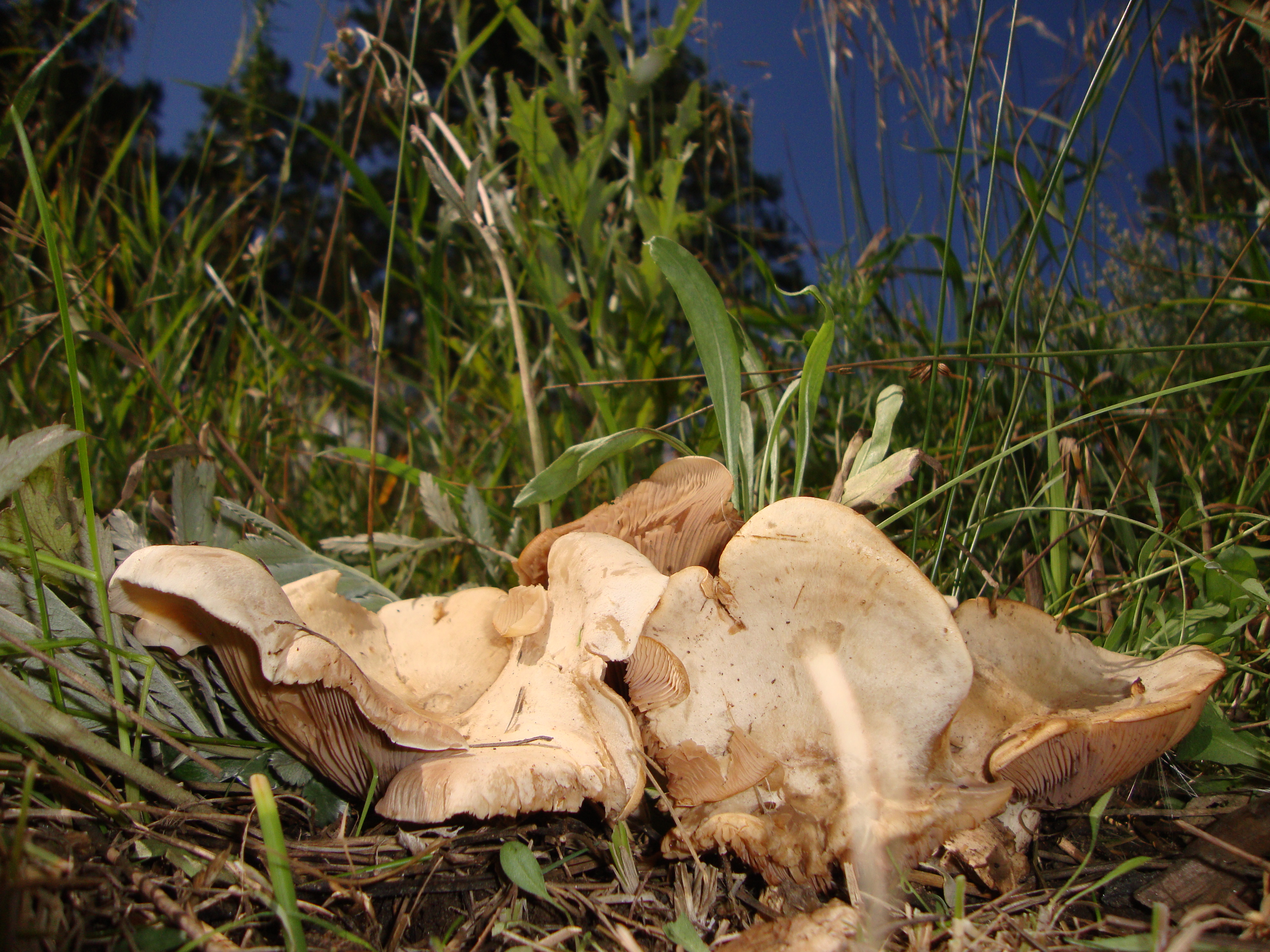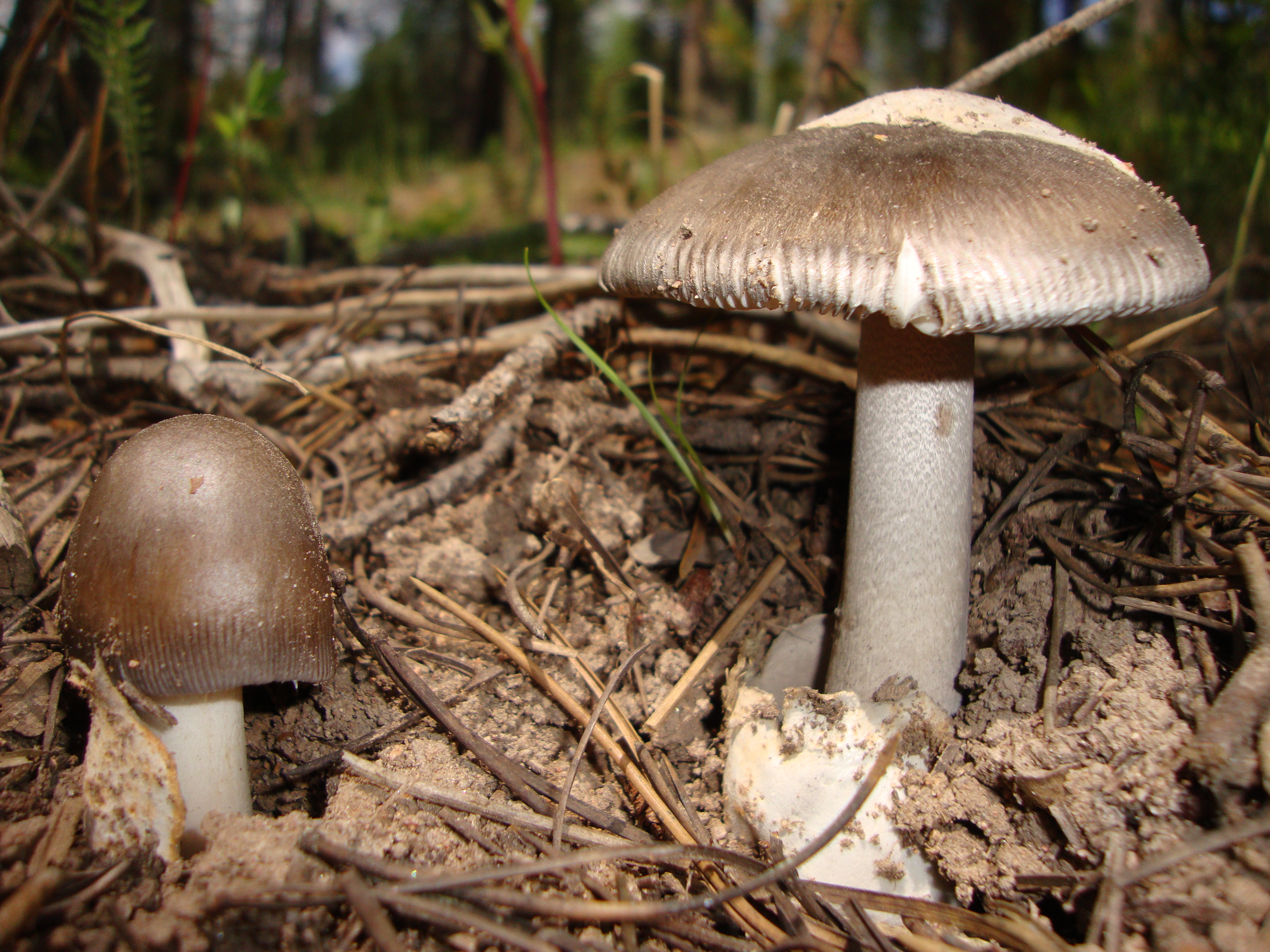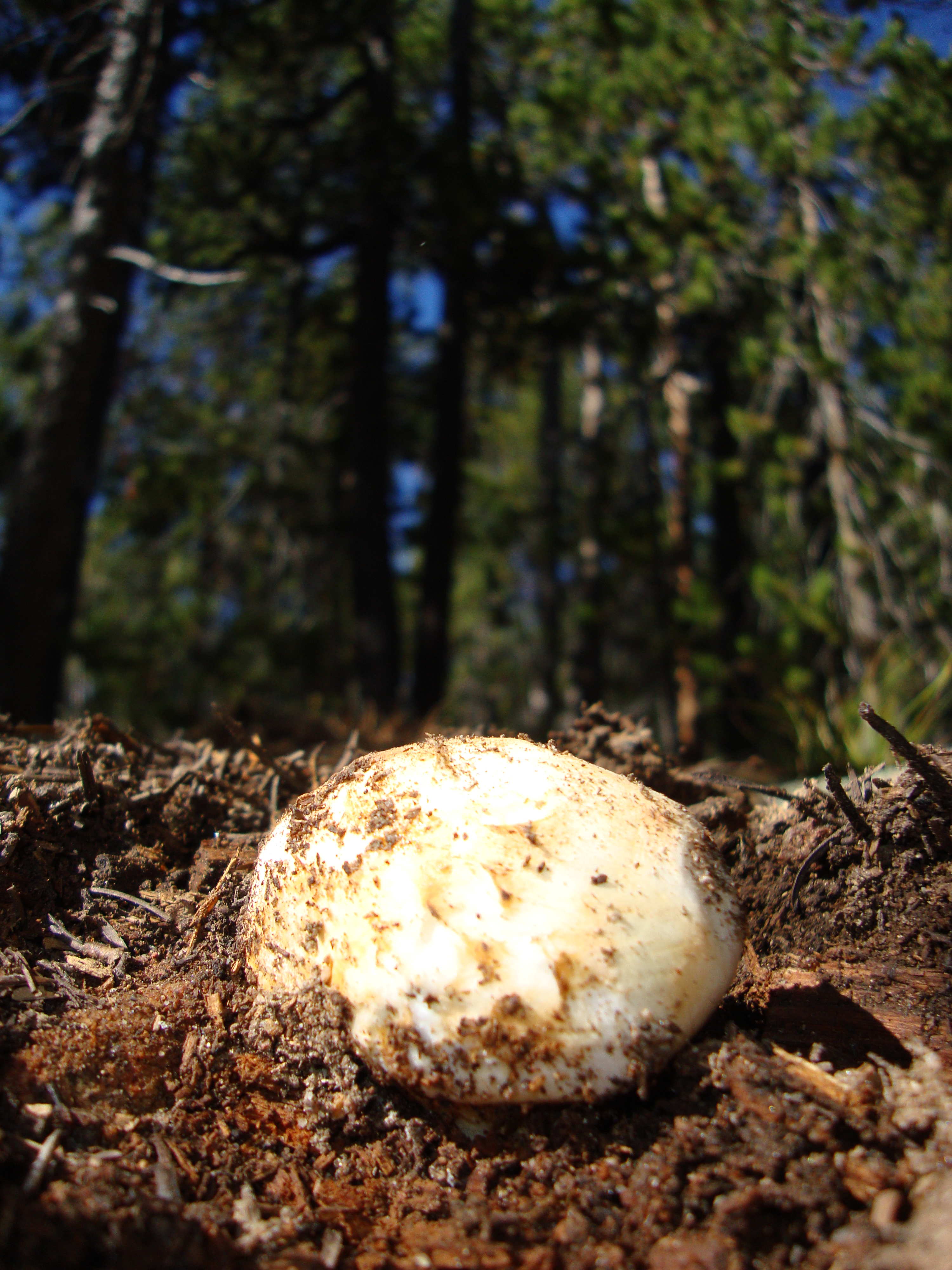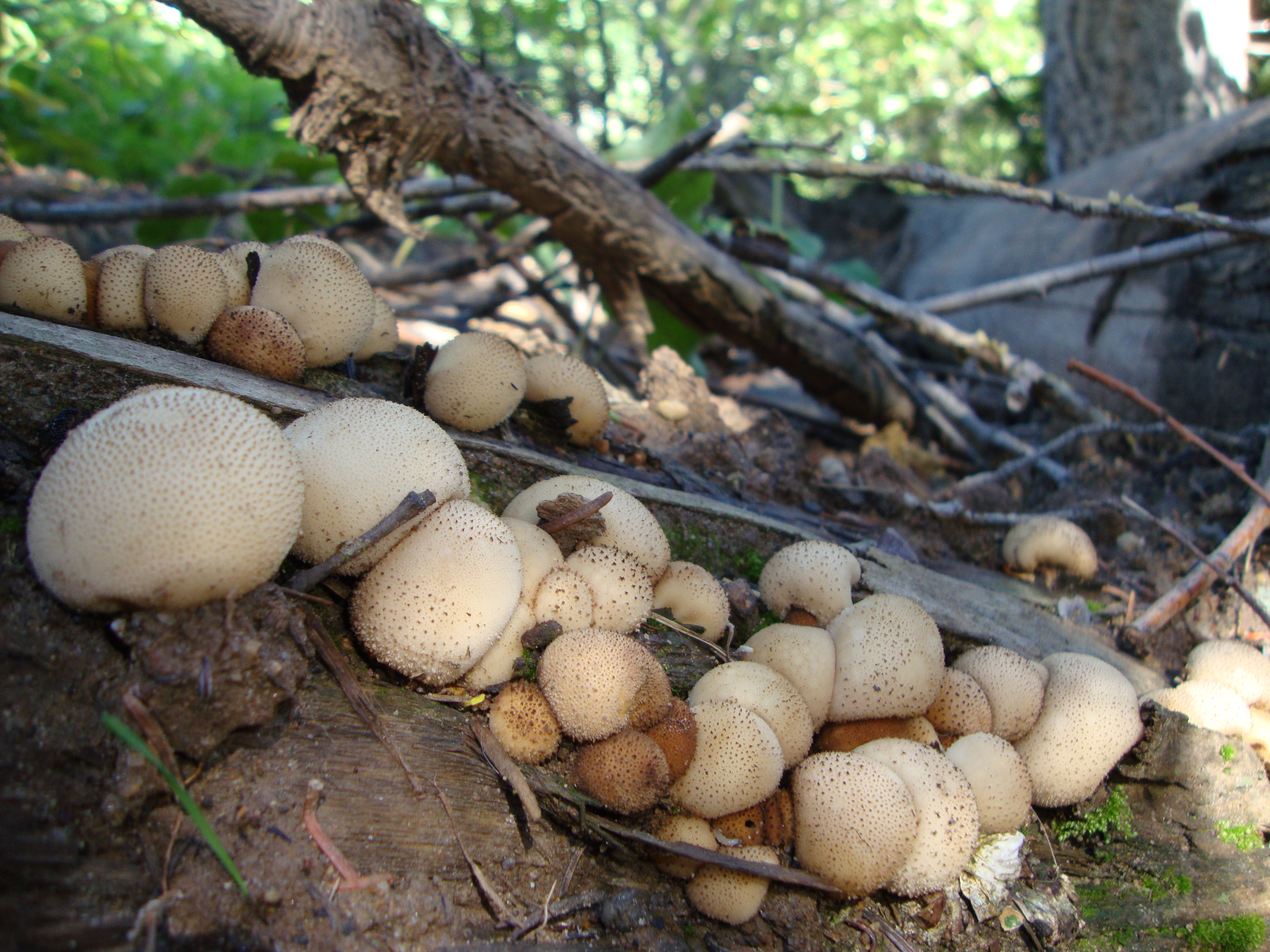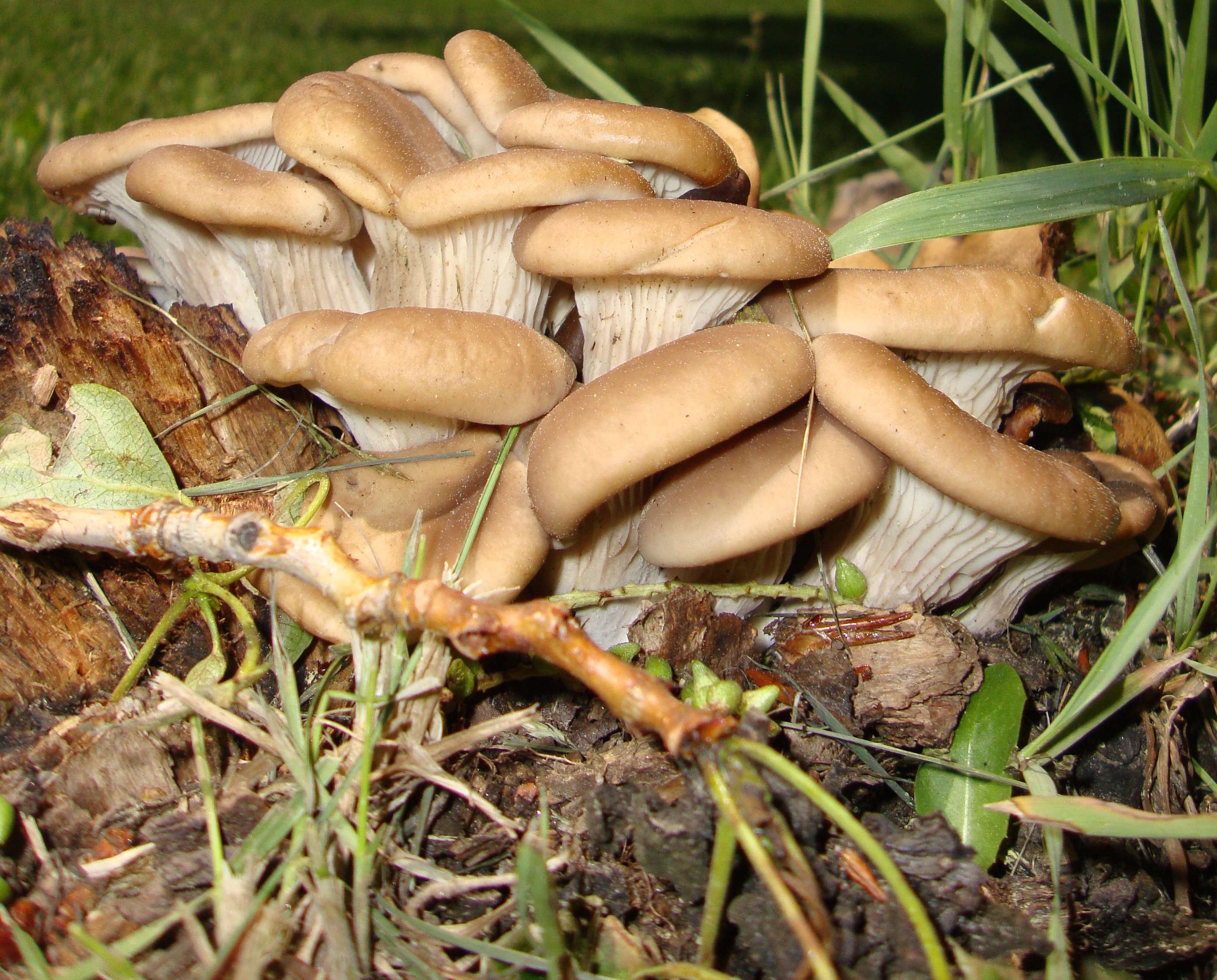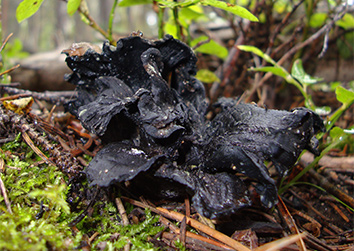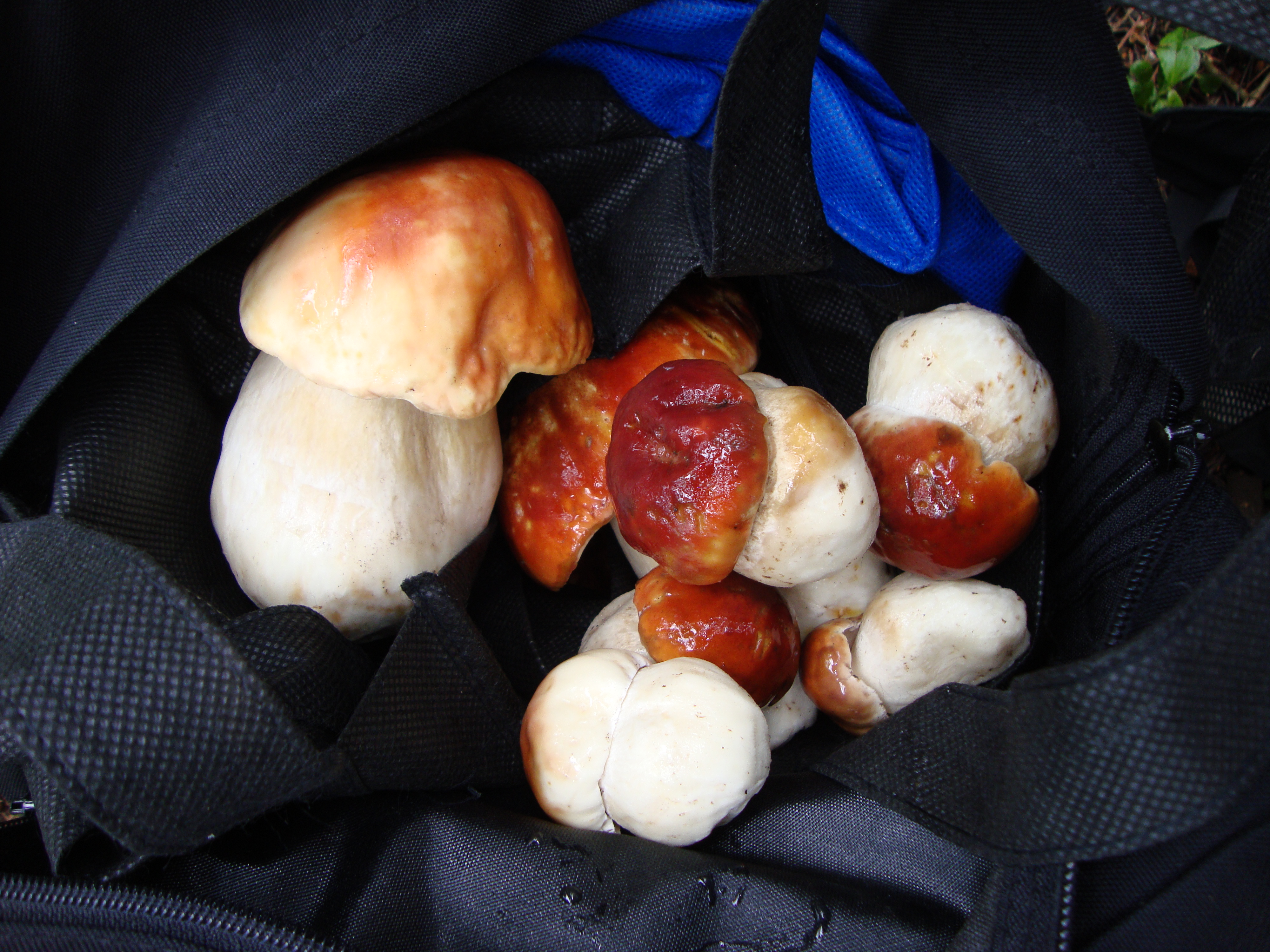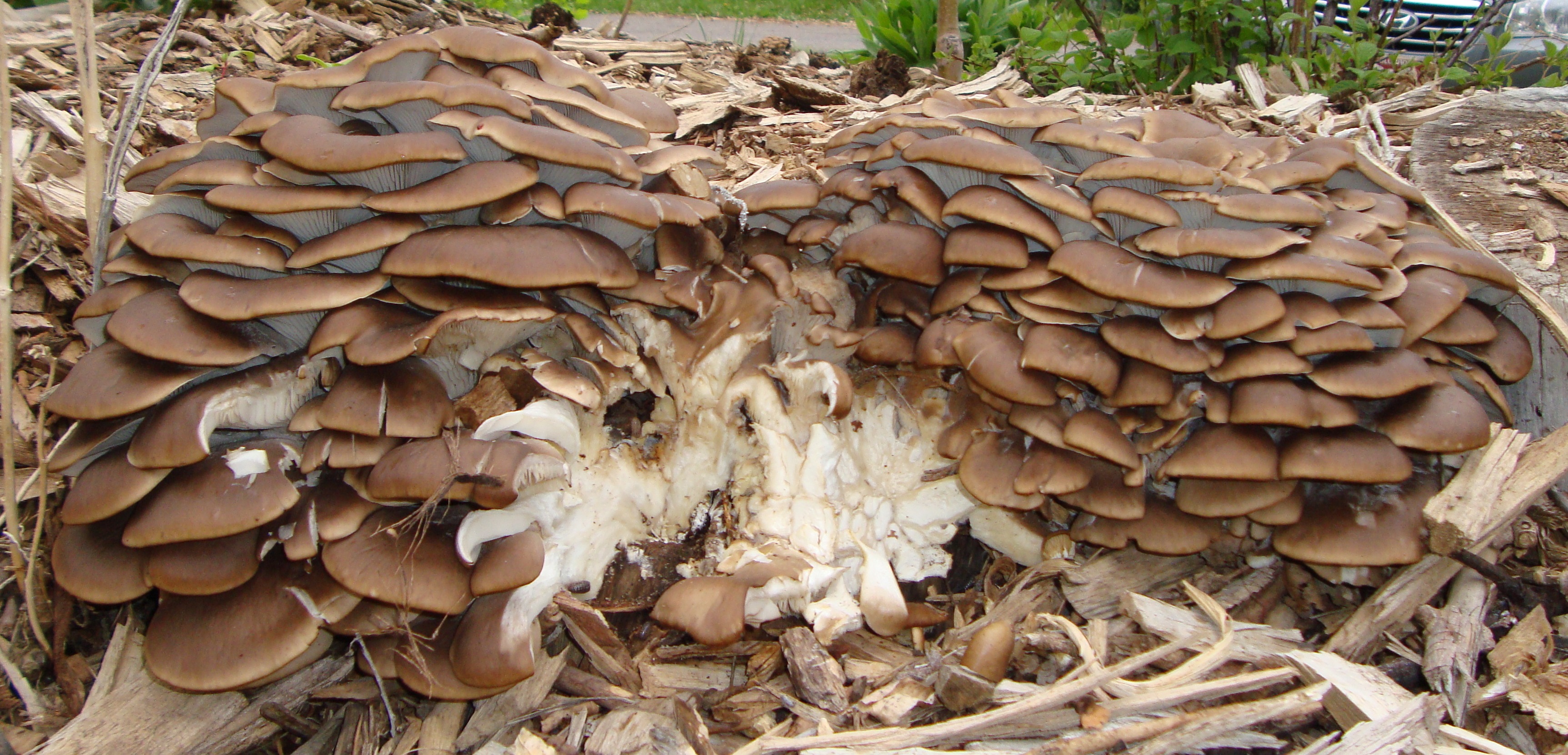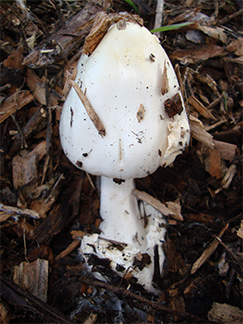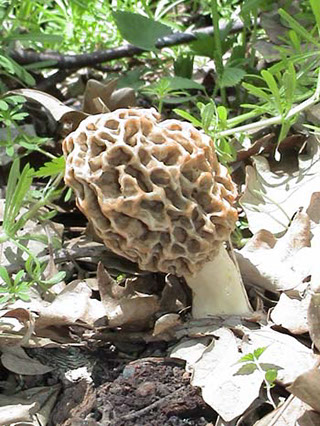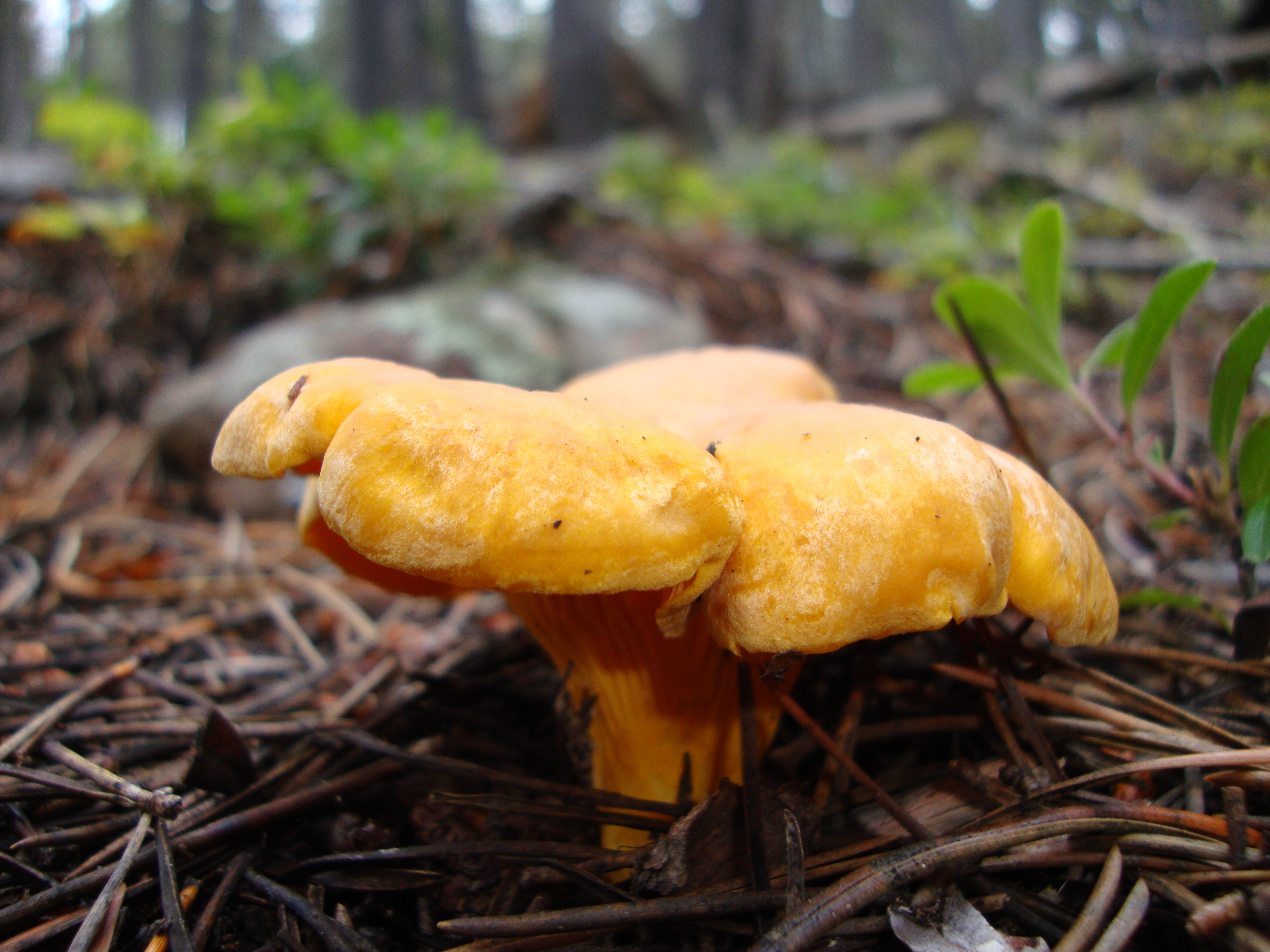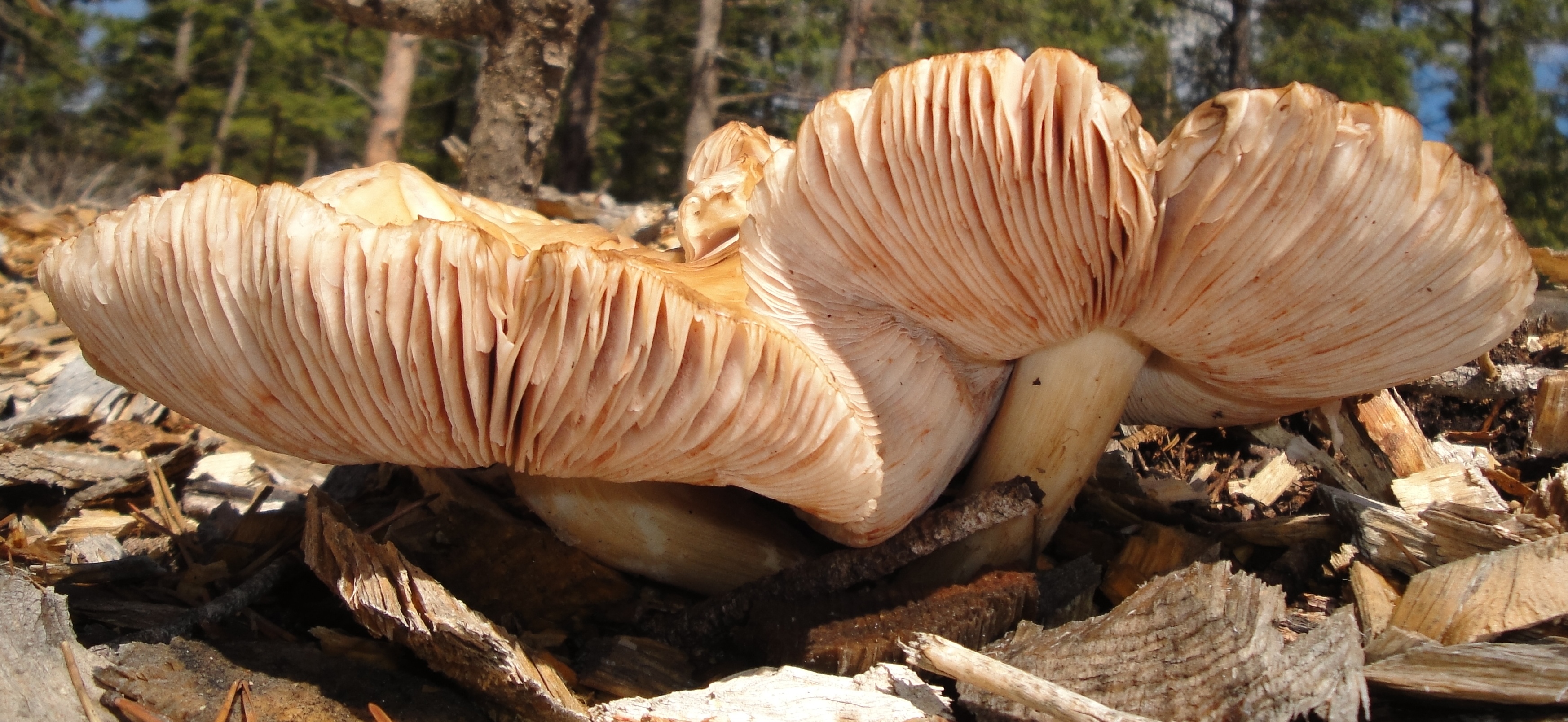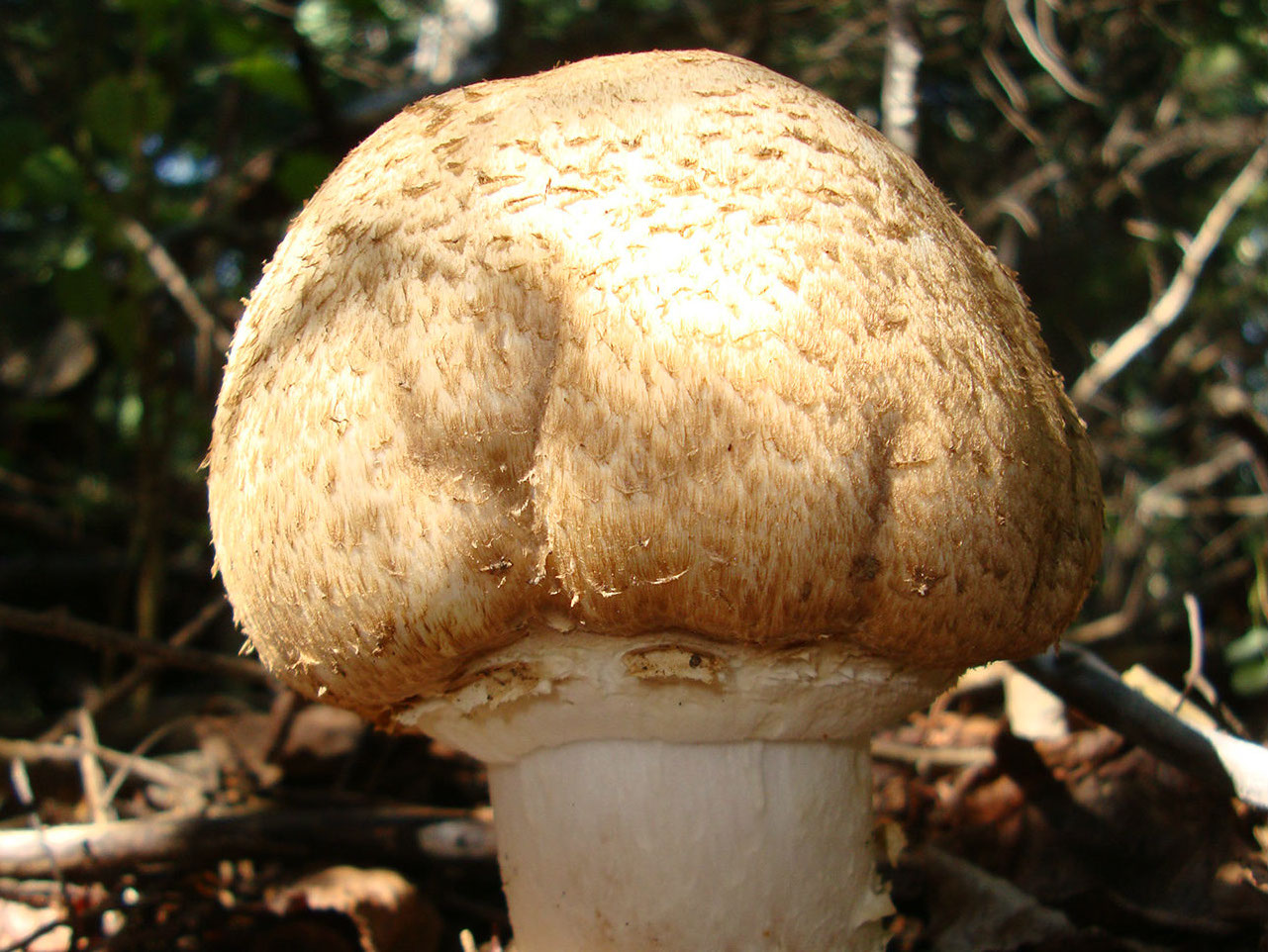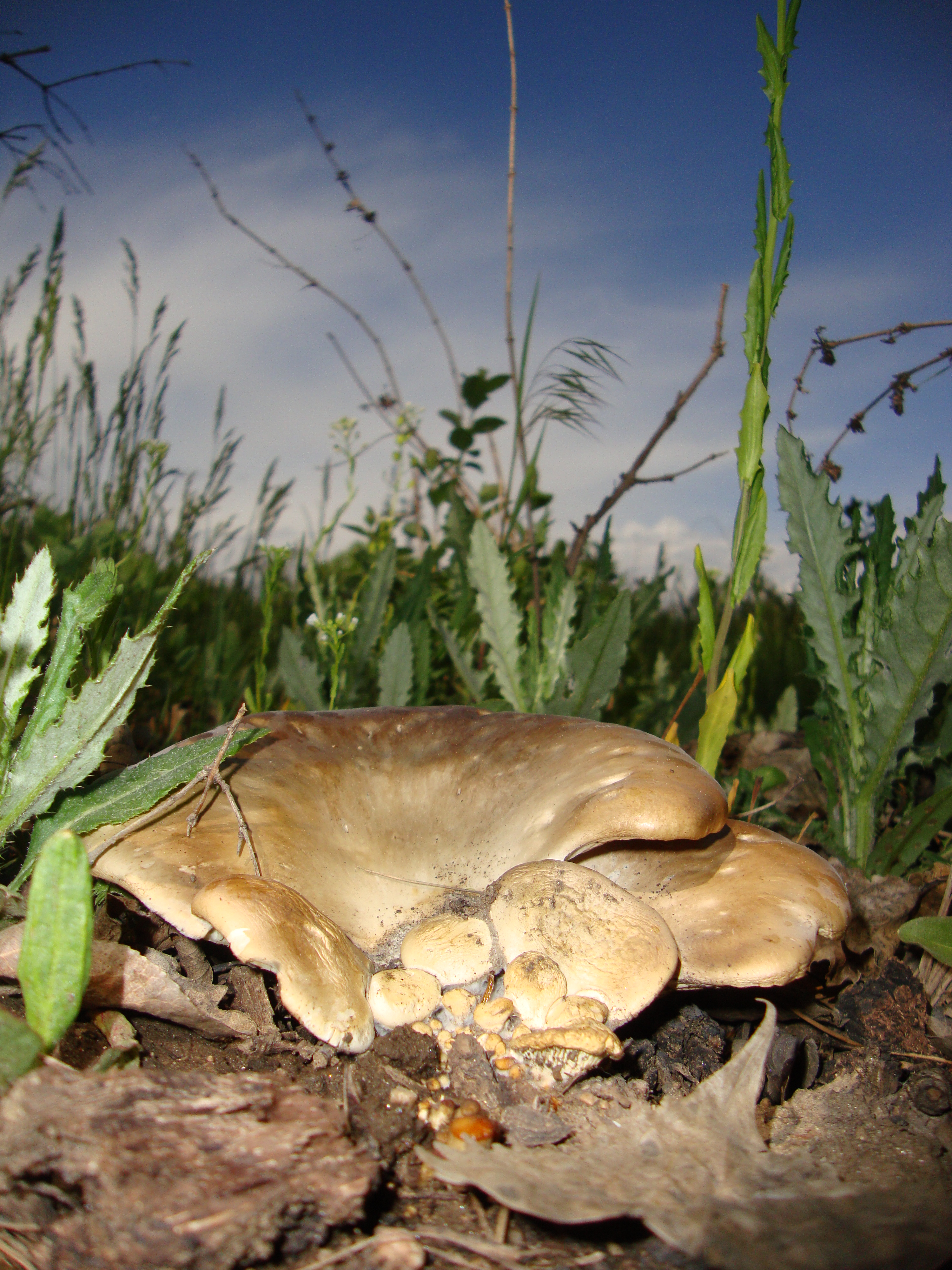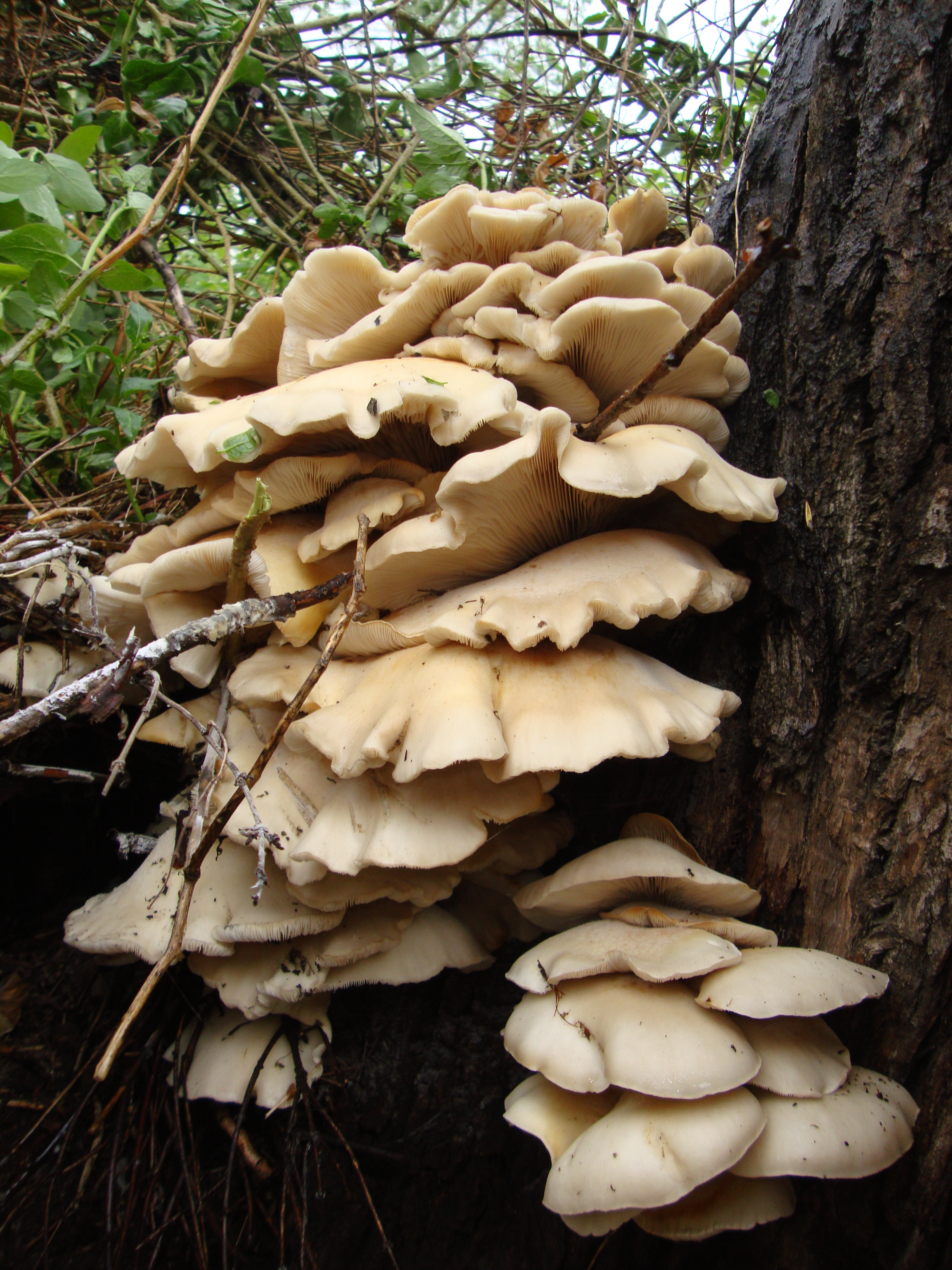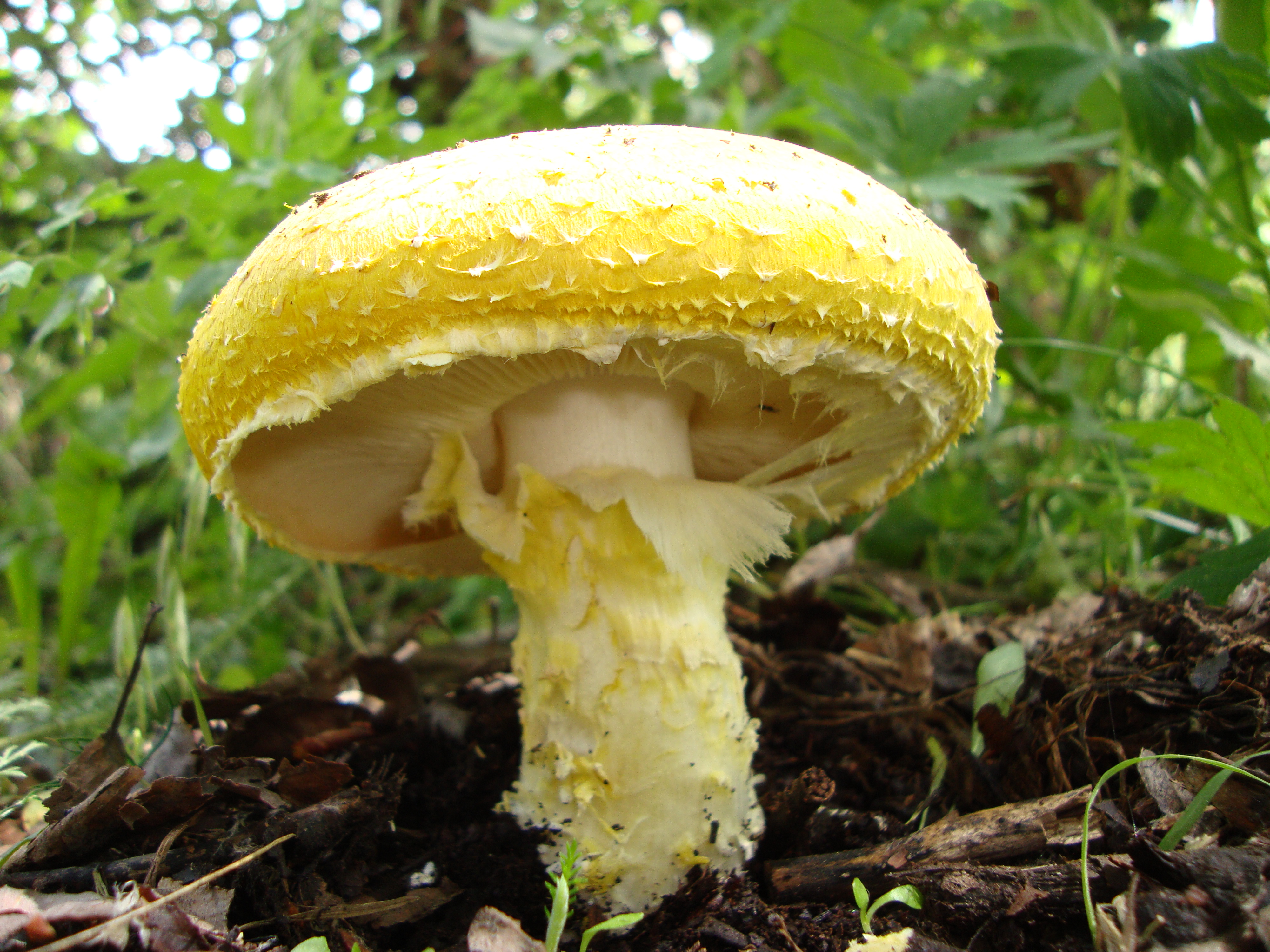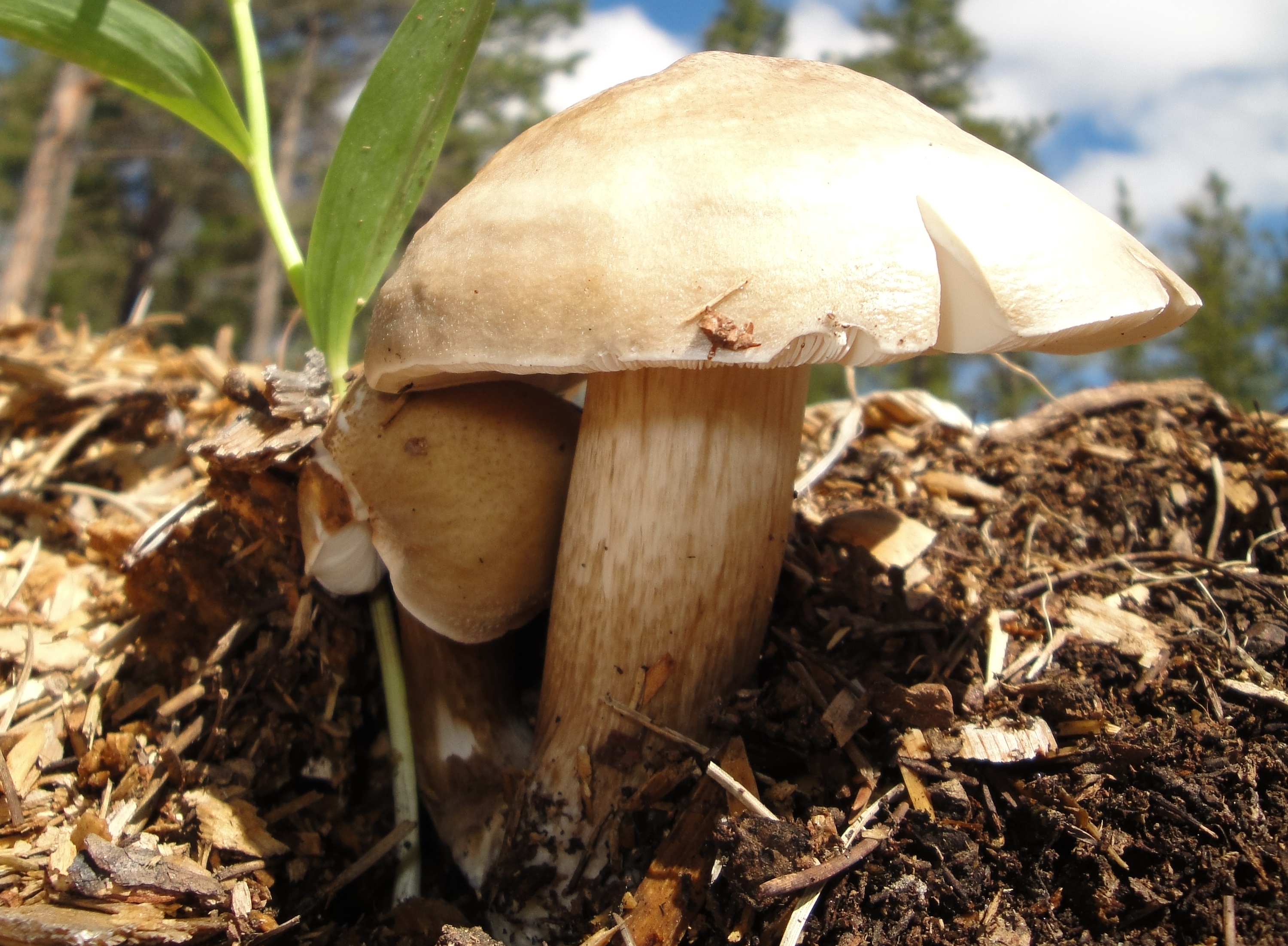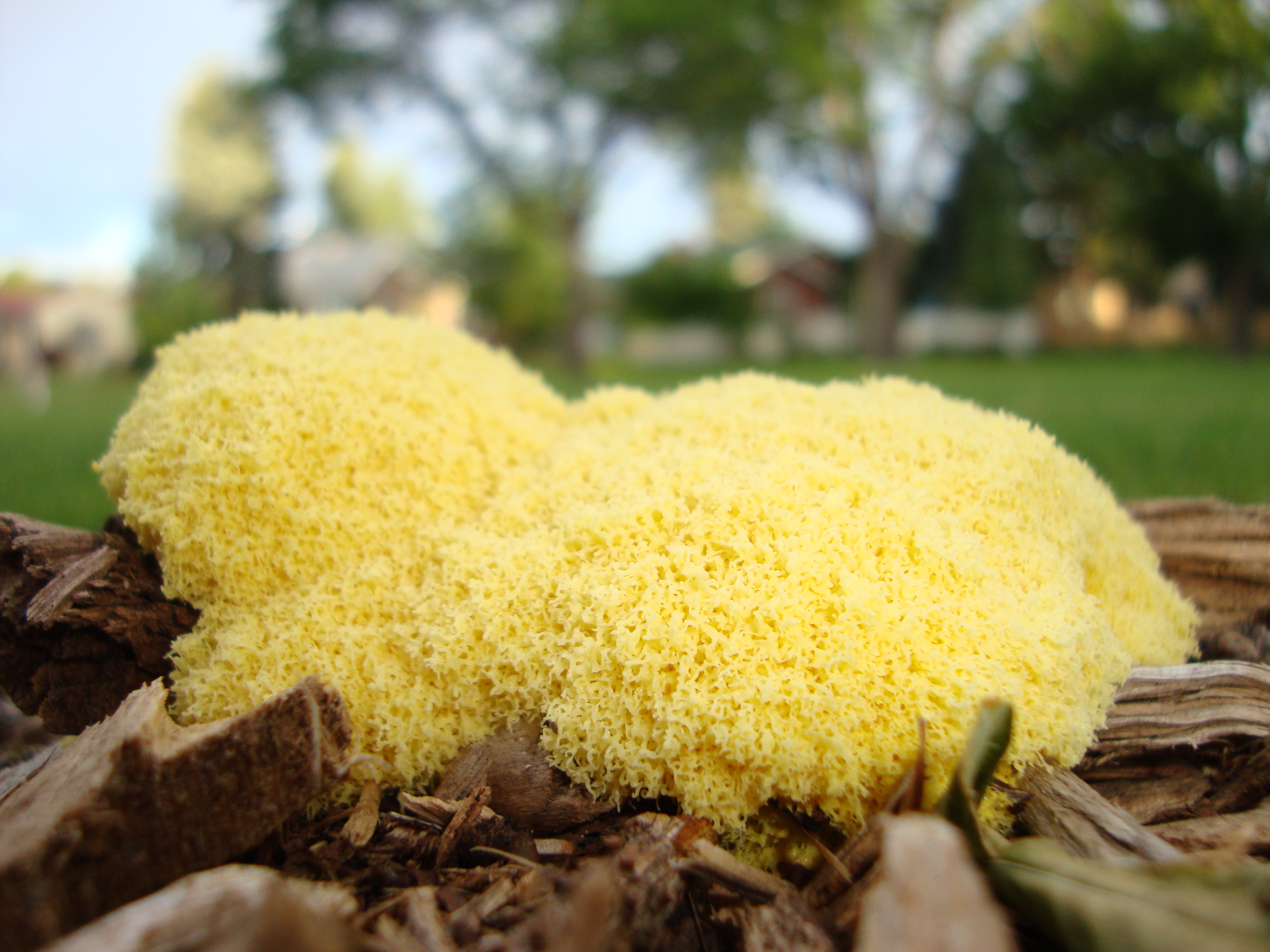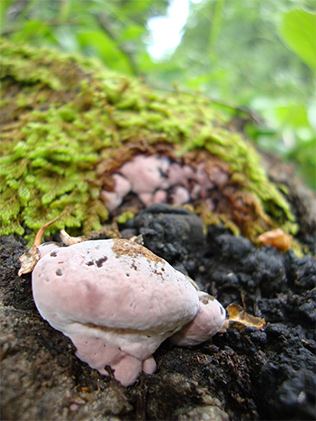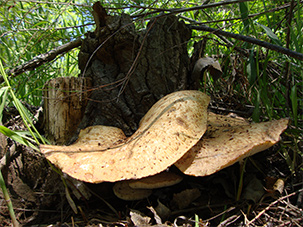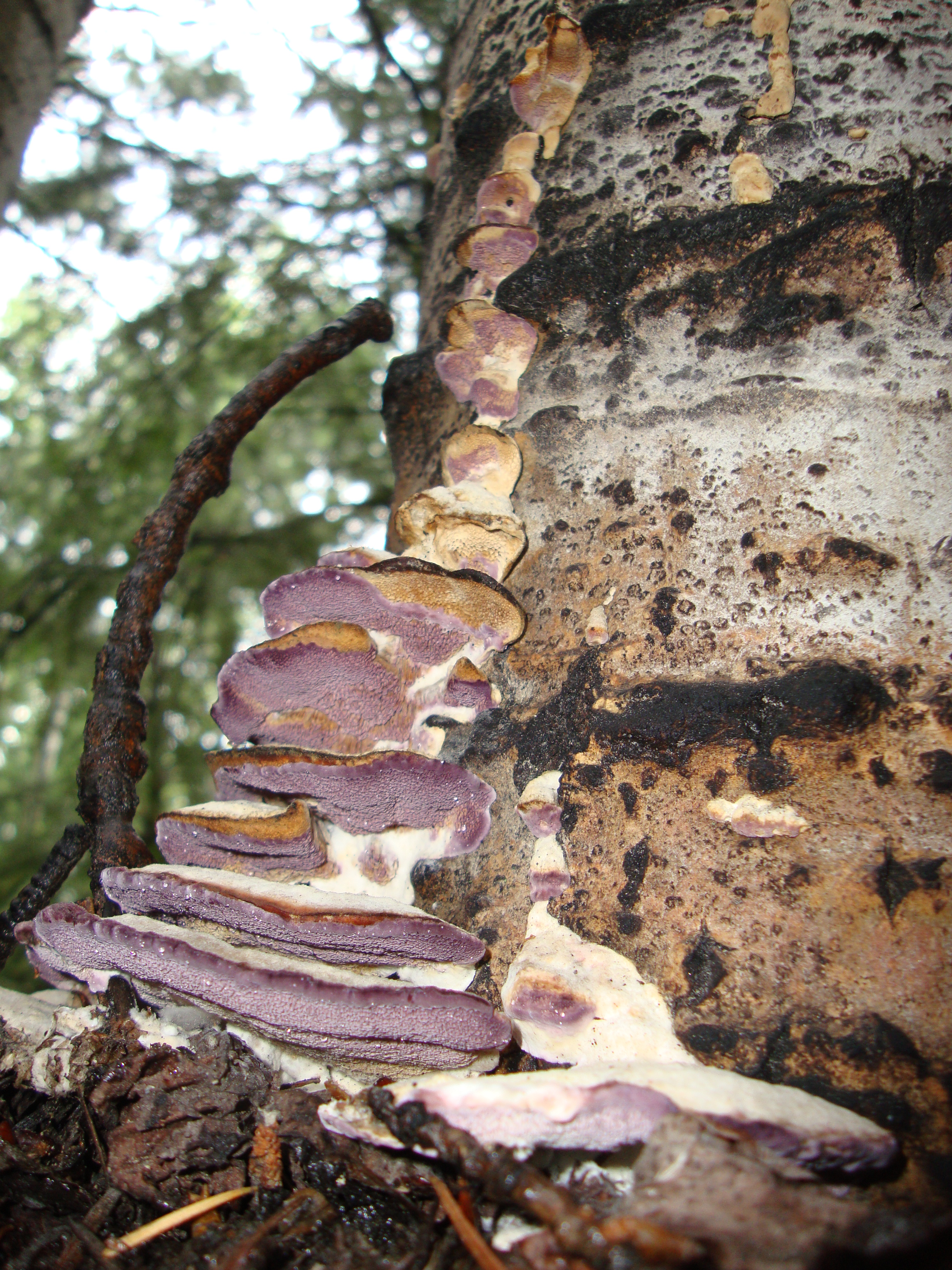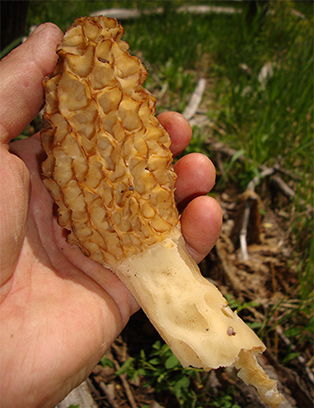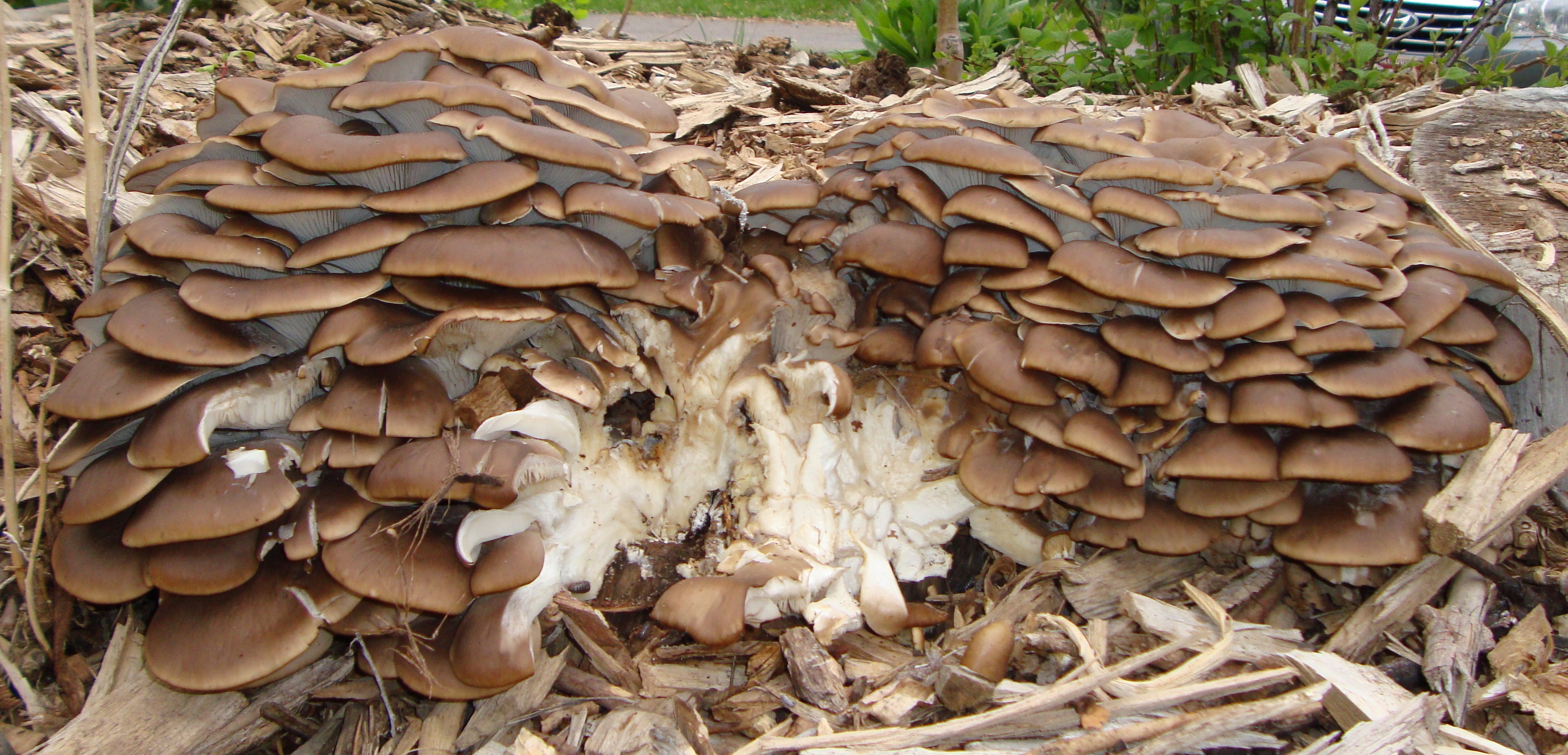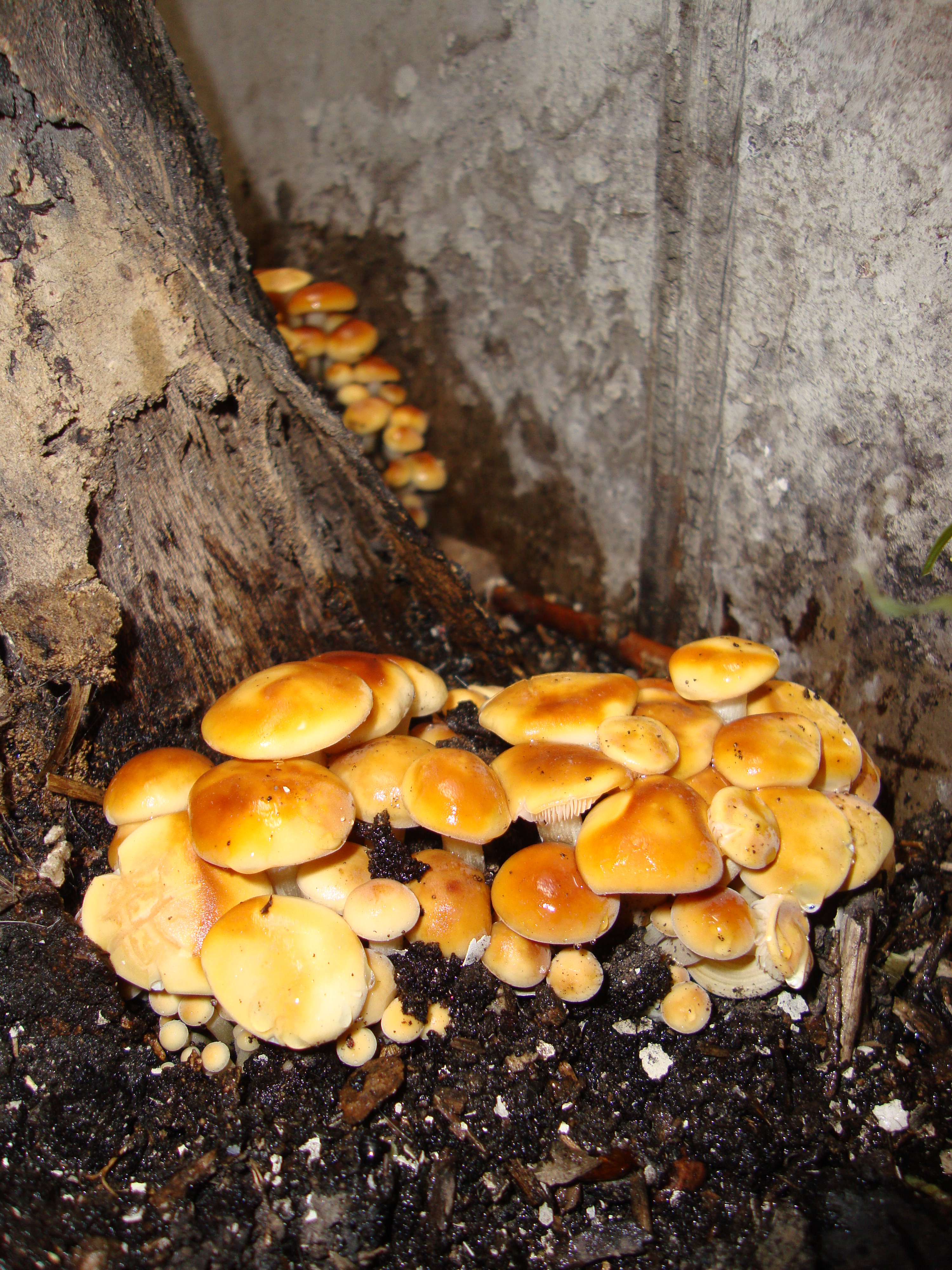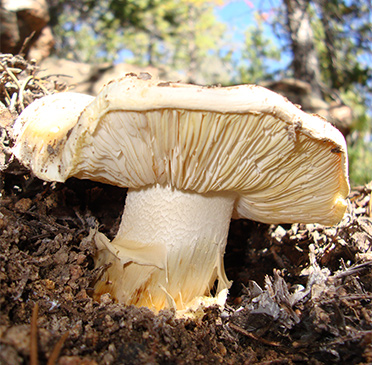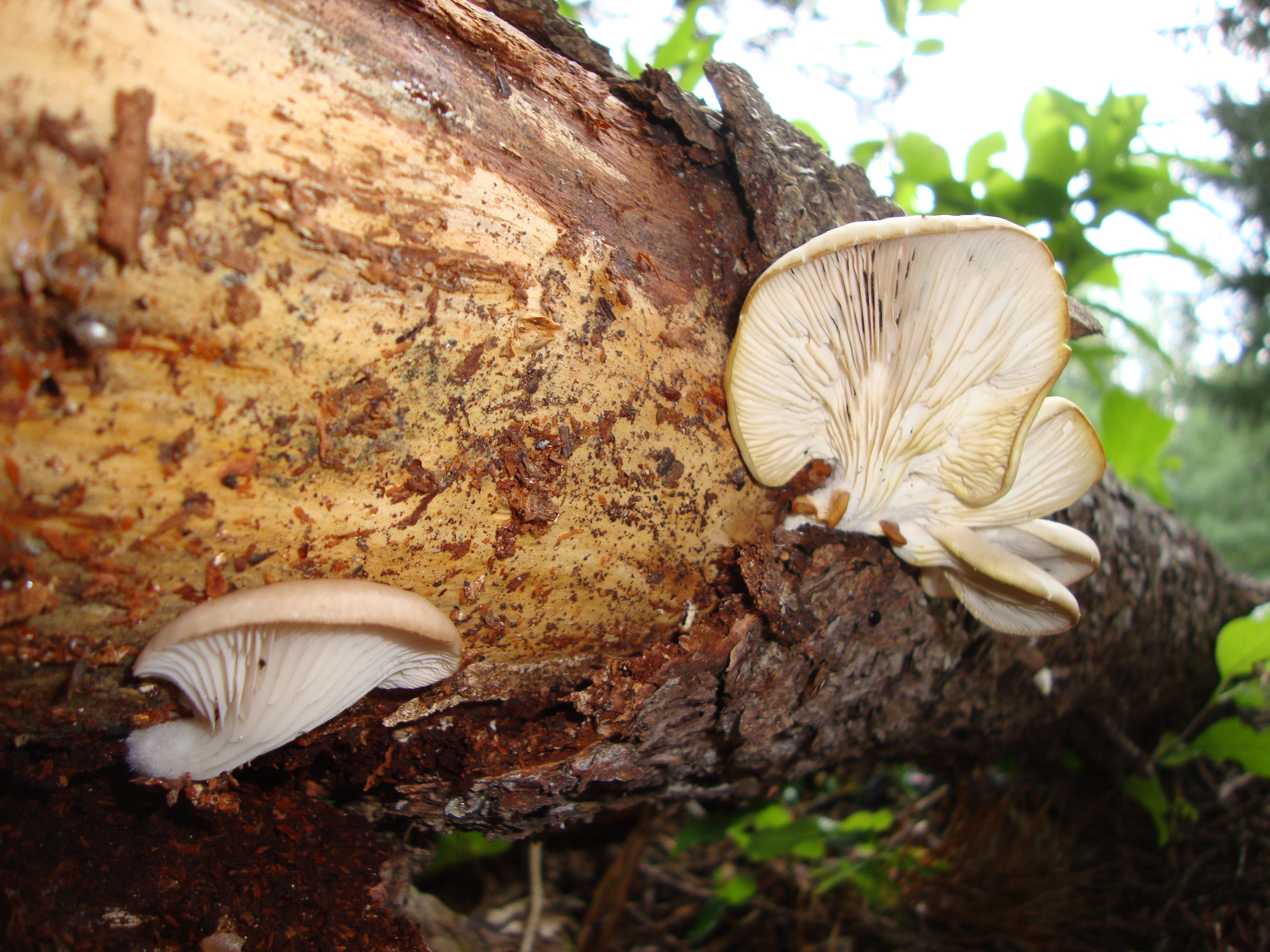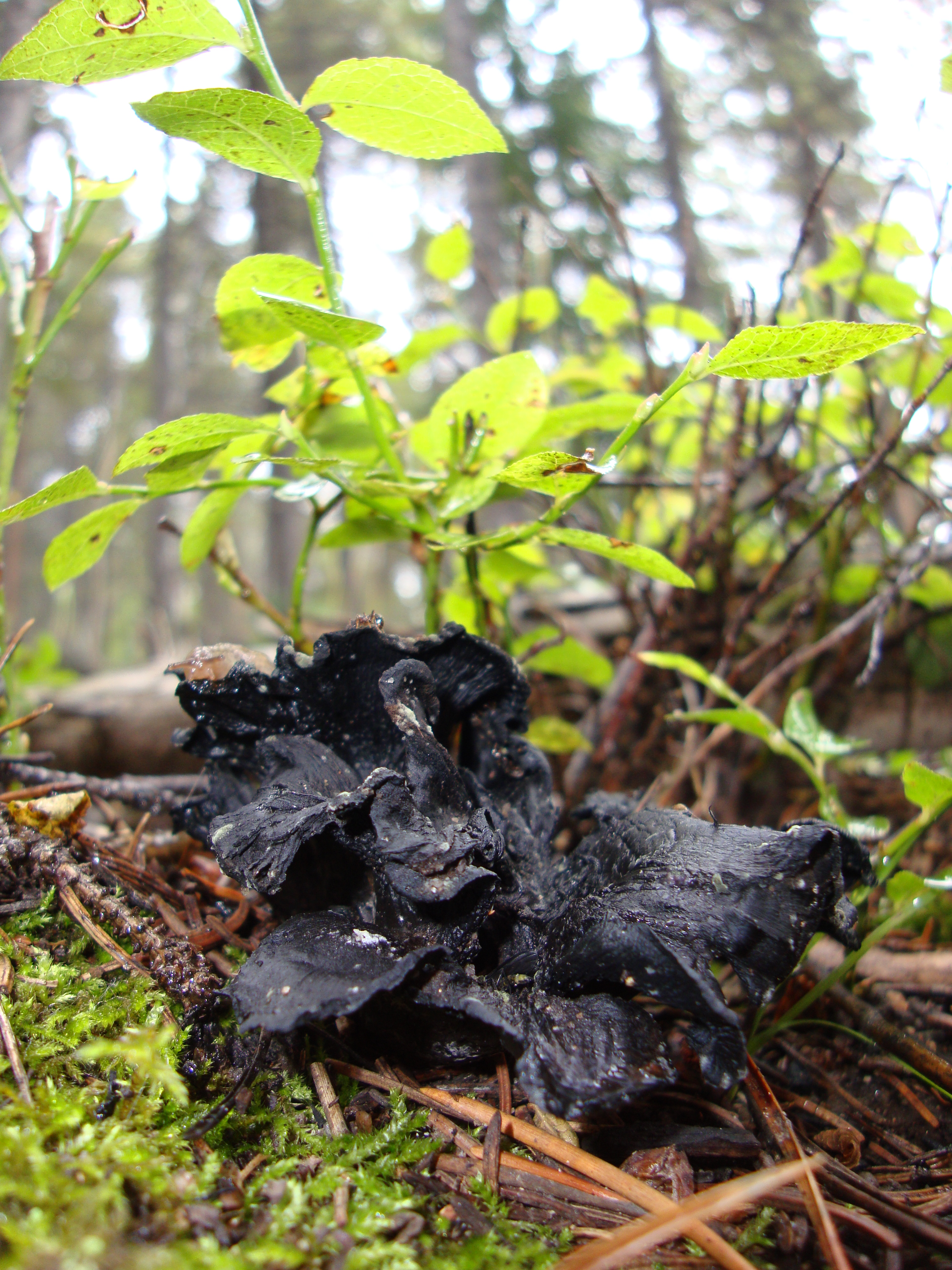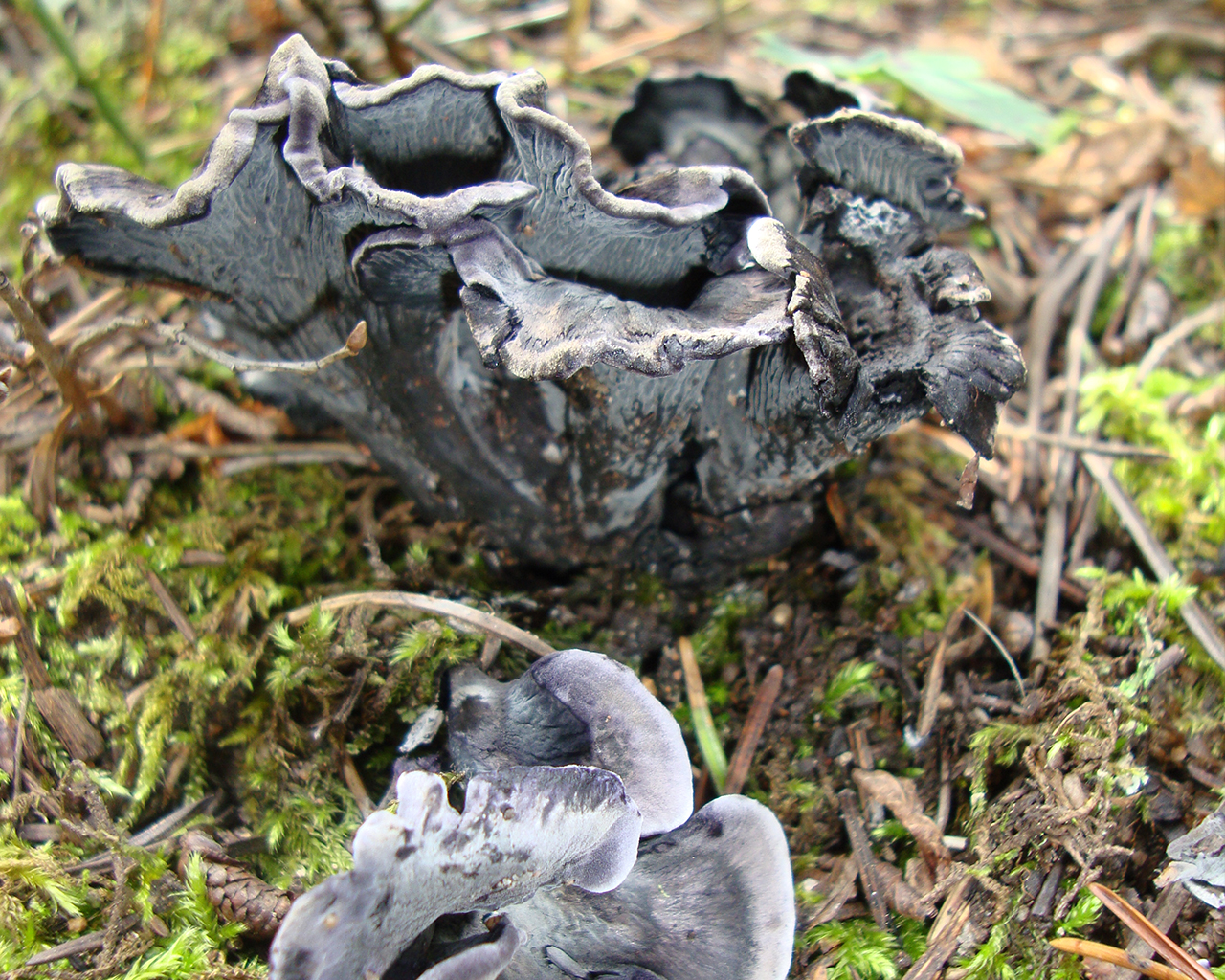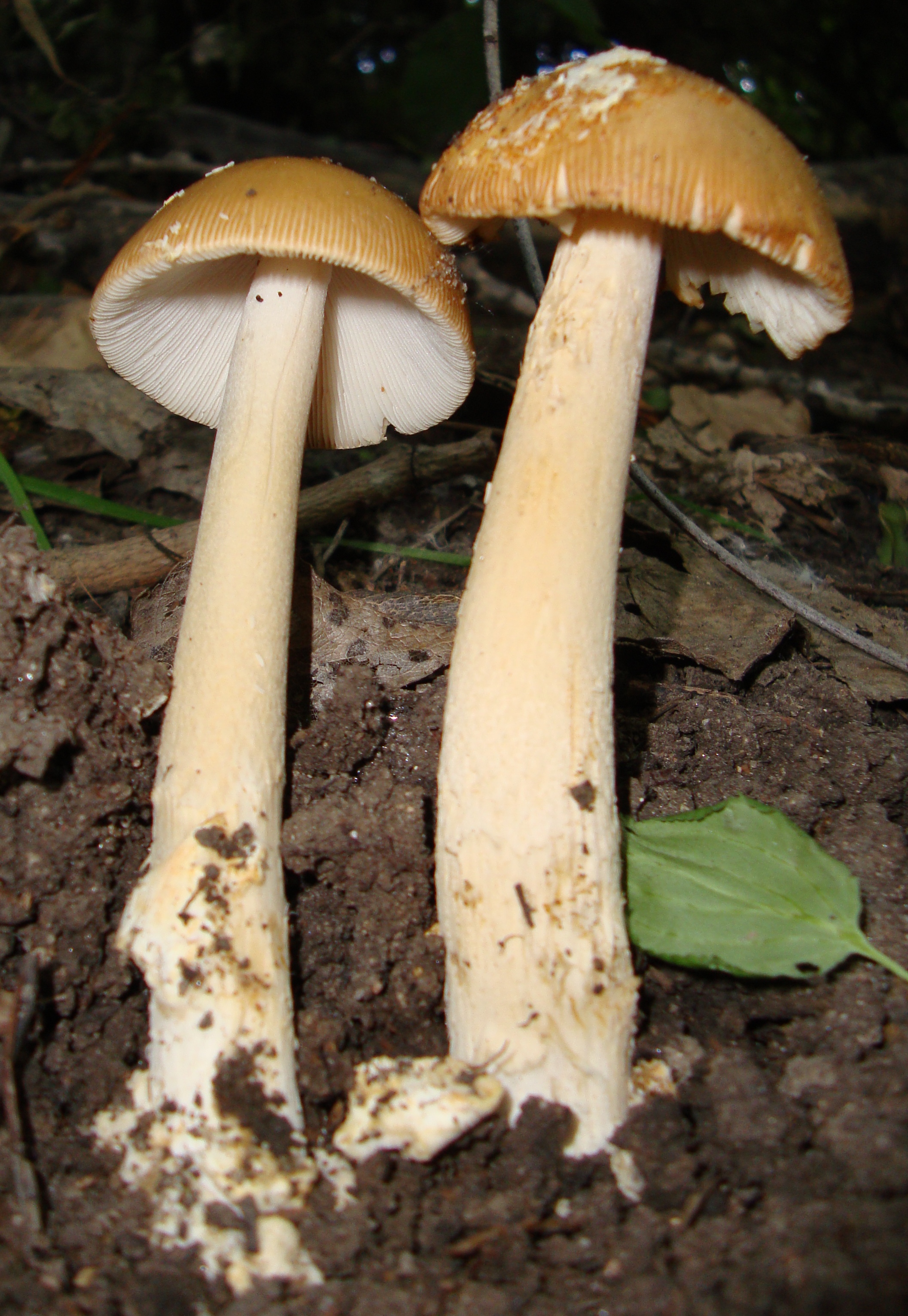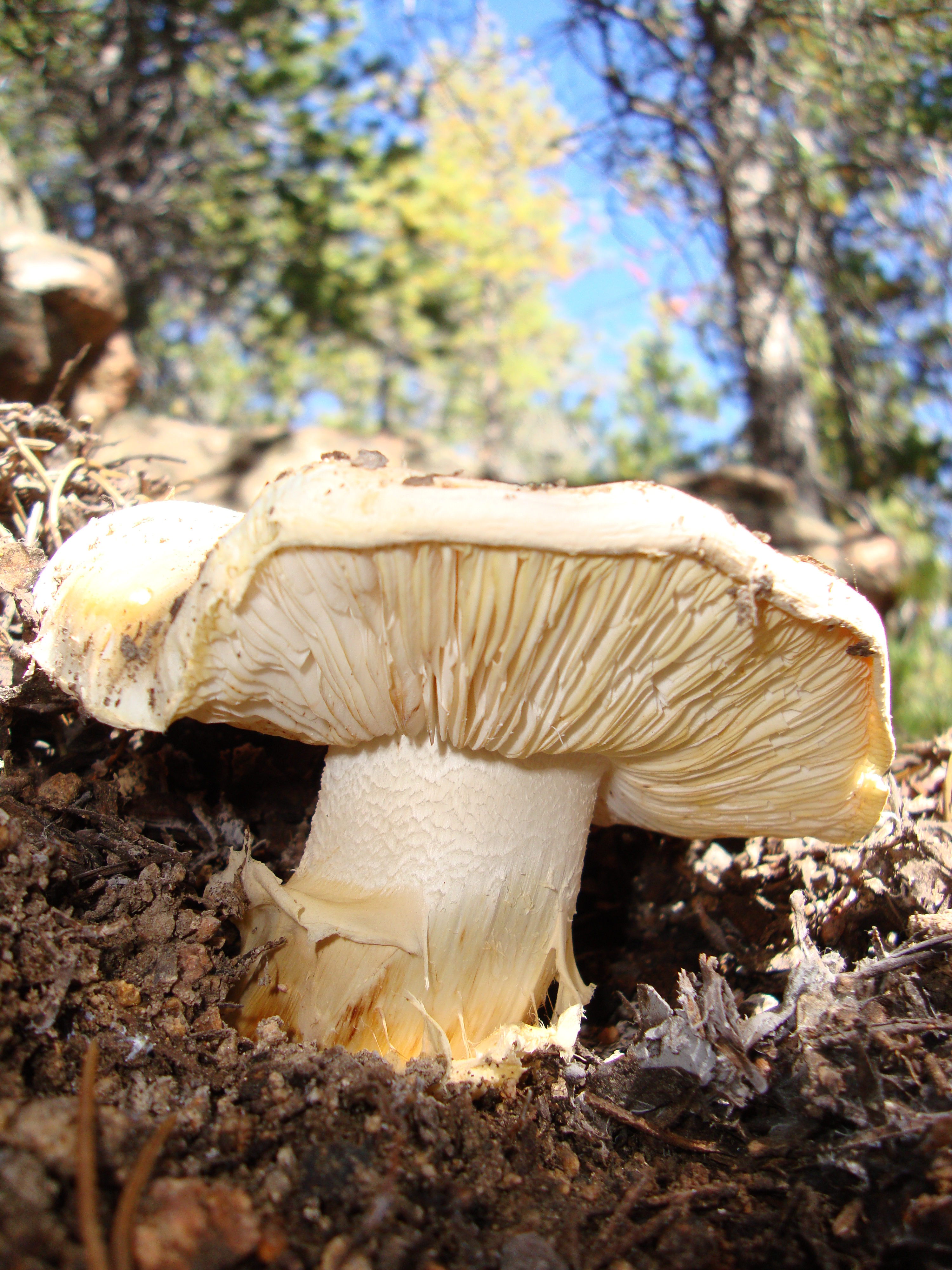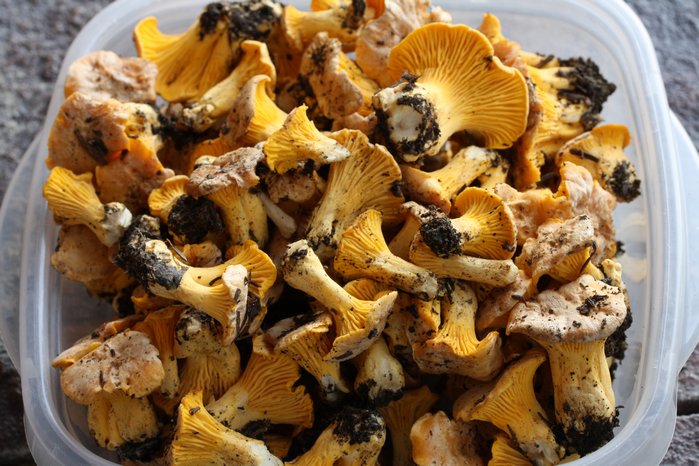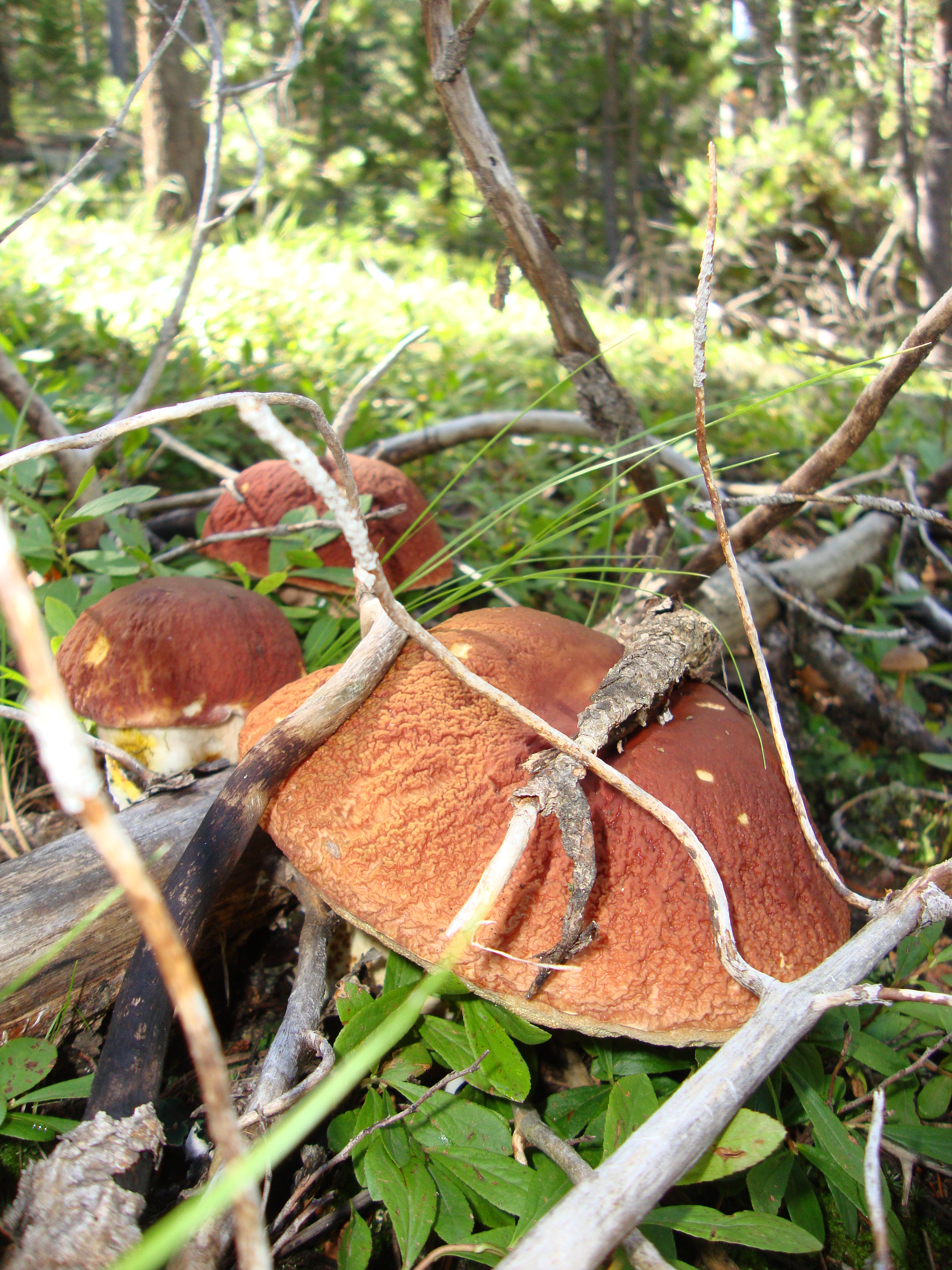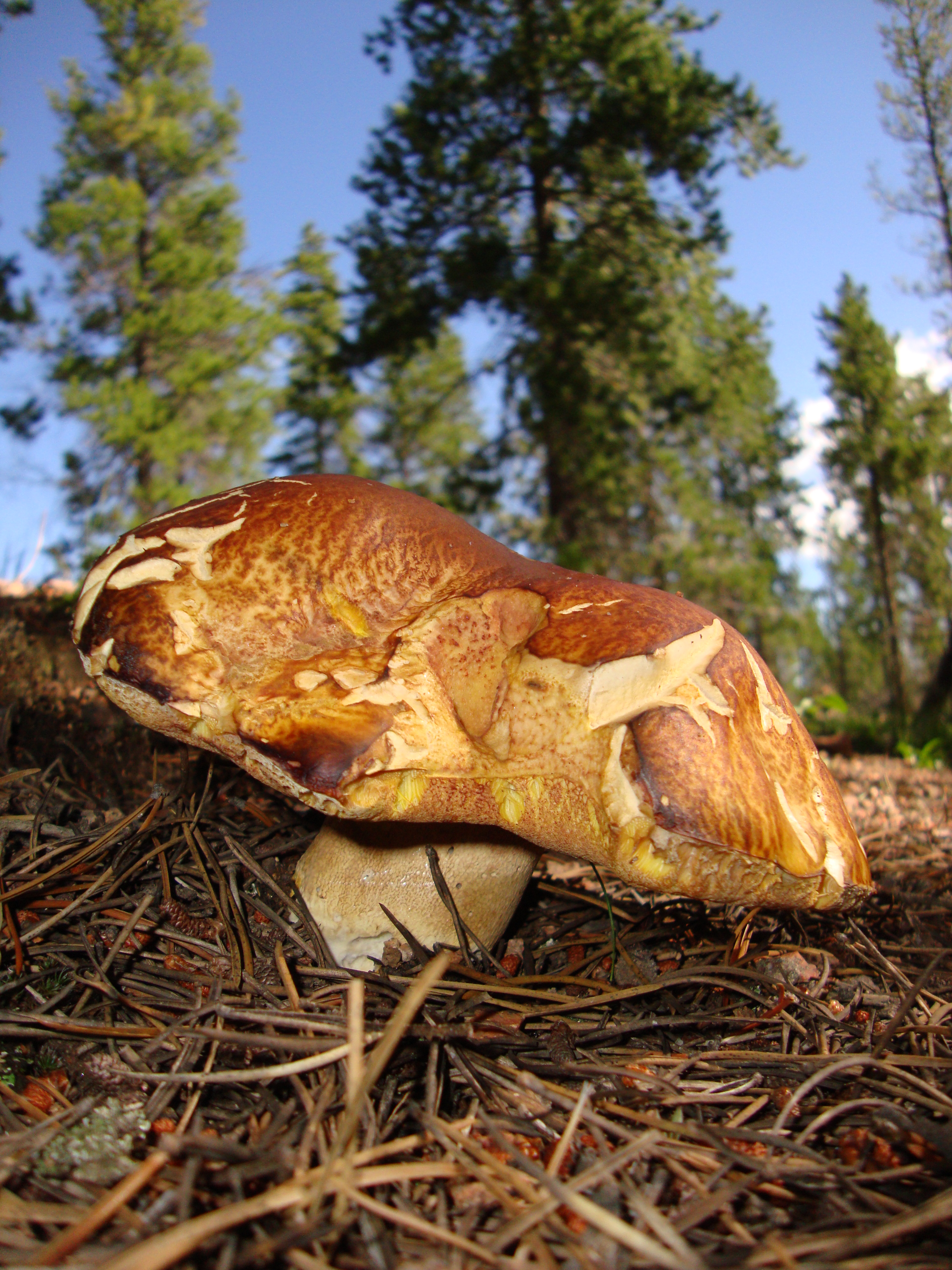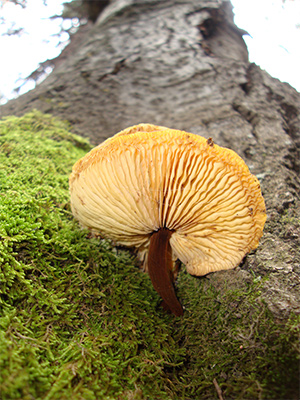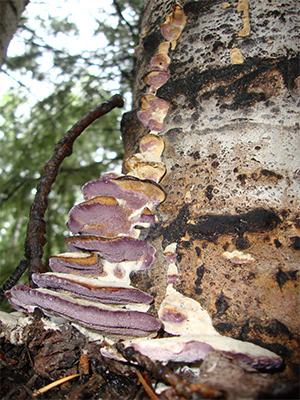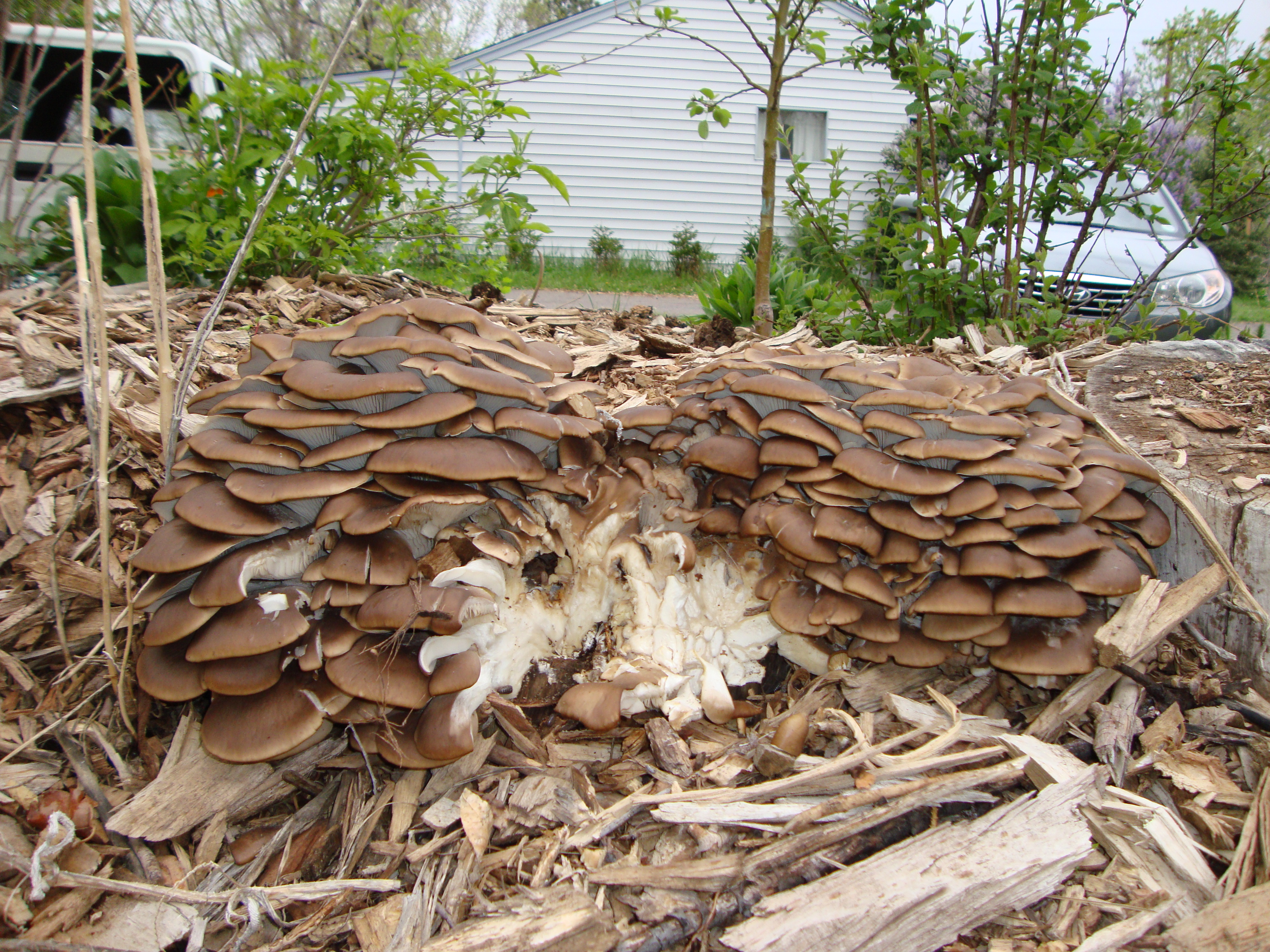What is very interesting about this is the relationship between post Colombian reforestation of the amazon and the little ice age in Europe. According to Stanford University’s geochemist Richard Nevle’s reported released in October of 2011, it looks like one of the primary causes for the Little Ice Age between 1500 and the early 1600’s was the reforestation of the amazon after most if it's population was wiped out through contact with Europeans and their diseases. The re-growing forest took so much CO2 out of the air that is actually cooled the earth to the point where it contributed significantly to the little ice age dropping world temps 2-3 degrees. Now before you confuse the issue by blaming it on sun spots or volcanism as the culprit, the CO2 that was missing was carbon 12 only, not carbon 13. Carbon 12 is used by biological organisms to the exclusion of 13. This was born out by Antarctic ice cores that had a skewed 12-13 ratio during that time period.
https://www.sciencenews.org/article/columbus-arrival-linked-carbon-dioxide-drop
If this is the case then it stands to reason (with the amount of land under propagation currently) if they were switched back from carbon producing petro-chemical-mining agriculture to carbon sequestering mycoagriculture, this would solve the problem of climate change due to global warming. Not only from the reduction of CO2 but of N2O which is 298 times the greenhouse gas that CO2 is. This is the elephant in the room that not many are talking about as Jim pointed out to me. Yet. Strangely enough, if all the propagated land was all turned back at once, we could actually cause another ice age by mining the atmosphere too heavily if the Amazon regrowth factor is any indicator!!!
Suggested Resources
- Experimental and Theoretical Investigation of Homogeneous Gaseous Reaction of CO2(g) + nH2O(g) + nNH3(g) → Products (n = 1, 2)
Zhuangjie Li * and Baoquan Zhang
Department of Chemistry and Biochemistry, California State University Fullerton, Fullerton, California 92834, United States
Publication Date (Web): August 20, 2012
- Phys. Chem. A, 2012, 116 (36), pp 8989–9000 DOI: 10.1021/jp303848h
http://pubs.acs.org/doi/abs/10.1021/jp303848h
- Soil-carbon response to warming dependent on microbial physiology
Steven D. Allison1, Matthew D. Wallenstein2 & Mark A. Bradford3
Nature Geoscience, 2010; DOI: 10.1038/ngeo846
http://www.nature.com/ngeo/journal/v3/n5/full/ngeo846.html
- Deforestation & Carbon Emission
Timothy Casey B. Sc. (Hons.)
http://deforestation.geologist-1011.net/
- Carbon dioxide fixation by wood-rotting fungi.
Schinner, F. and Concin, R. (1981),
European Journal of Forest Pathology, 11: 120–123. doi: 10.1111/j.1439-0329.1981.tb00077.x
http://onlinelibrary.wiley.com/doi/10.1111/j.1439-0329.1981.tb00077.x/abstract
- New roles for CO2 in the microbial metabolism of aliphatic epoxides and ketones
- A. Ensign, Frederick J. Small, Jeffrey R. Allen, Miriam K. Sluis
February 1998, Volume 169, Issue 3, pp 179-187
http://link.springer.com/article/10.1007%2Fs002030050558
- Heterotrophic Fixation of CO2 in Soil
- Šantrůčková, M. I. Bird, D. Elhottová, J. Novák, T. Picek, M. Šimek, R. Tykva
Microbial Ecology February 2005, Volume 49, Issue 2, pp 218-225 Date: 17 Feb 2005
http://link.springer.com/article/10.1007%2Fs00248-004-0164-x
- Insights into Belowground Processes from Carbon and Nitrogen Isotopes
American Geophysical Union, Fall Meeting 2005, abstract #B13B-07 12/2005
http://adsabs.harvard.edu/abs/2005AGUFM.B13B..07H
- Nitrogen alters carbon dynamics during early succession in boreal forest
Steven D. Allison a,b,*, Tracy B. Gartner c,d, Michelle C. Mack e, Krista McGuire f, Kathleen Treseder a
Soil Biology & Biochemistry 42 (2010) 1157e1164 doi:10.1016/j.soilbio.2010.03.026
http://www.lter.uaf.edu/pdf/1508_Allison_Gartner_2010.pdf
- Summary of Organic Acid Production from Microorganisms
Colum Downey, Terry O’ Neill BT4
http://www.dcu.ie/~oshead/BE401/lectures/pres4381fa093185c.pdf
- Fumaric acid production by fermentation
Carol A. Roa Engel, Adrie J. J. Straathof,Tiemen W. Zijlmans, Walter M. van Gulik, and Luuk A. M. van der Wielen
Appl Microbiol Biotechnol. Mar 2008; 78(3): 379–389.
Published online Jan 24, 2008. doi: 10.1007/s00253-007-1341-x
http://www.ncbi.nlm.nih.gov/pmc/articles/PMC2243254/
N Ladygina, EG Dedyukhina, MB Vainshtein - Process Biochemistry, 2006 - Elsevier
- Bioflavours and fragrances via fungi and their enzymes.
Vandamme, E.J. (2003). Fungal Diversity 13: 153-166.
http://www.fungaldiversity.org/fdp/sfdp/FD13-153-166.pdf
- Sponges with covalently tethered amines for high-efficiency carbon capture.
Genggeng Qi, Liling Fu, Emmanuel P. Giannelis. Nature Communications, 2014; 5: 5796 DOI: 10.1038/ncomms6796
http://www.nature.com/ncomms/2014/141212/ncomms6796/full/ncomms6796.html
http://www.sciencedaily.com/releases/2014/12/141216123825.htm
http://www.sciencedaily.com/releases/2010/03/100324141953.htm
Bio-Mineralization
2007 Geomicrobiology Journal Euan P. Burforda, Stephen Hillierb & Geoffrey M. Gadda
Eric P. Verrecchia, Jean-Louis Dumont and Karin E. Verrecchia
Centre de Geomorphologie du C.N.R.S., Laboratoire de Petrologie Sedimentaire Continentale, Caen, France
1Department of Earth Sciences, University of Manchester, Manchester M13 9PL, UK (e‐mail: david.manning@man.ac.uk)
Front Microbiol. 2013; 4: 314.
Carbon Negative Agriculture as related to mycelium; Soil used to contain up to 20% carbon (prior to the plow and goat), .5-5% today according to the Biochar book. Mycelium is responsible for up to 70% of the labile carbon in the soil THAT IT STILL EXISTS IN. The soil by itself will not save us but what is in it (or is not) will. The current mainstream petro/chemical/mining agriculture that is practiced is not mycelium/soil microflora friendly to put it mildly. If mycelium were used to grow our crops ("Mushrooms are natures farmers" my quote related to one of their many rolls in nature) we could pull carbon out of the air where it is a pollutant (killer) and sequester it back in the ground, where it used to be, where it is a benefit (life giver).
- CO2 emissions from biomass combustion for bioenergy: atmospheric decay and contribution to global warming.
Francesco Cherubini, Glen P. Peters, Terje Berntsen, Anders H. Strømman, Edgar Hertwich.
GCB Bioenergy, 2011; DOI: 10.1111/j.1757-1707.2011.01102.x
http://onlinelibrary.wiley.com/doi/10.1111/j.1757-1707.2011.01102.x/abstract
- Long-Term Effects of Cover Crops on Crop Yields, Soil Organic Carbon Stocks and Sequestration.
Kenneth Olson, Stephen A. Ebelhar, James M. Lang.
Open Journal of Soil Science, 2014; 04 (08): 284 DOI: 10.4236/ojss.2014.48030
- Substantial nitrogen acquisition by arbuscular mycorrhizal fungi from organic material has implications for N cycling.
Hodge et al. Proceedings of the National Academy of Sciences, 2010;
Here is a rough formula (which will need to be ultimately turned into an algorithm)
If 163,696 sq miles (land mass of California) of arable land can sequester enough CO2 to drop the world temperature 2-3 degrees F over 150 years at a concentration of 280 ppm, how many years would it take 5,332,860 sq miles (current amount of land under agriculture) to accomplish the same results at a concentration of 400 ppm?? If the worlds temps dropped 2 degrees, this would put it back to around the same as it was in 1850, before this problem became a problem.
(Area ÷ ppm)(Time)=Temperature Drop
(163,696mi² ÷ 280ppm CO² ÷ 150 yrs) = 2-3 Fº Temp Drop = (5,332,860mi² ÷ 400ppm CO²)(X yrs)
(163,696mi² ÷ 280ppm CO² ÷ 150 yrs) ÷ (5,332,860mi² ÷ 400ppm CO²)= X yrs
X yrs = 6.58 yrs to achieve the 2-3 temperature drop with an increase in the carbon sink area by 3258% with a 43% increase in CO² ppm concentration (280ppm up to 400ppm)
Answer: 6.58 years
This is a “round” figure and needs more factors that have not been incorporated into this simplistic formula. It is also not realistic for this to happen on this time line but 20-30 years (well within your lifetime) this is completely feasible (and necessary).
As I am delving into this topic with Jim, we are finding that this problem is reminding us of how paleontological “bone” problems are solved. In paleontology, when you find bones, they tell a story. In general they are not in any particular order, jumbled bones that had been disturbed by predators and further distributed by weather. This is called disarticulation. On the other hand, on occasion, the bones are in place where the animal died or articulated. When you find an articulated skeleton, you can tell what the creature was right away, the relationship of the bones is unequitable. In the case of the information underpinning the CAN concept, a lot of the supporting information is disarticulated and we have simply articulated it so that it is all mutually supporting (like what your skeleton does for your body). The other thing that we have observed is that this disarticulated mycological skeleton is also missing the skull for the most part. Now, in this paleontological analogy, if you are missing the skull of an animal and only have the rest of the skeleton, you can tell a lot about what you have but much of the purpose of that creature is expressed in the skull. On the other hand, if you find only the skull, you can figure out a lot about the creature vs just having the body bones. In this analogy we have articulated the body parts (the existing scientific and academic papers) and discovered the skull that operates the body. In laymen’s terms, “mycelium is the keystone organism in the rhizosphere” (Jim bell quote). It intelligently manipulates and regulates the environment for the benefit of itself and the other organisms in the ecosystem.
At this point this not a question of what to do but how quickly this can be accomplished. These are the basics, there is a steep uphill learning curve from here. More like a steep spiral down the rabbit hole into The Matrix to be succinct ;>) What I am developing over all is the use of mycelium as a tool, taking the mystery out of mycelium and putting its application into the hands of the average person. To this end, the next installment will be focused on the concept of Personal Carbon and the training of mycelium for use as a tool (and the other loose ends in this paper too). How each individual can own a sustainable piece of the future by utilizing mycelium to mine the air of CO2 and N2O for produce, pleasure and profit!! The powers that be don’t seem to be inclined to deal with this problem in a timely manner so it’s up to you and me. Shut your pie hole, open your ears/eyes and roll up your sleeves with us!!!
Remember, in the land of the blind, the man with one eye is king.

